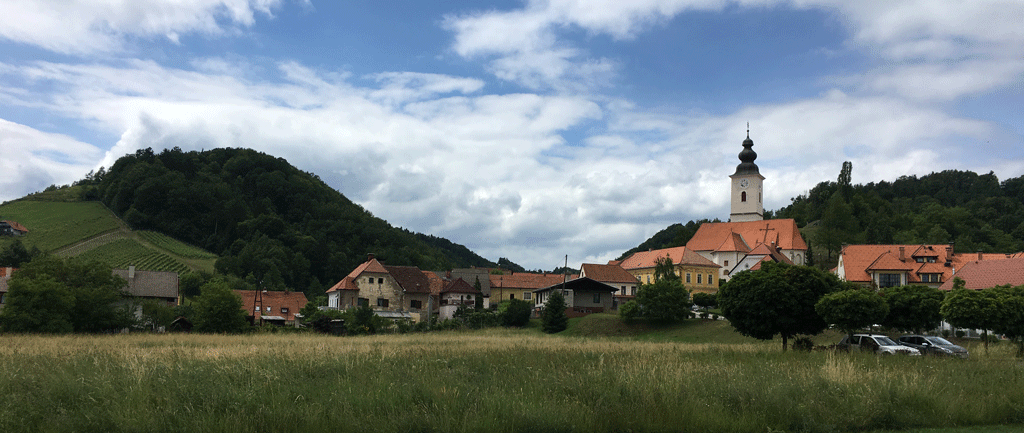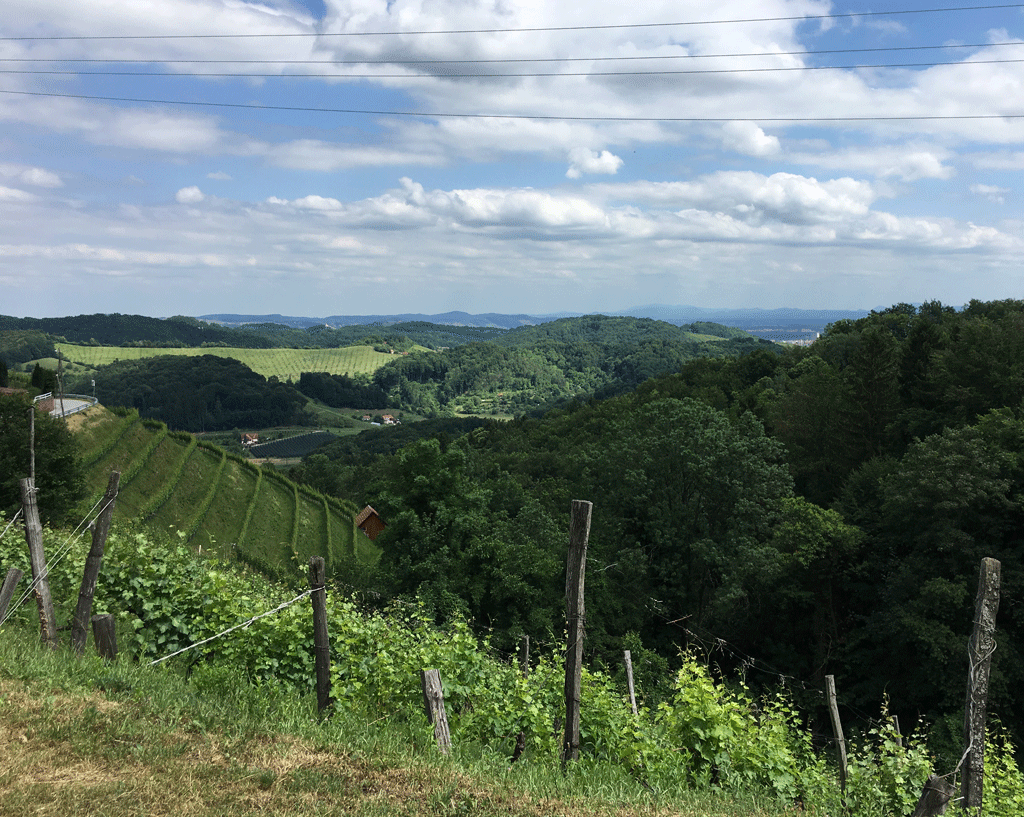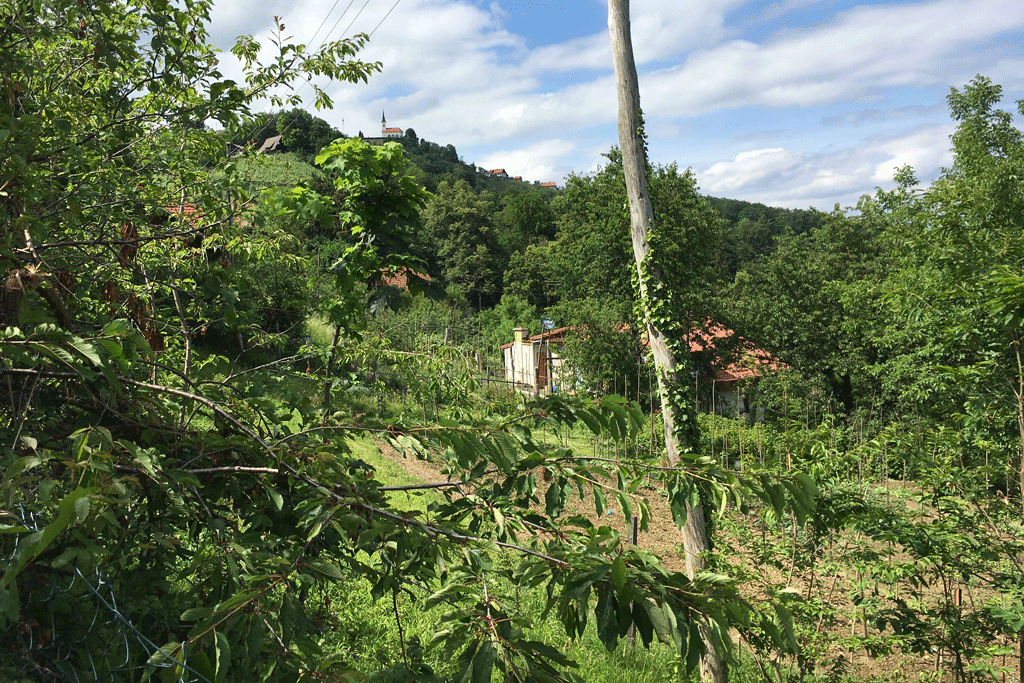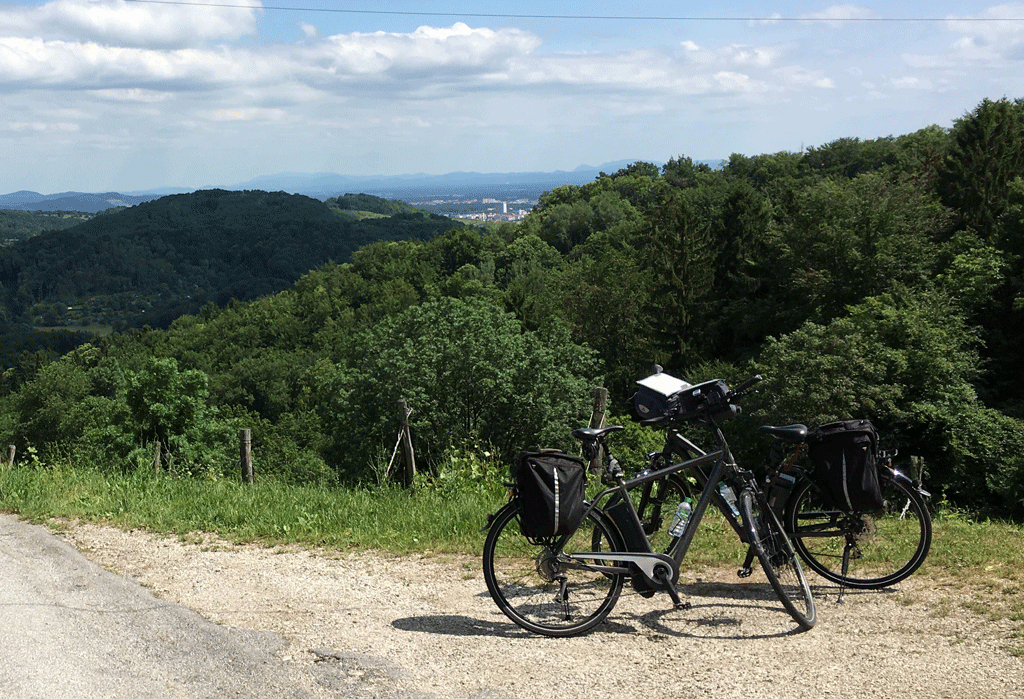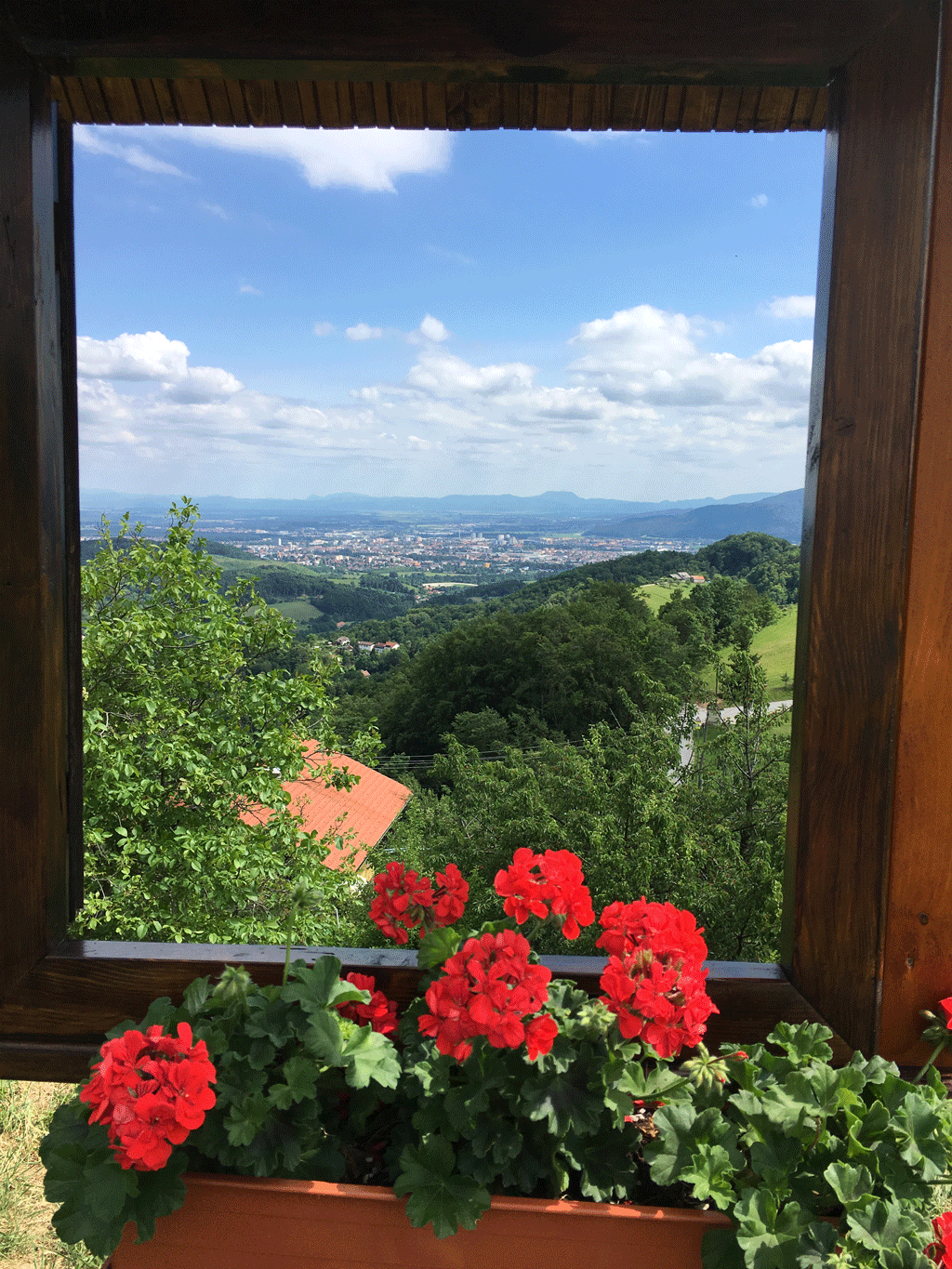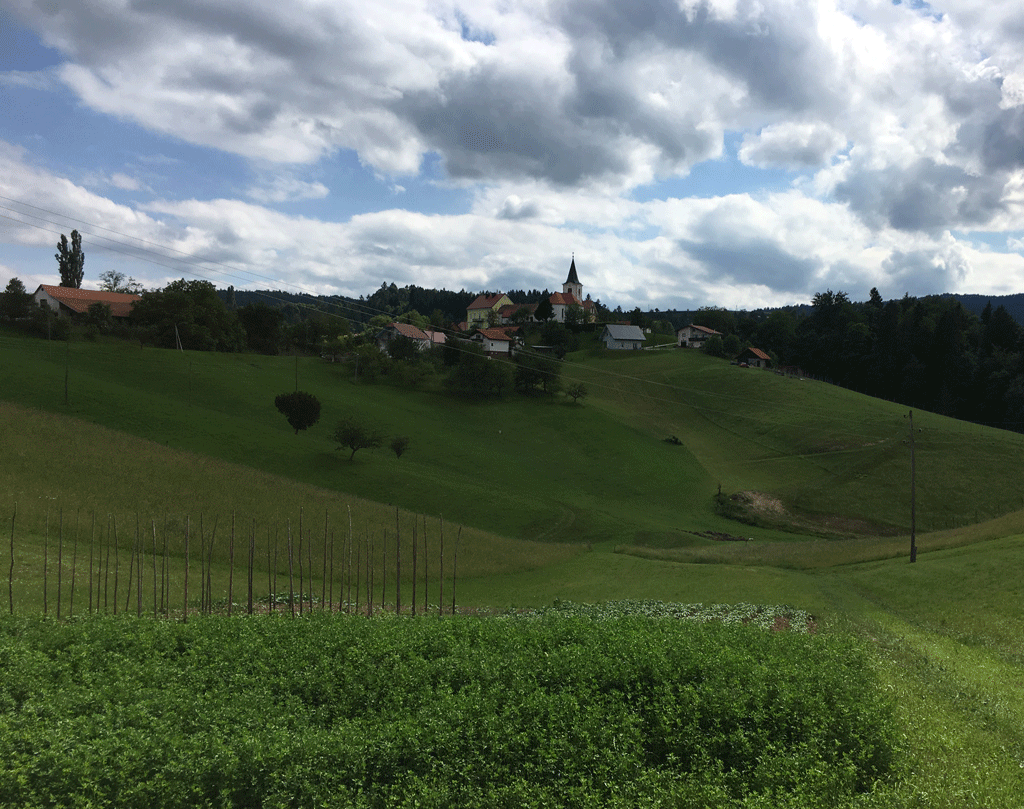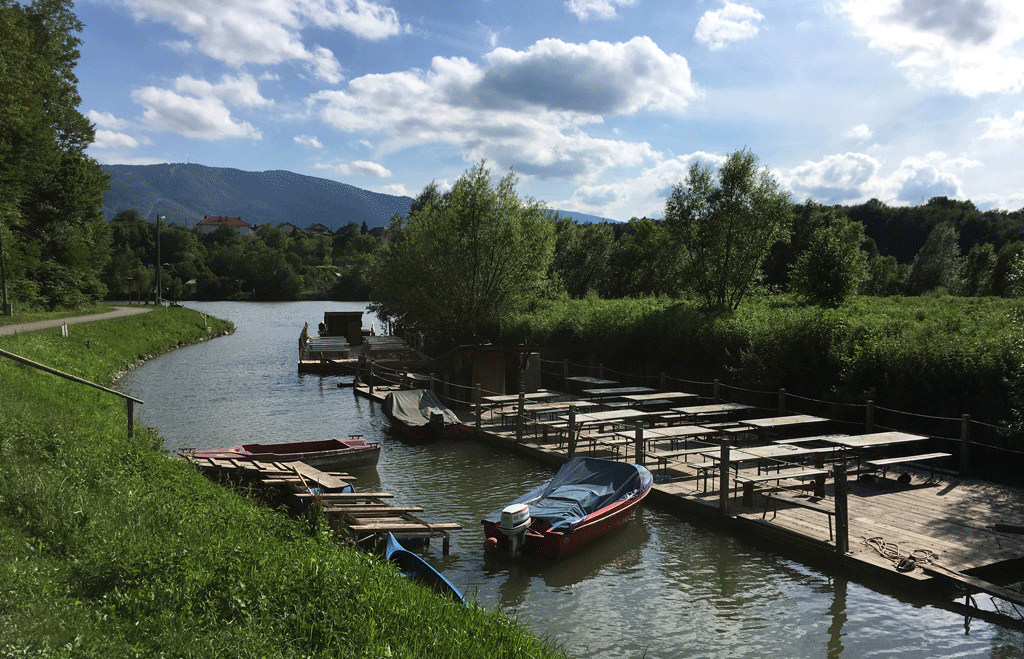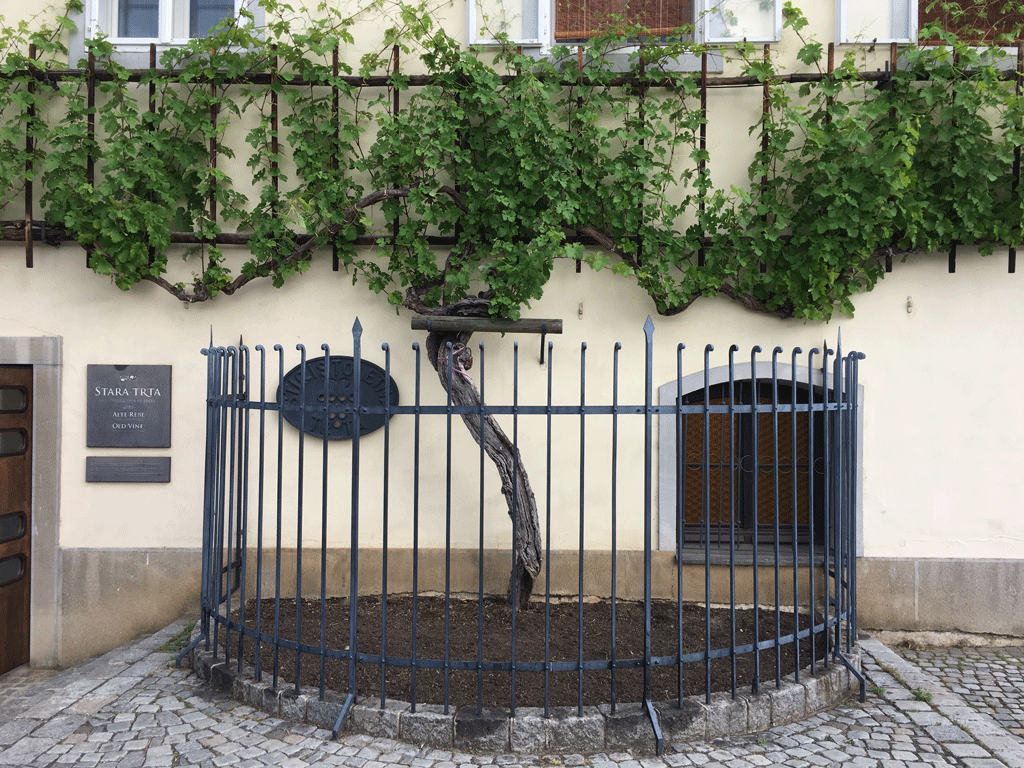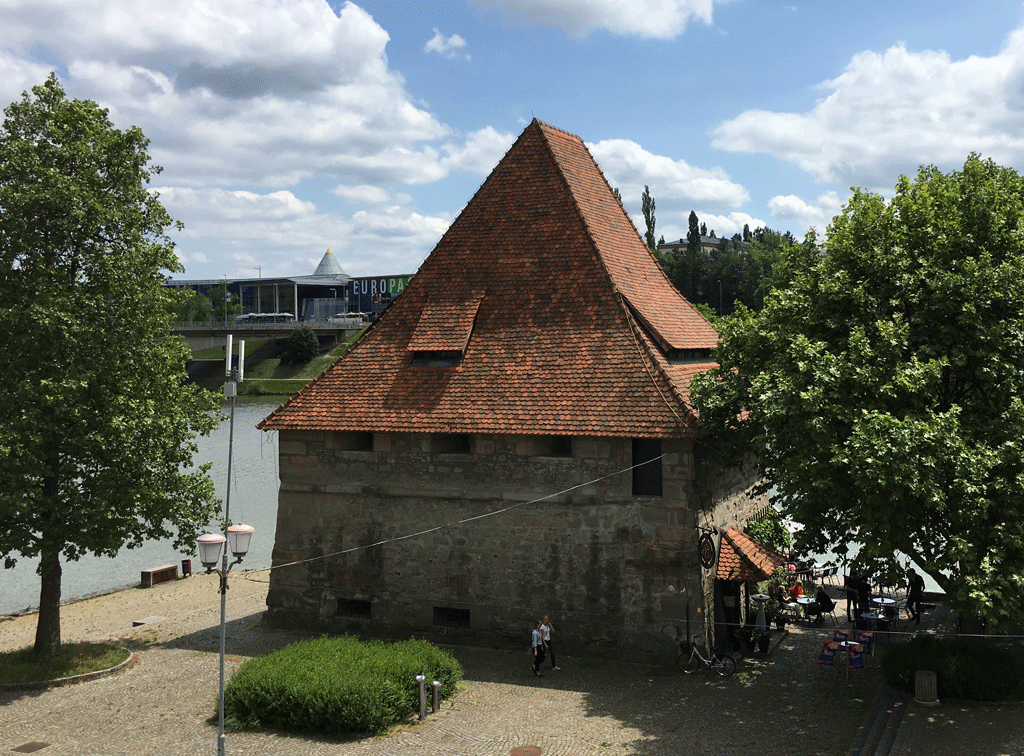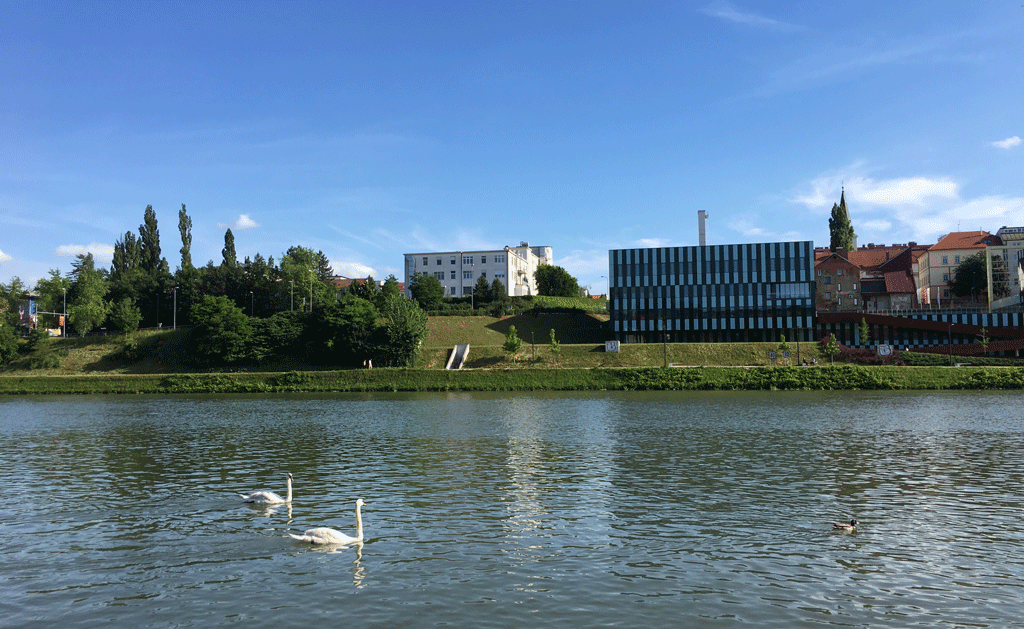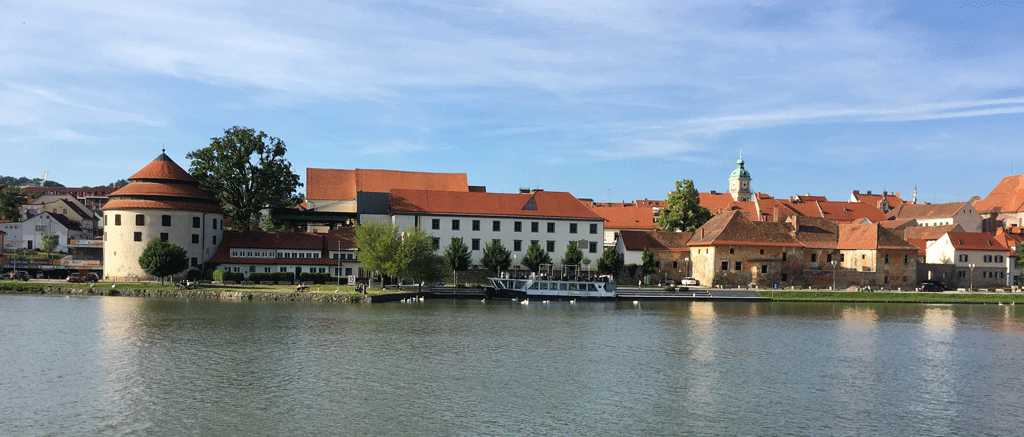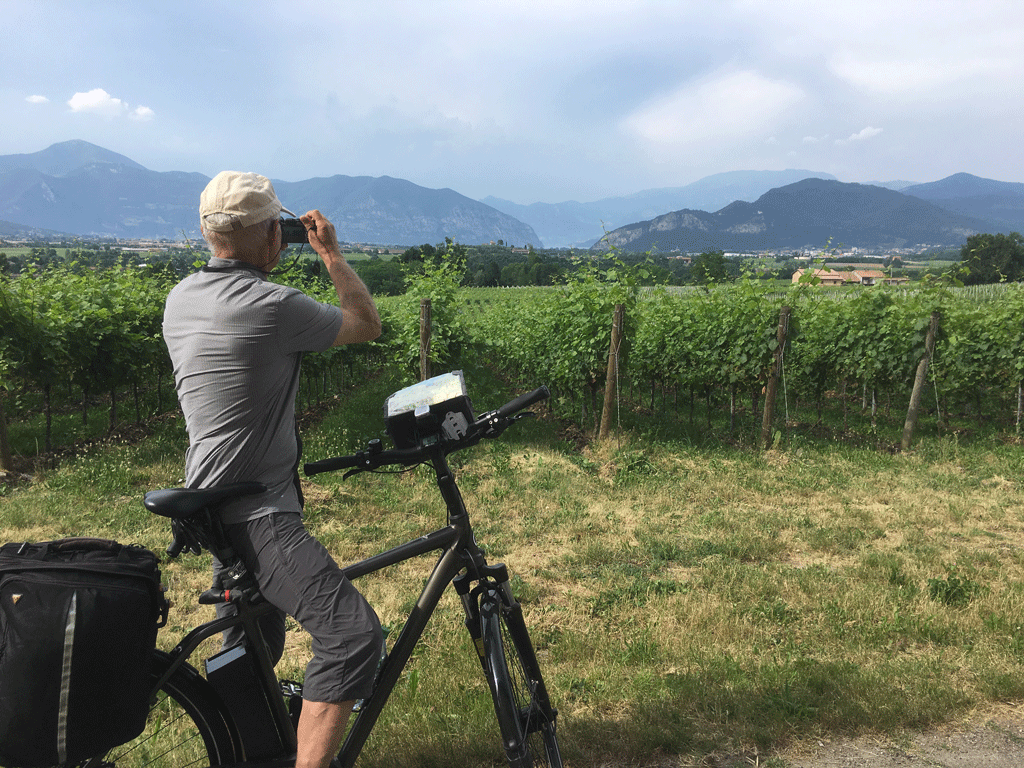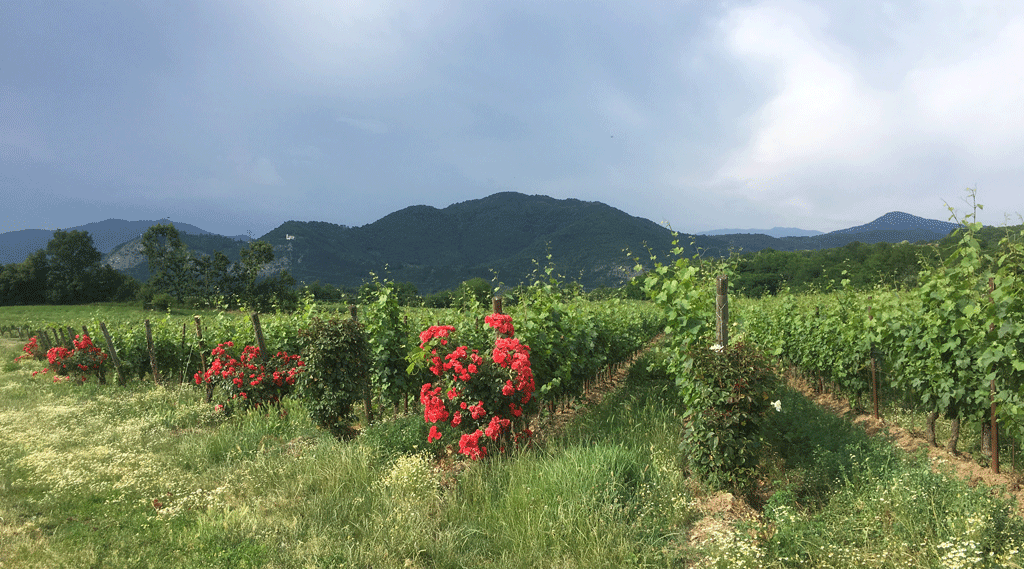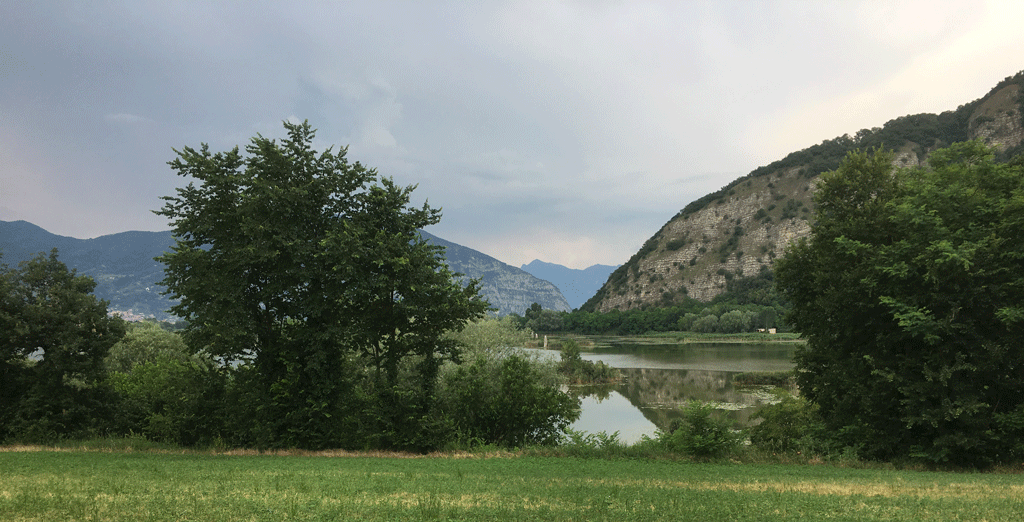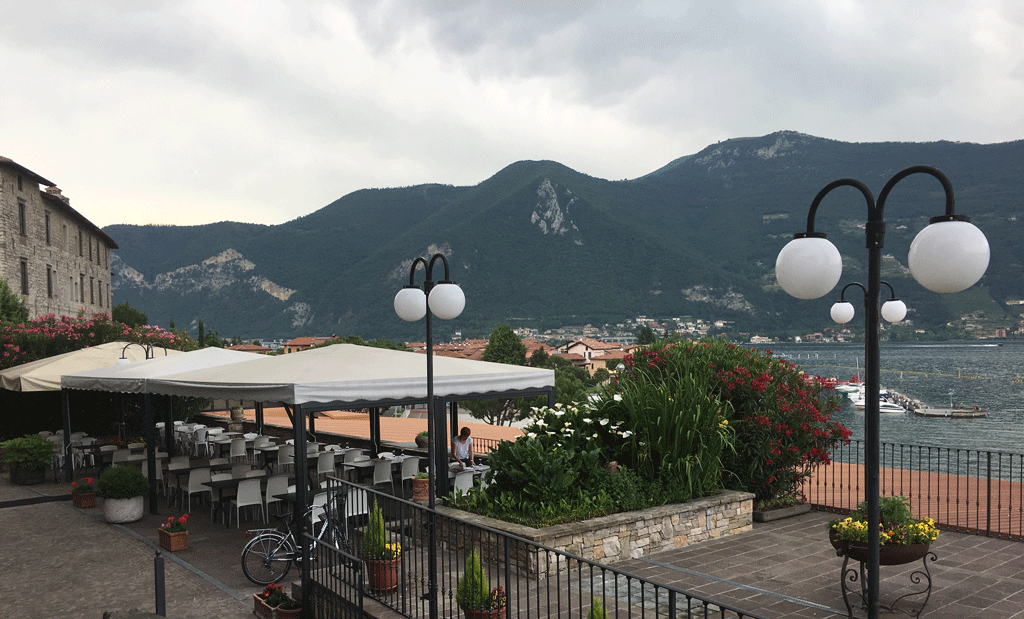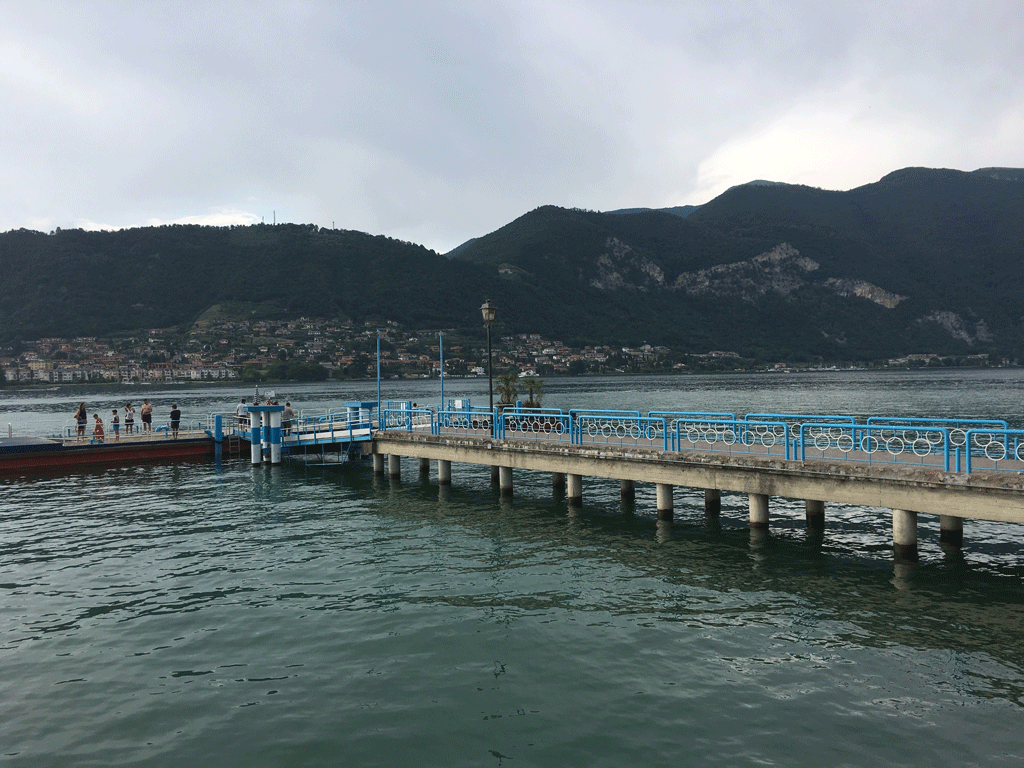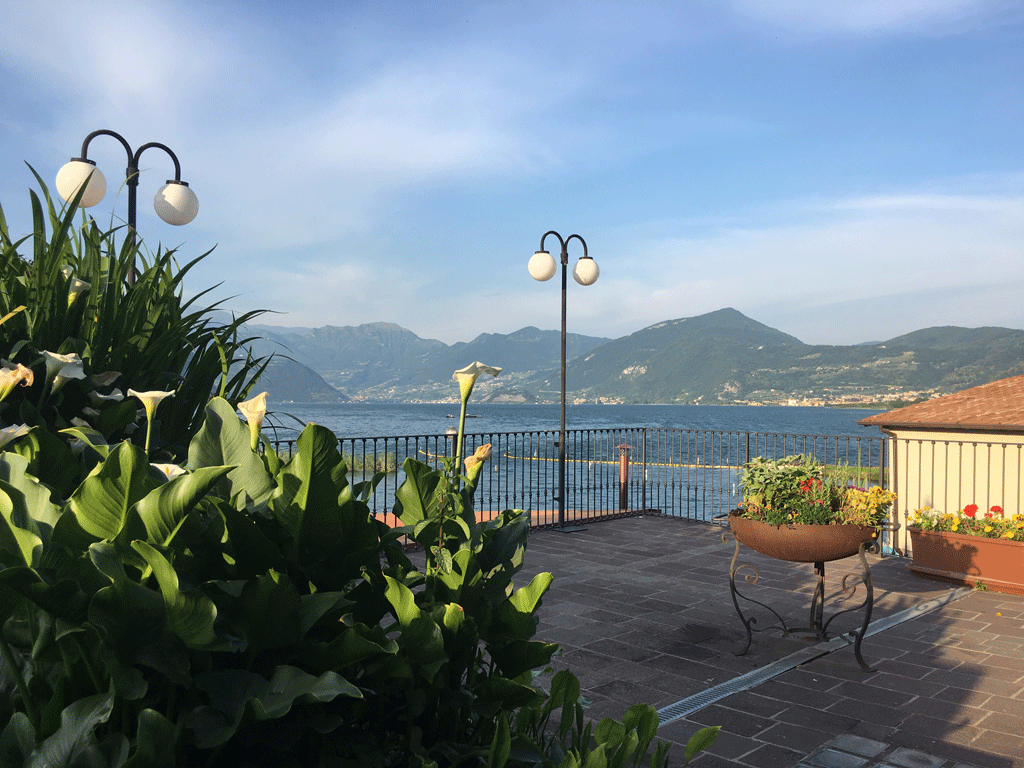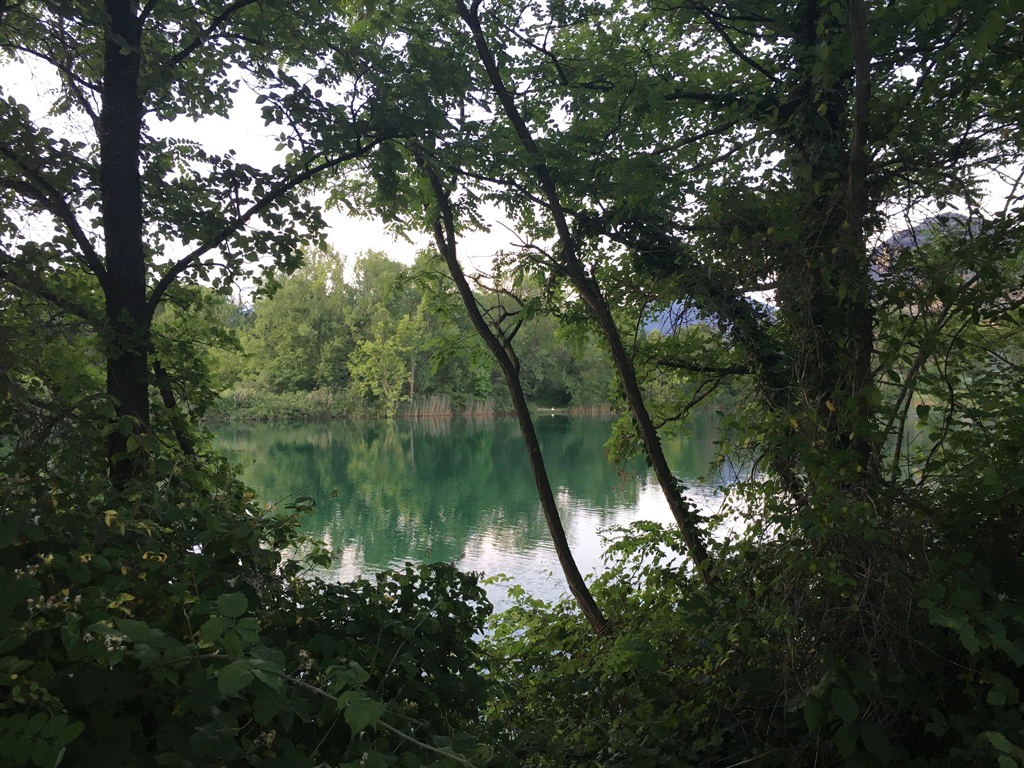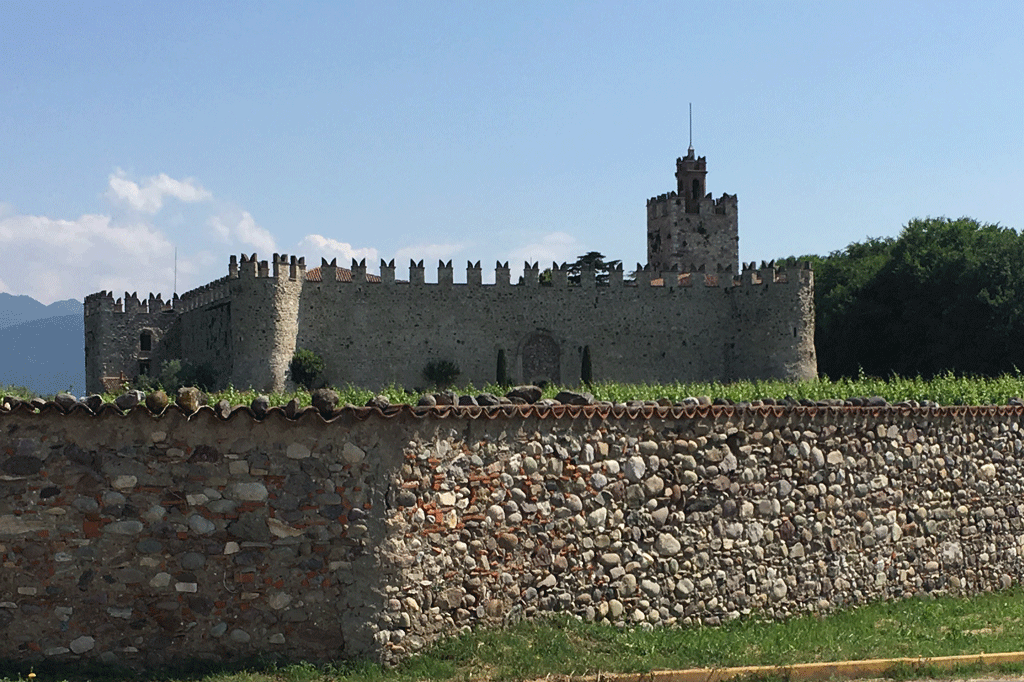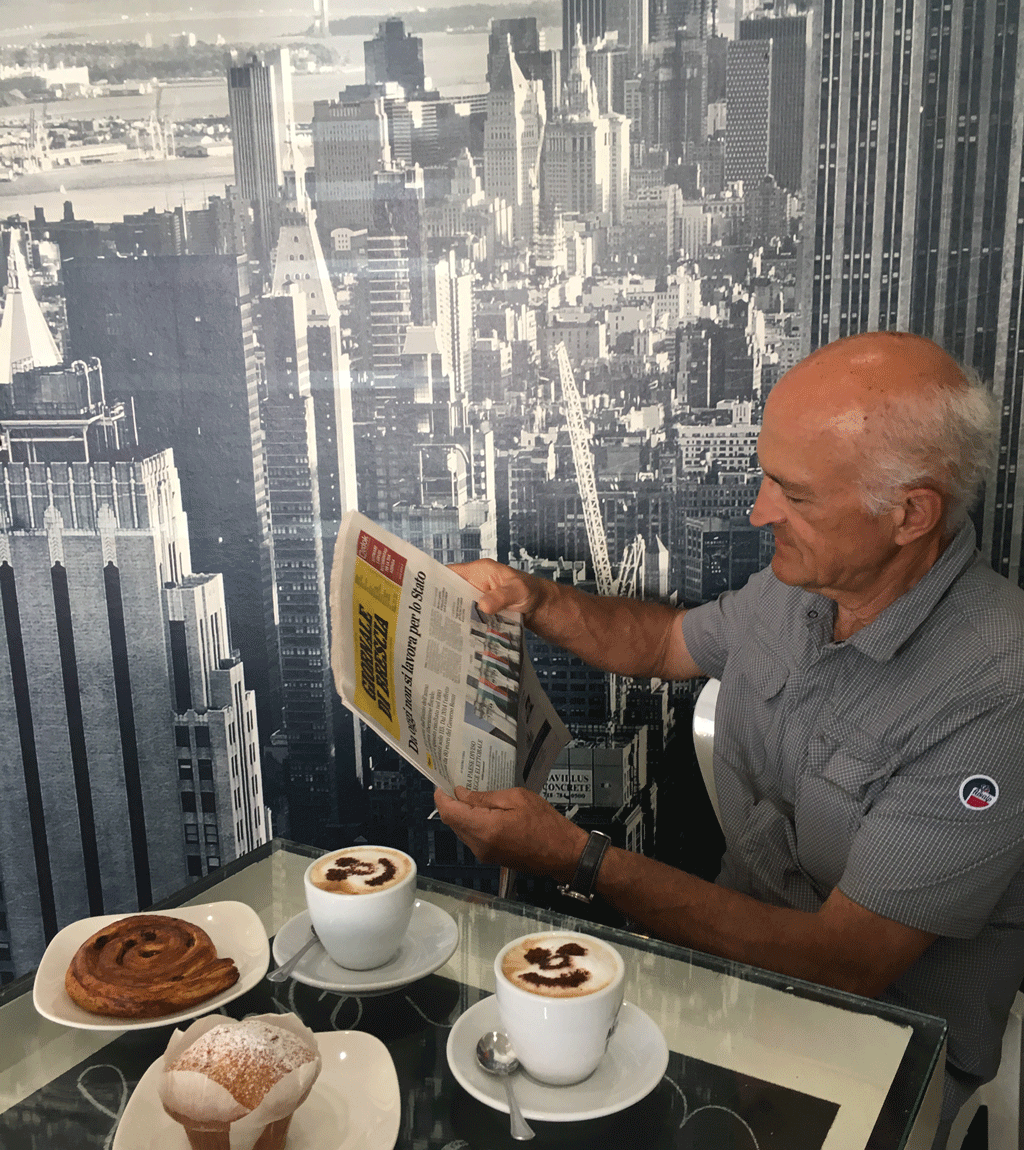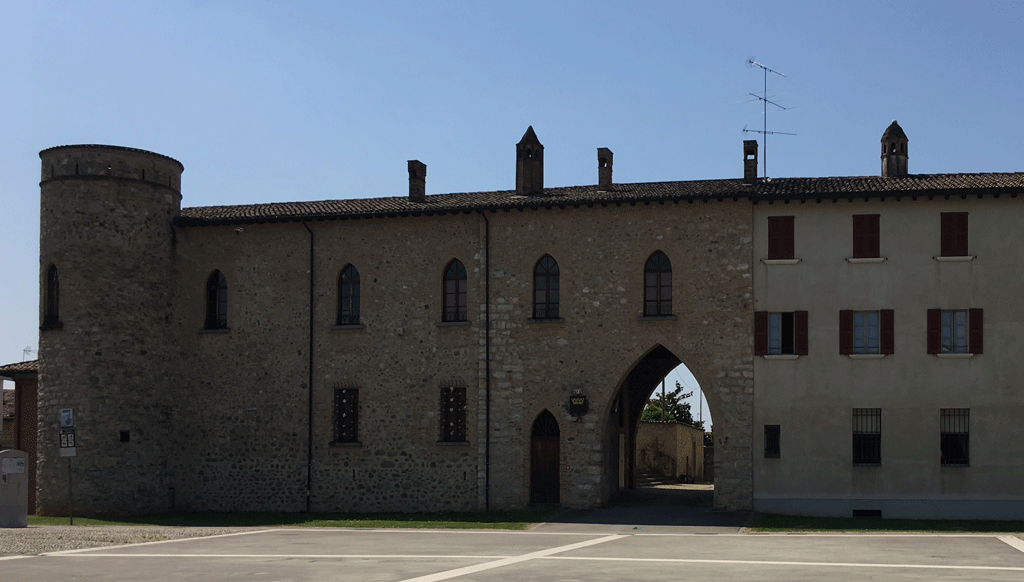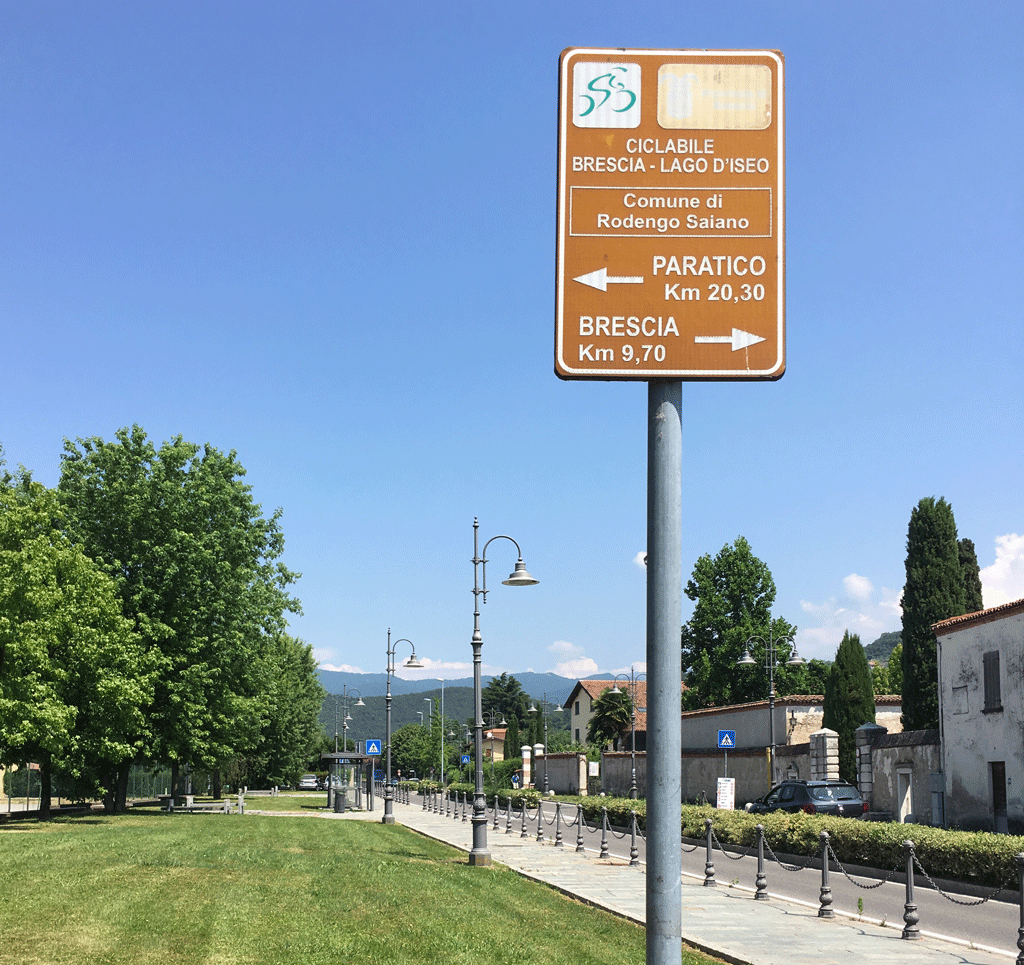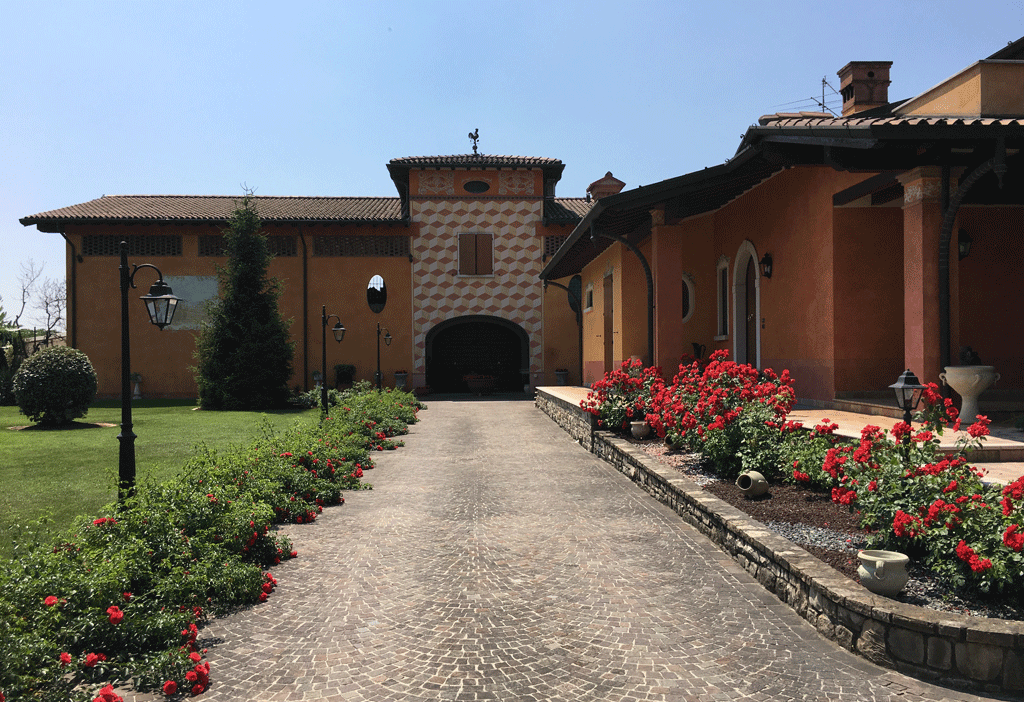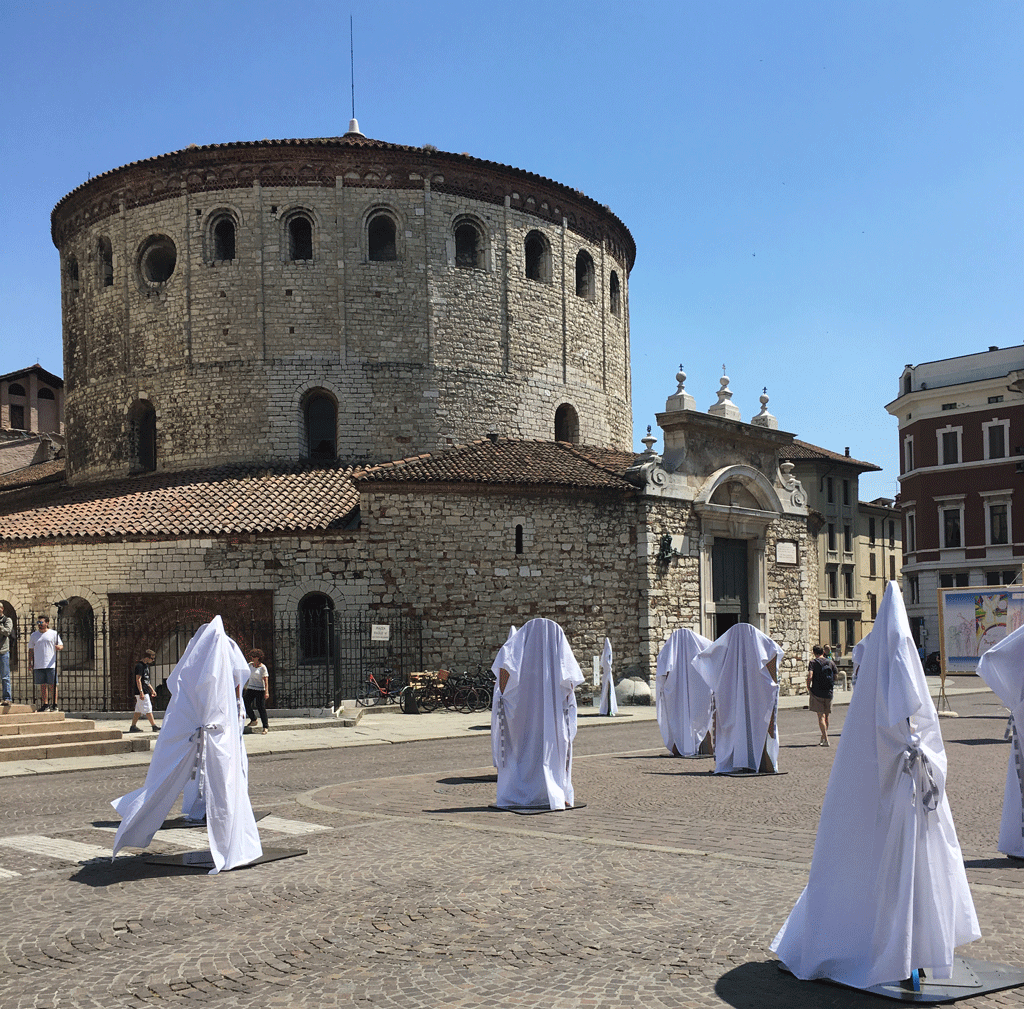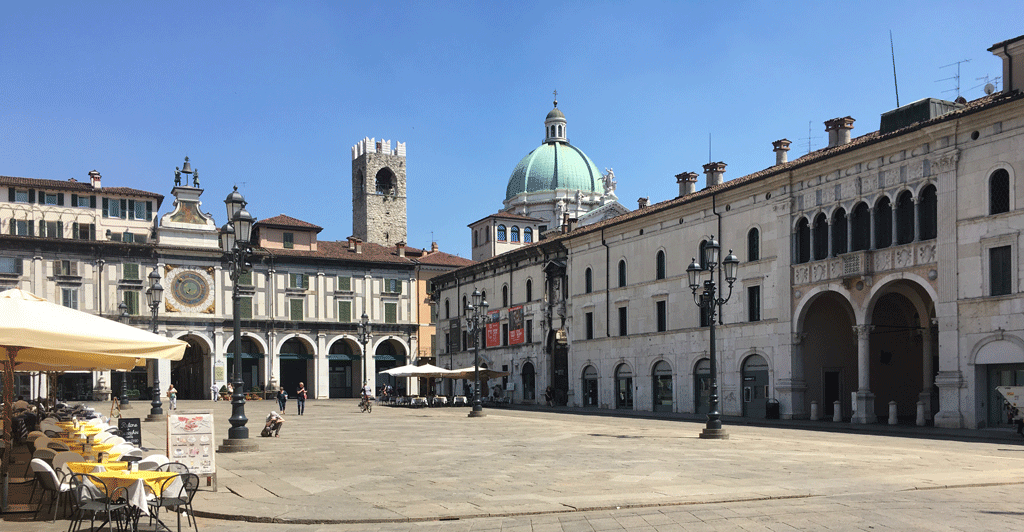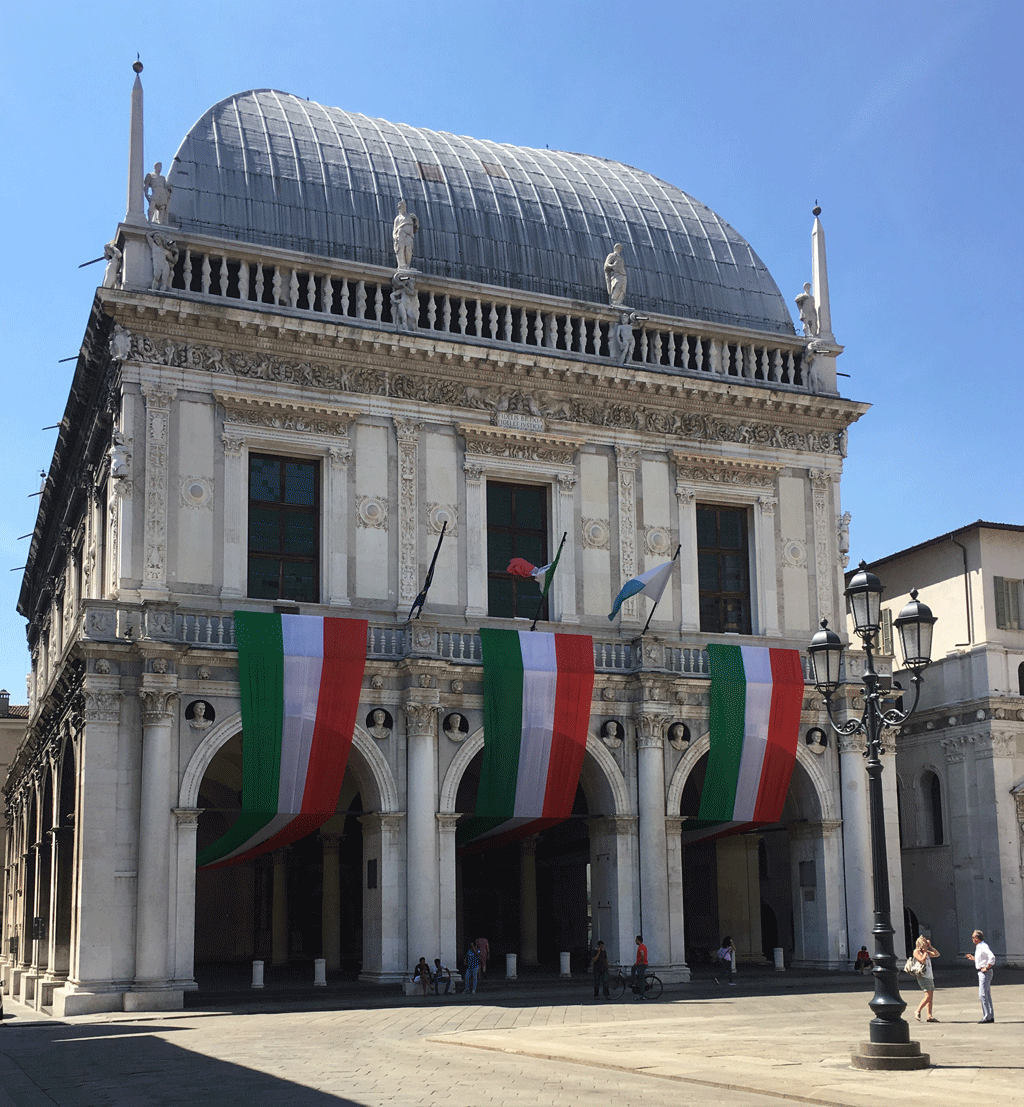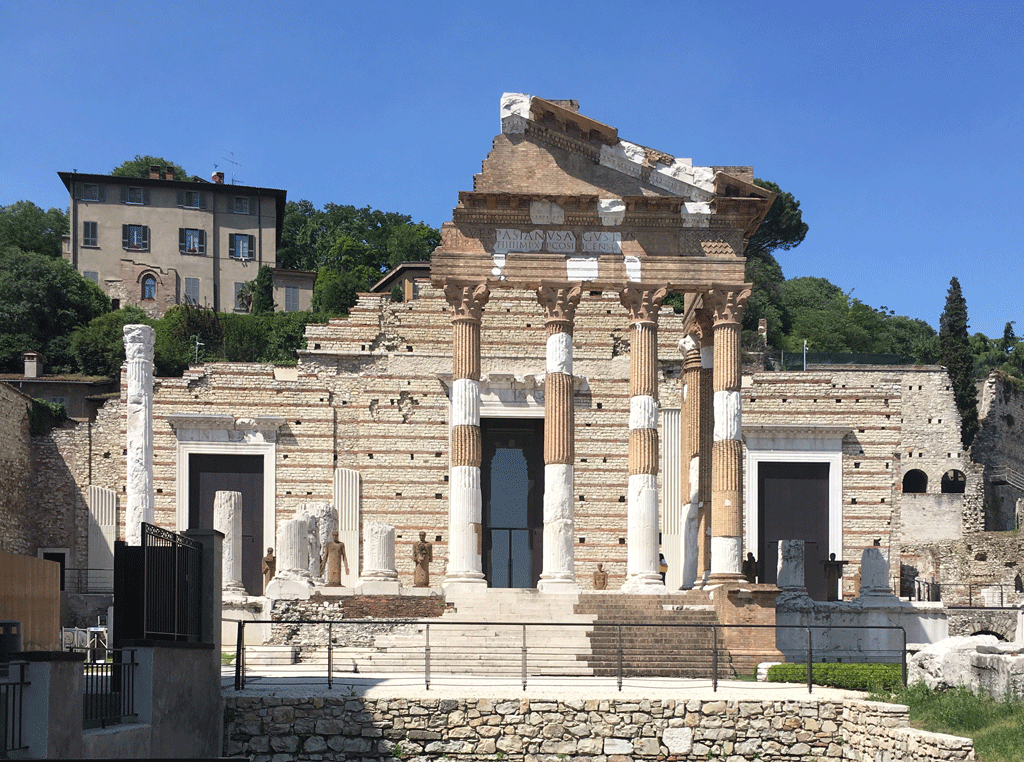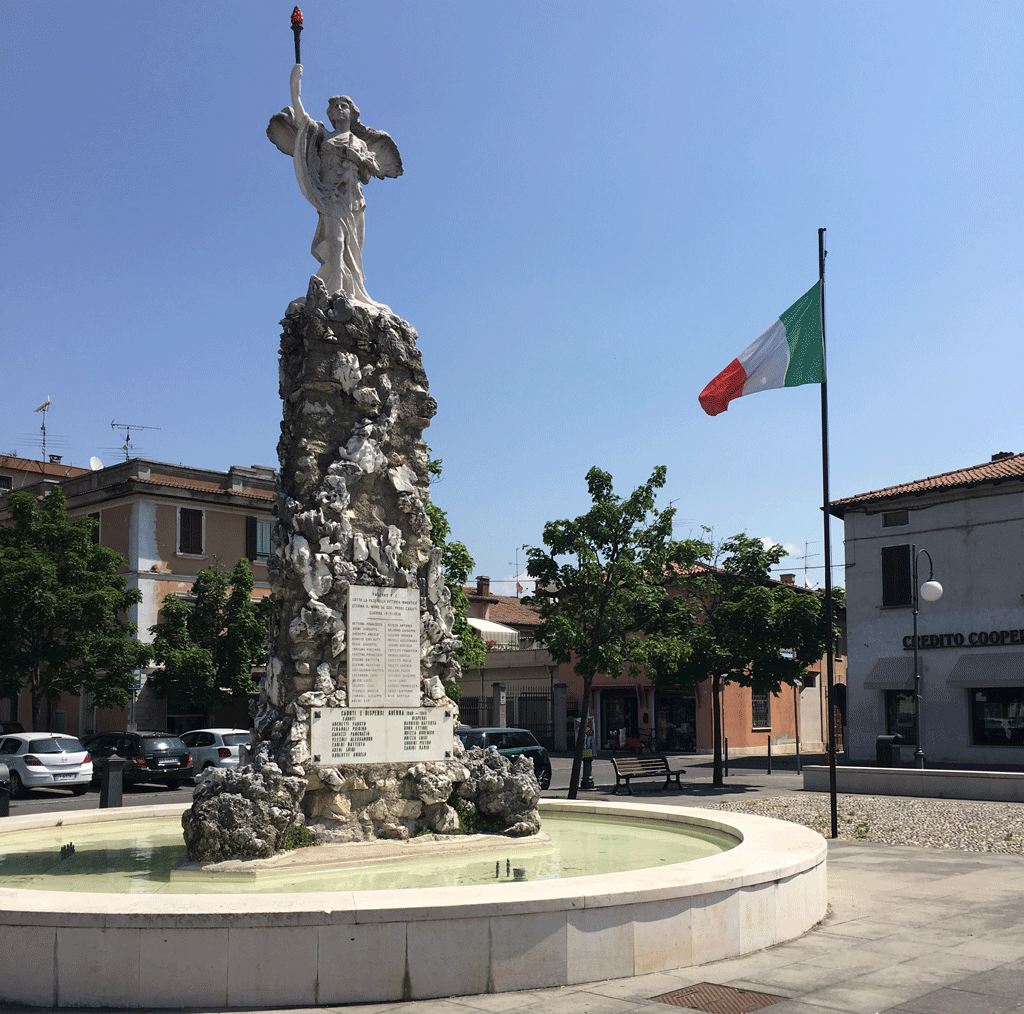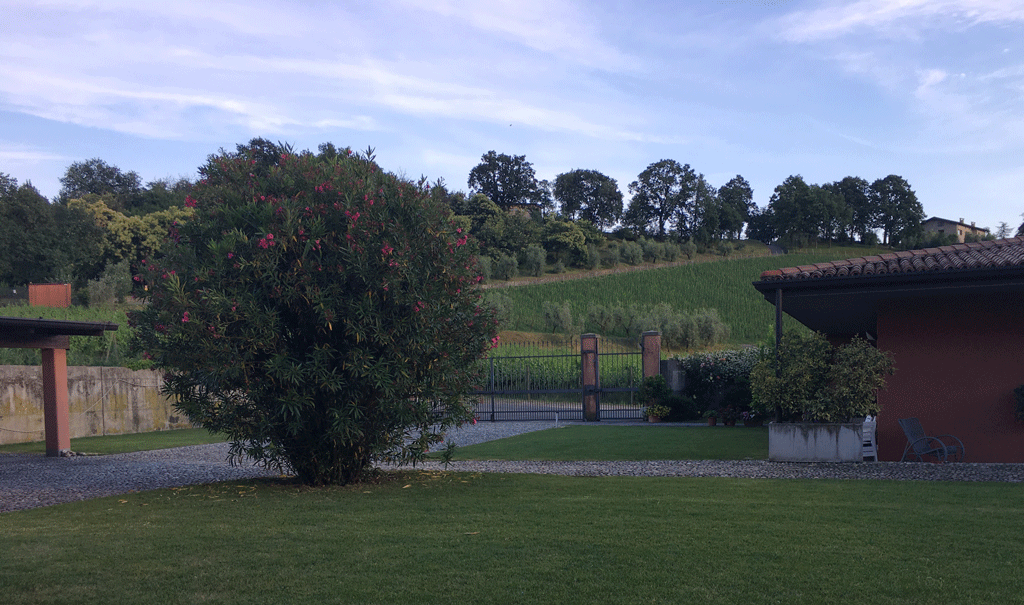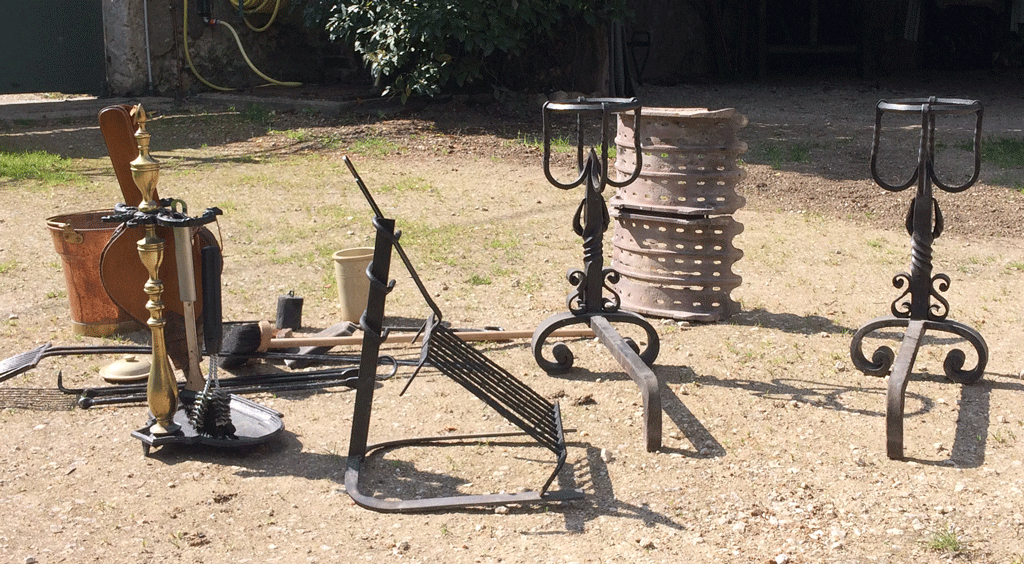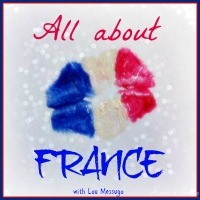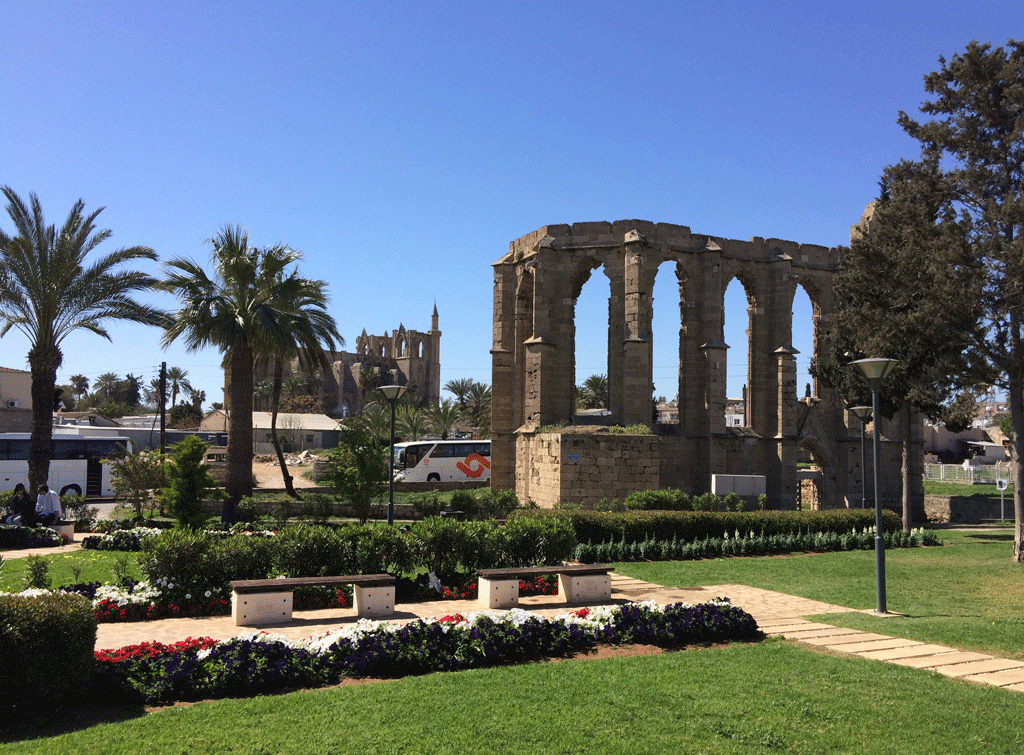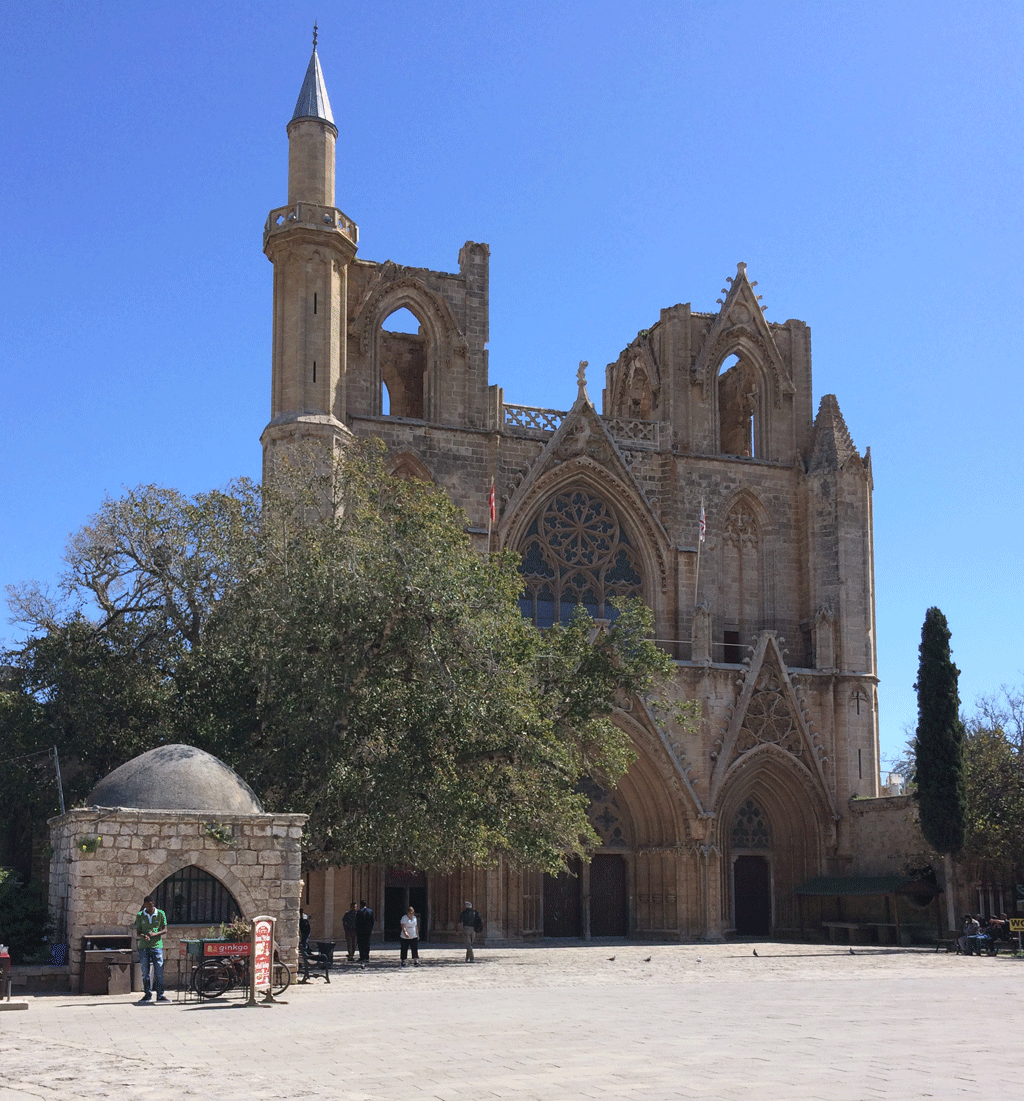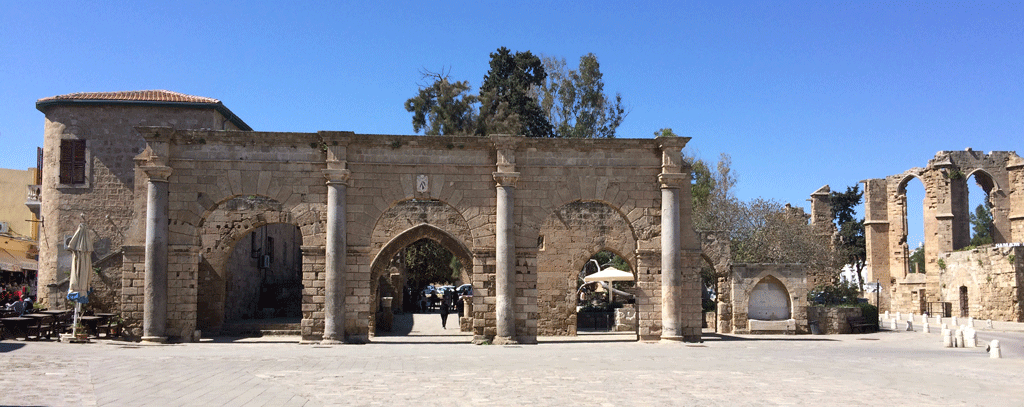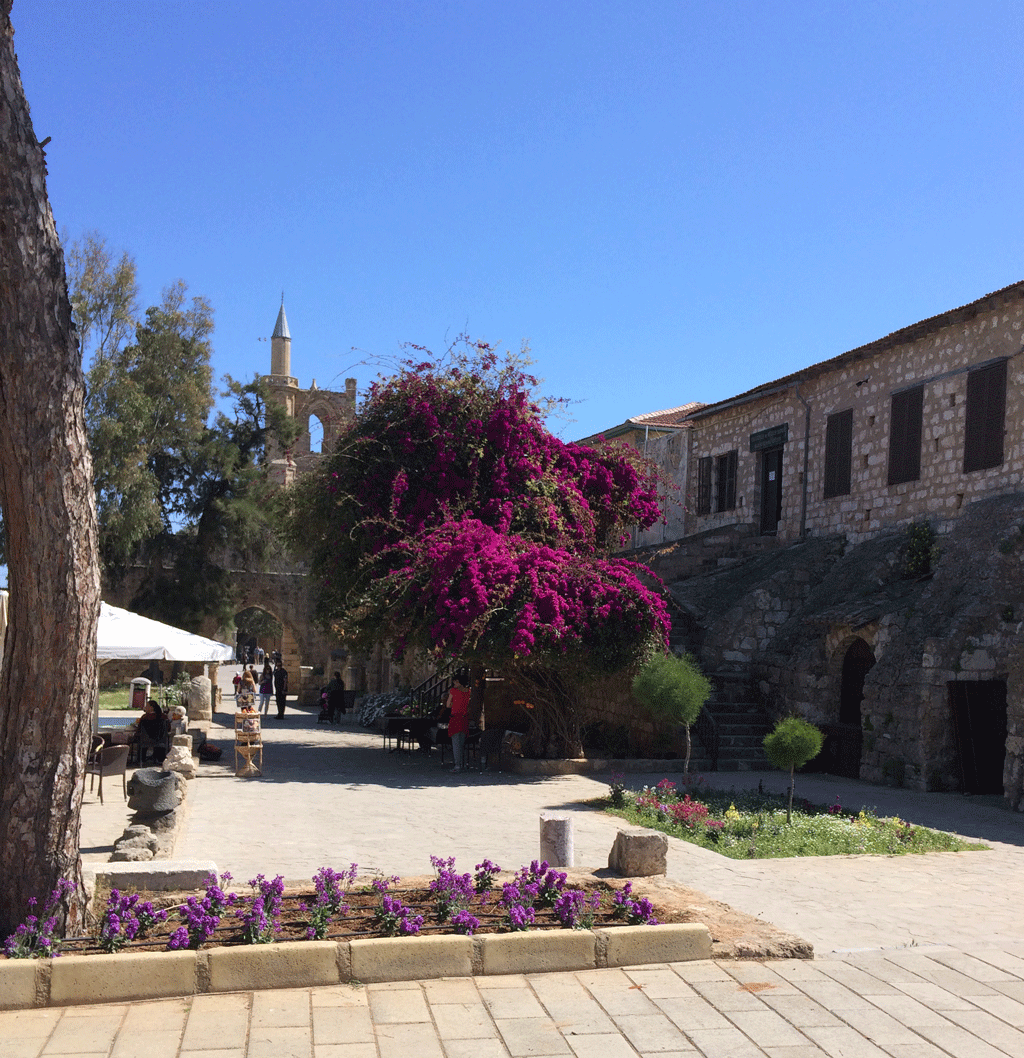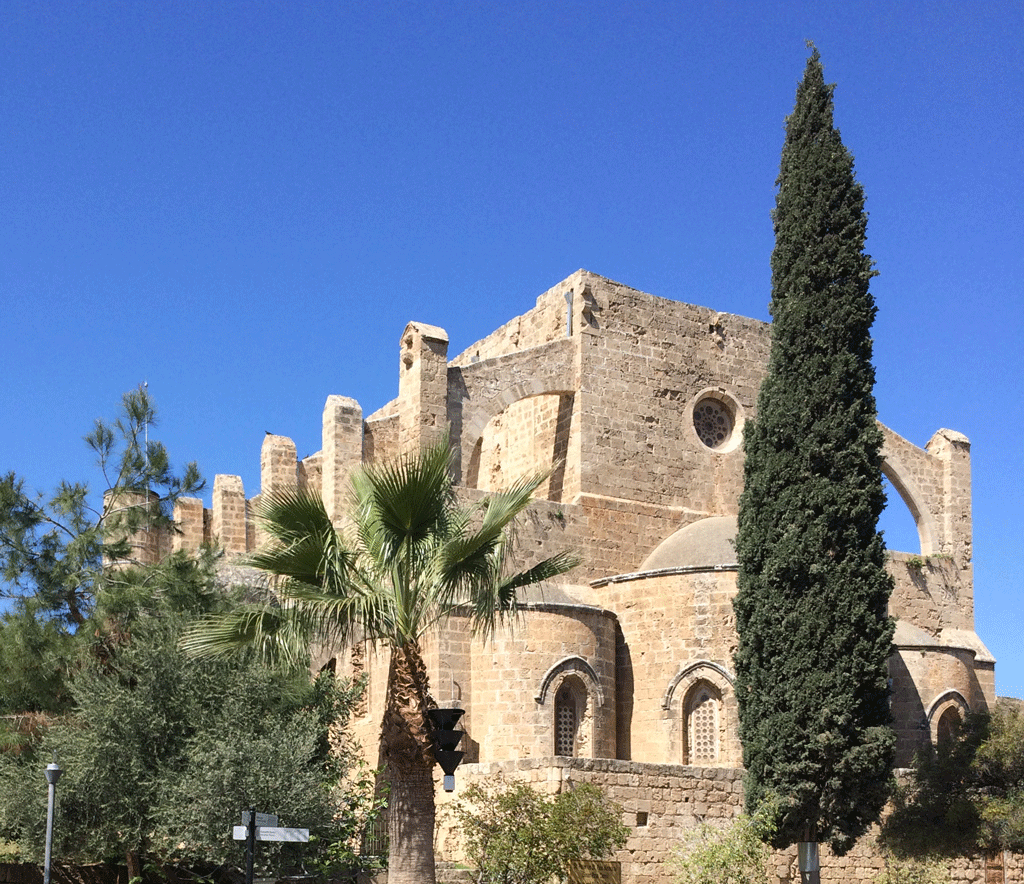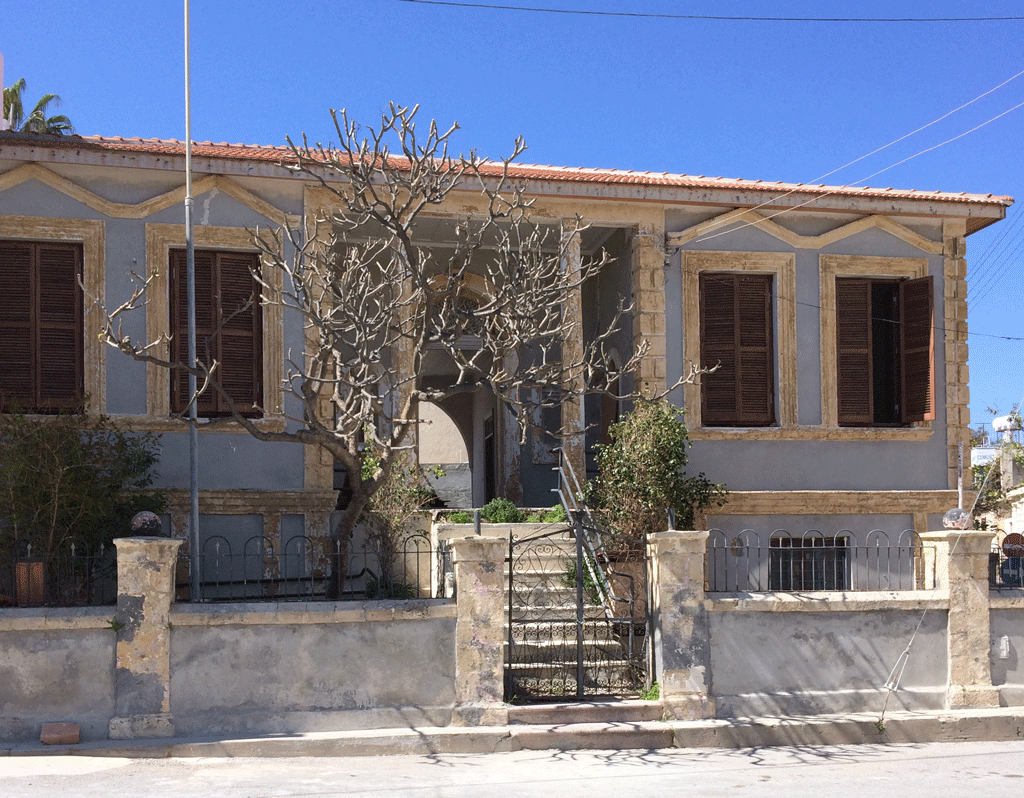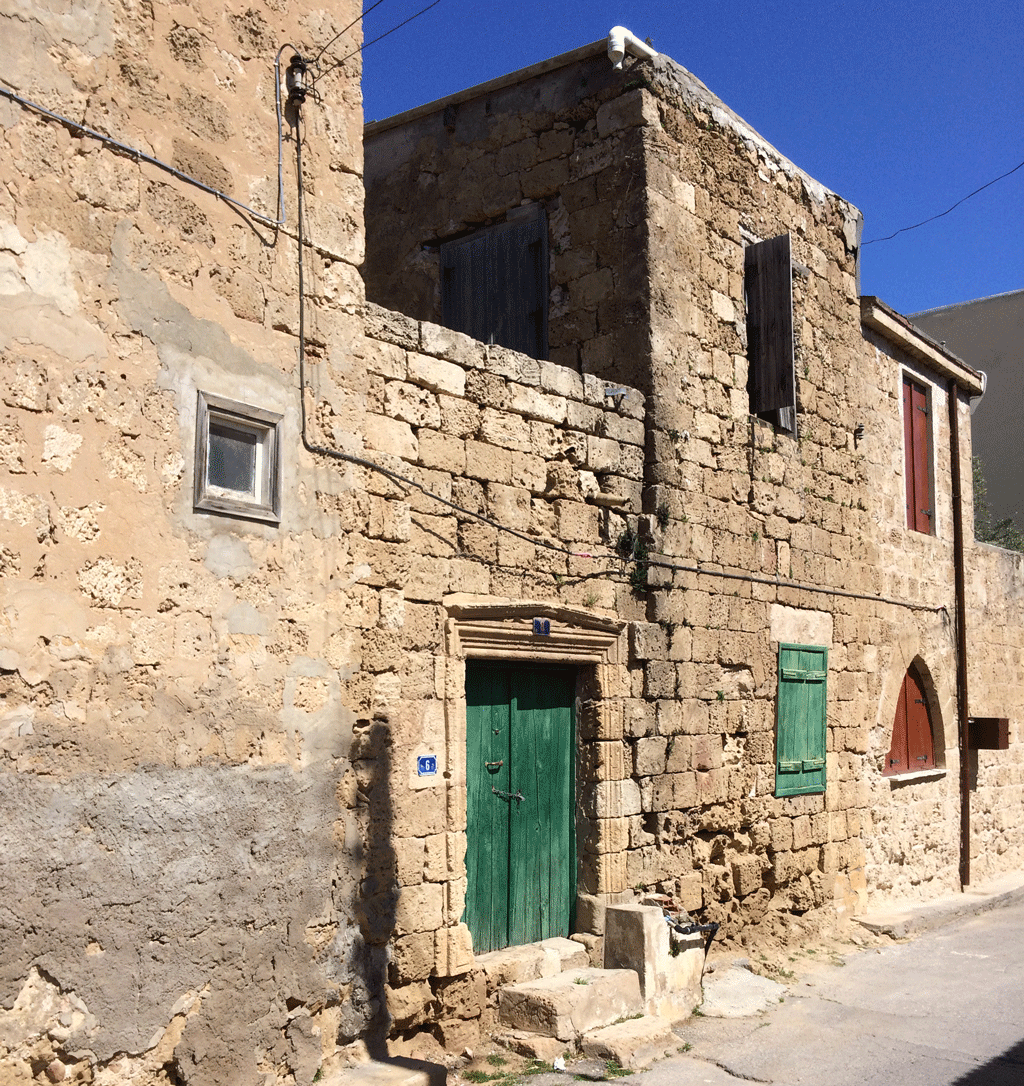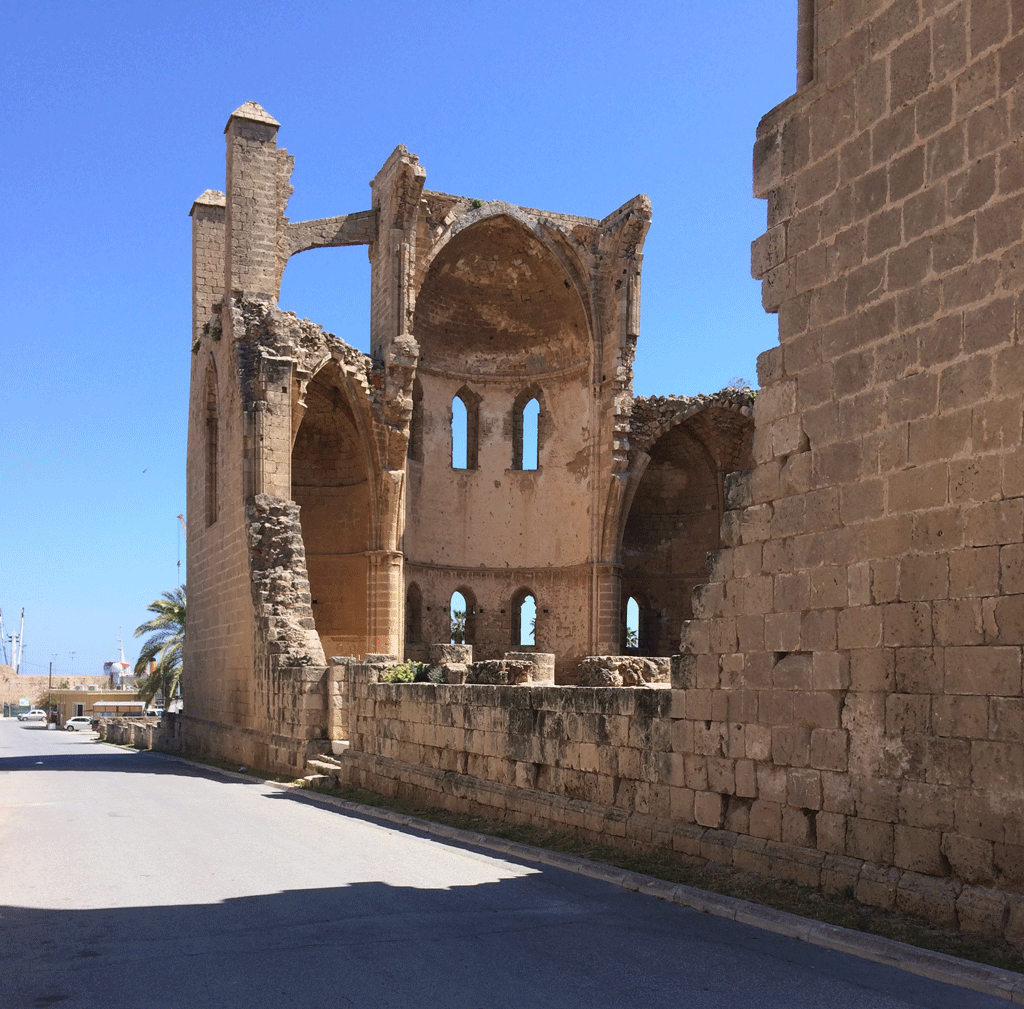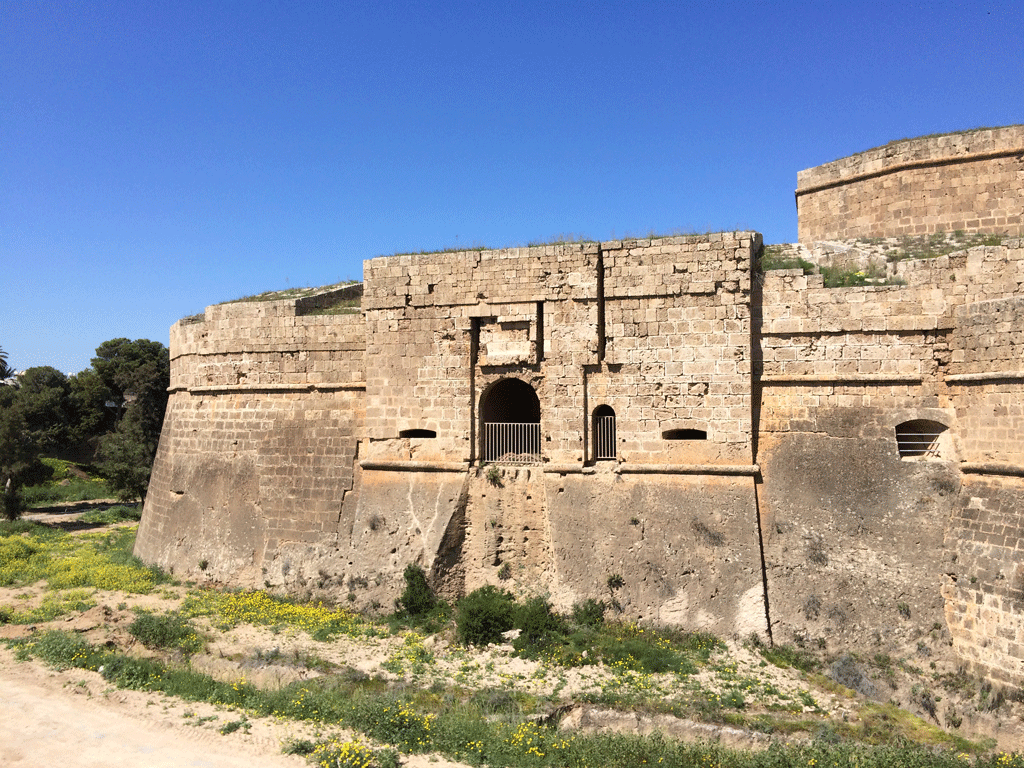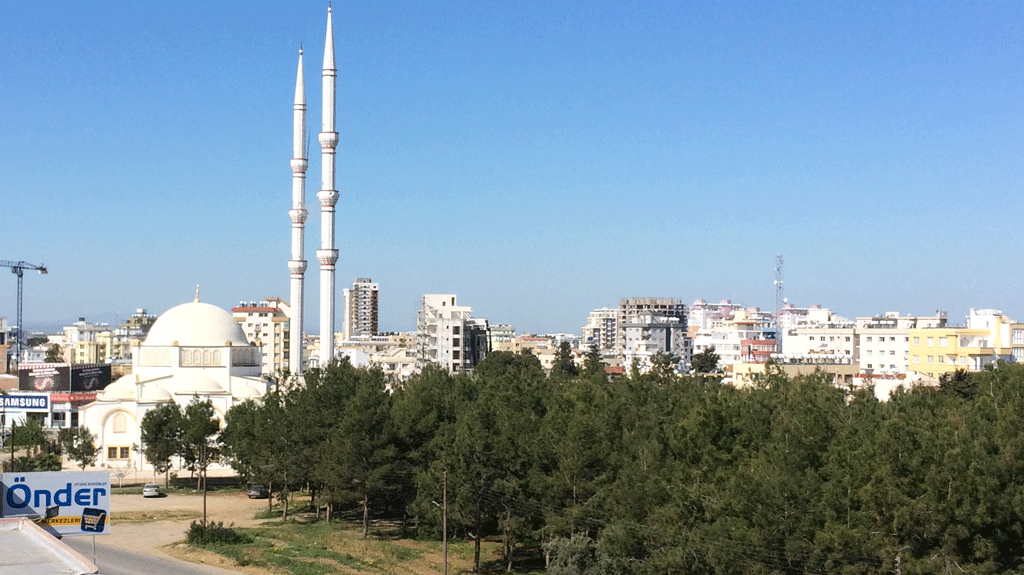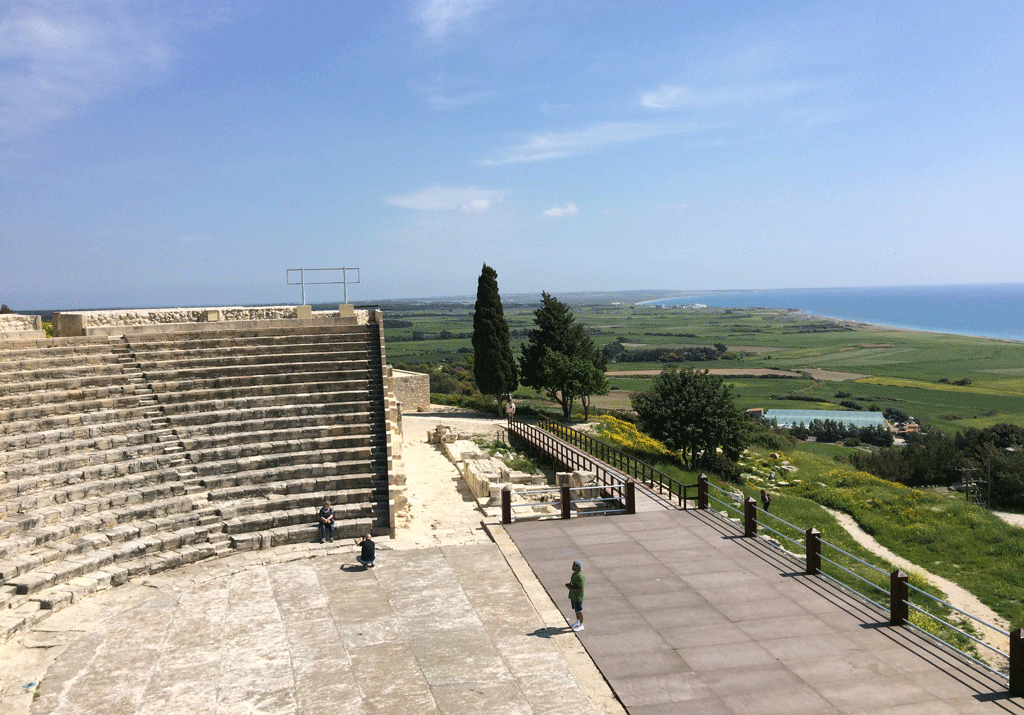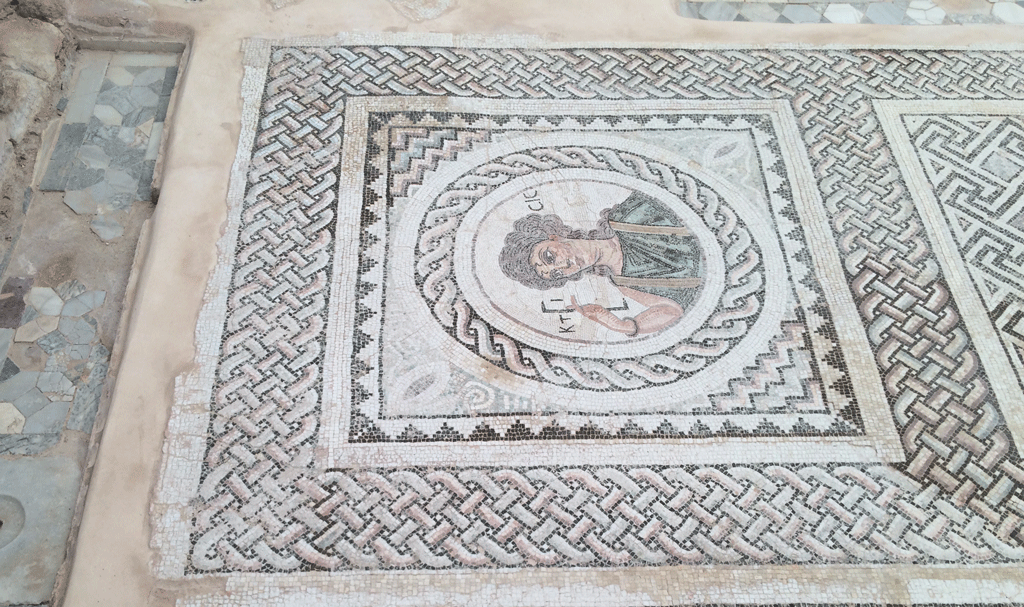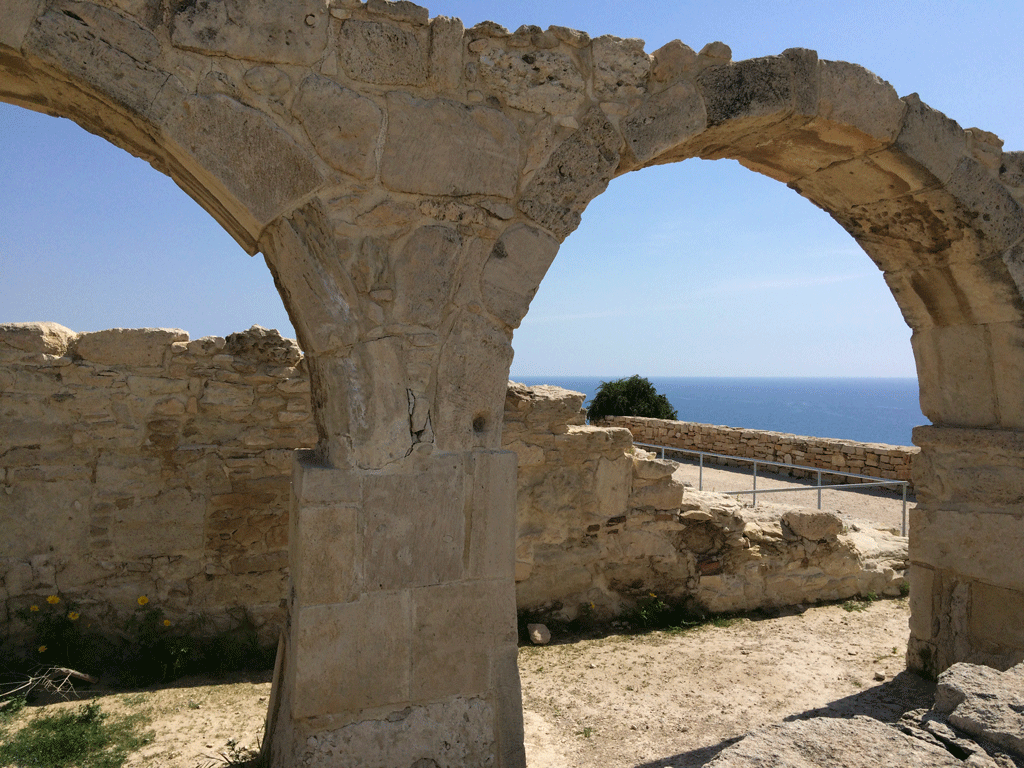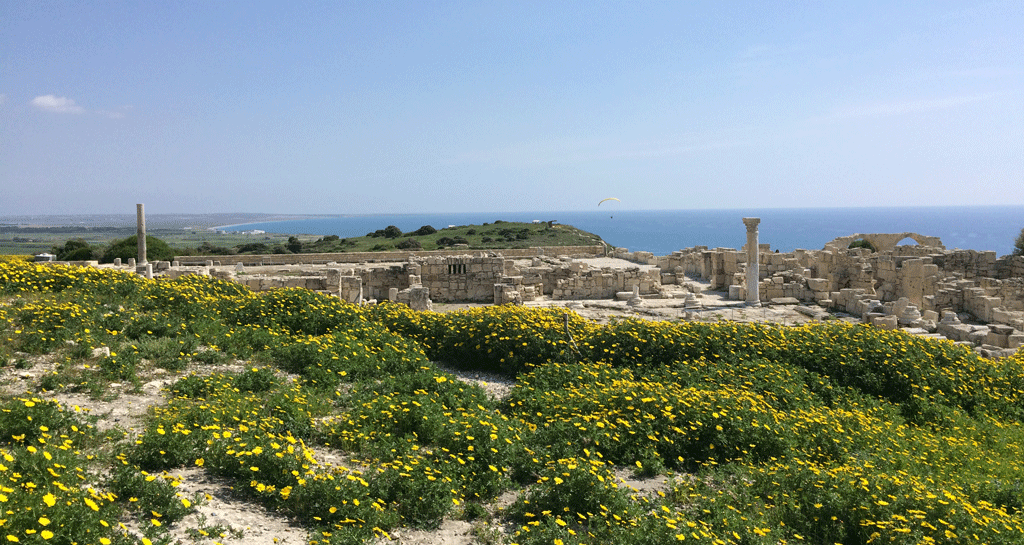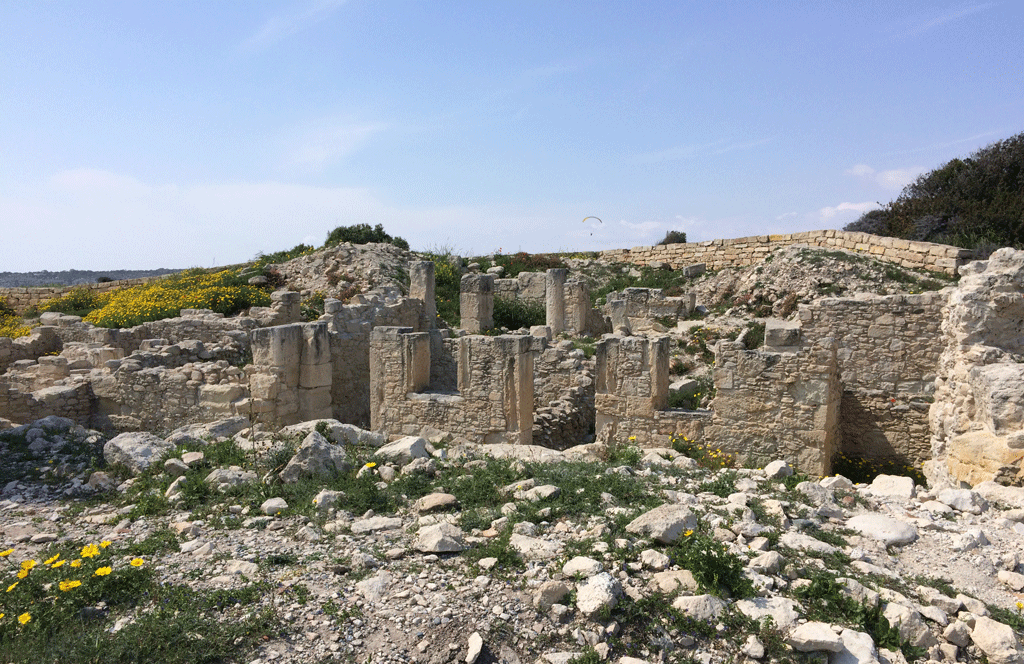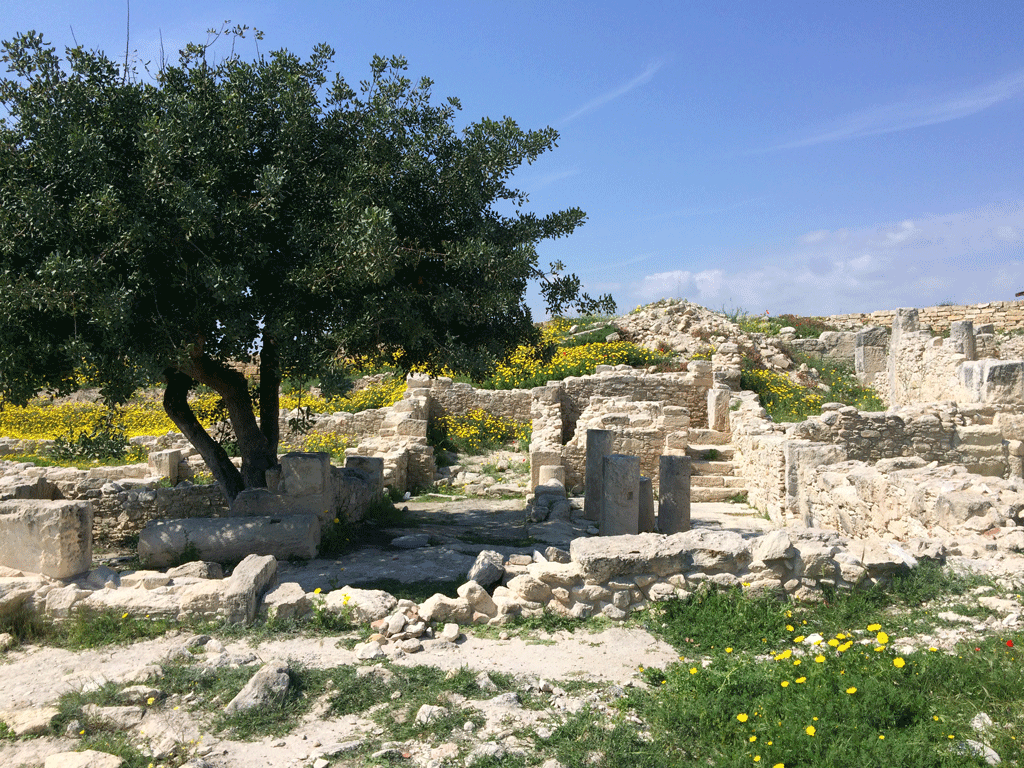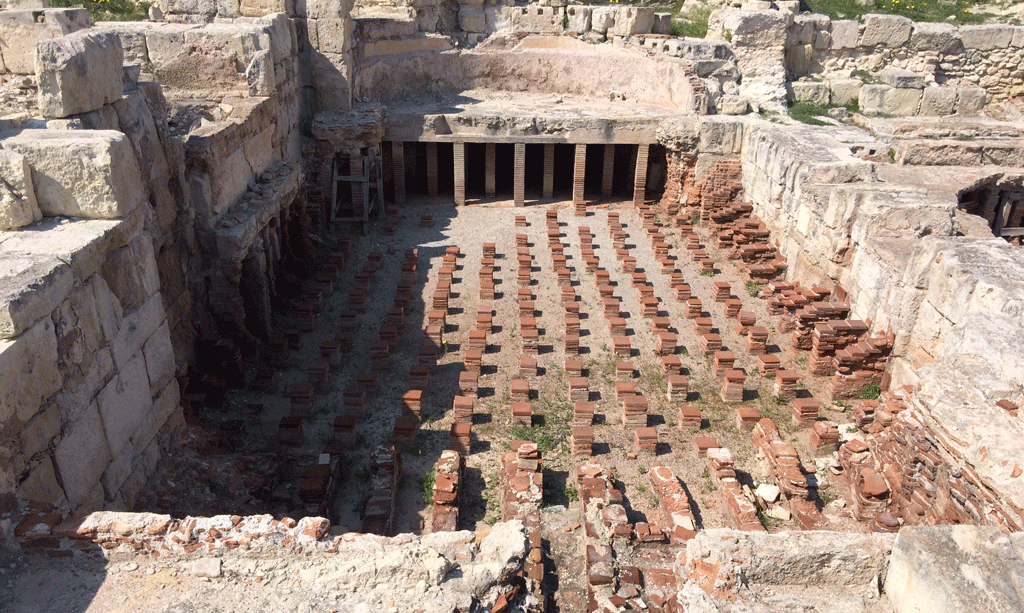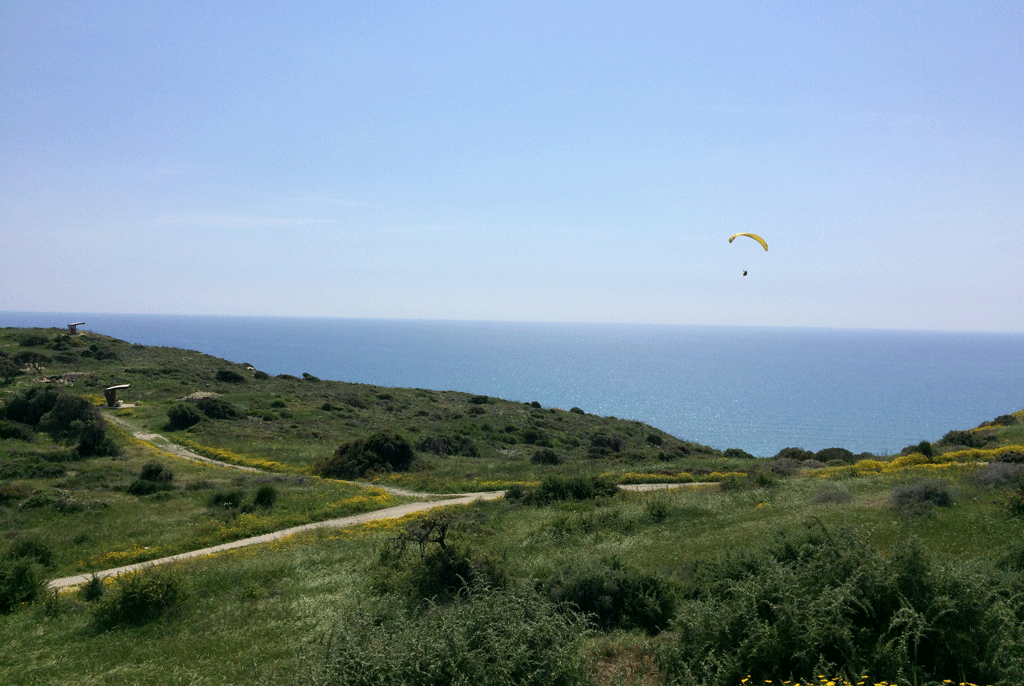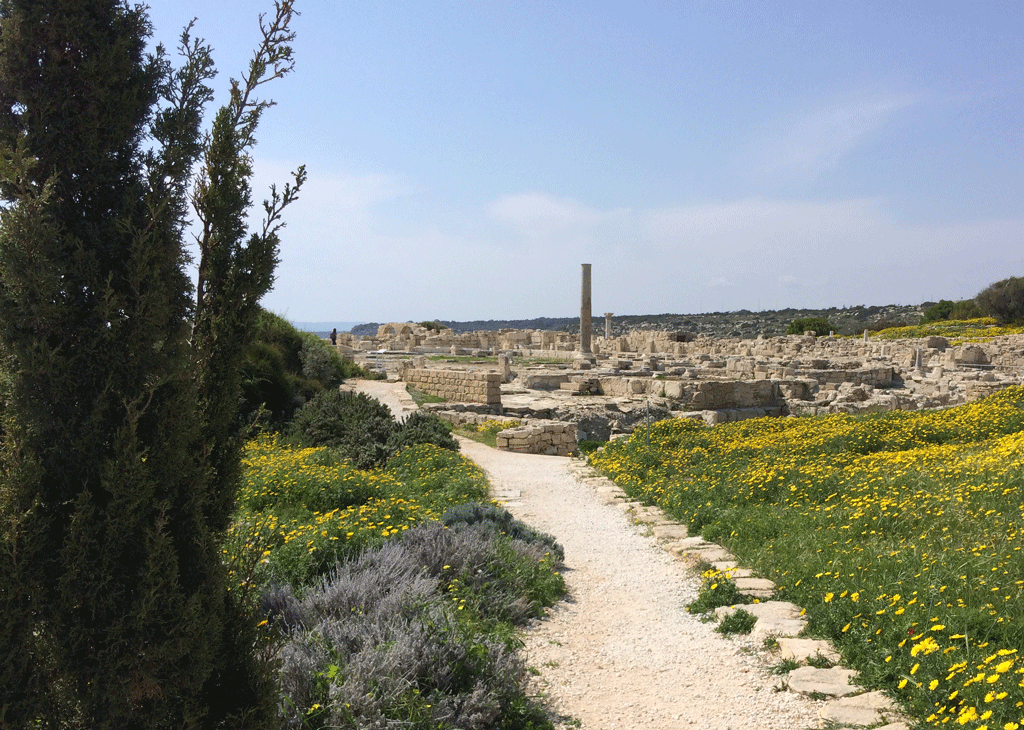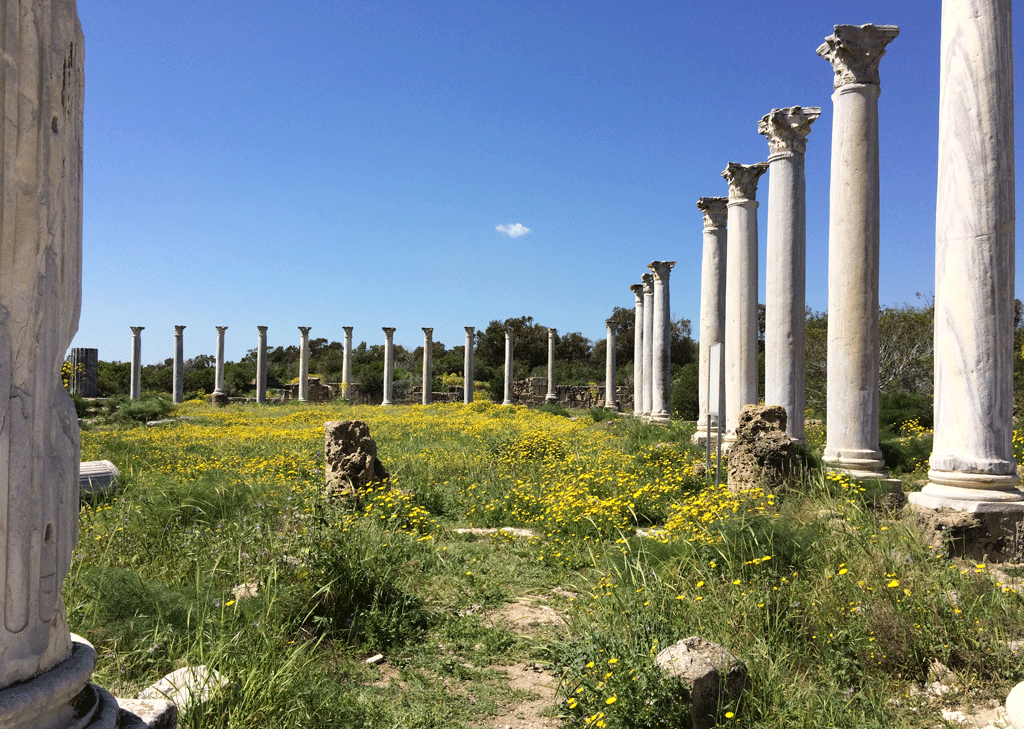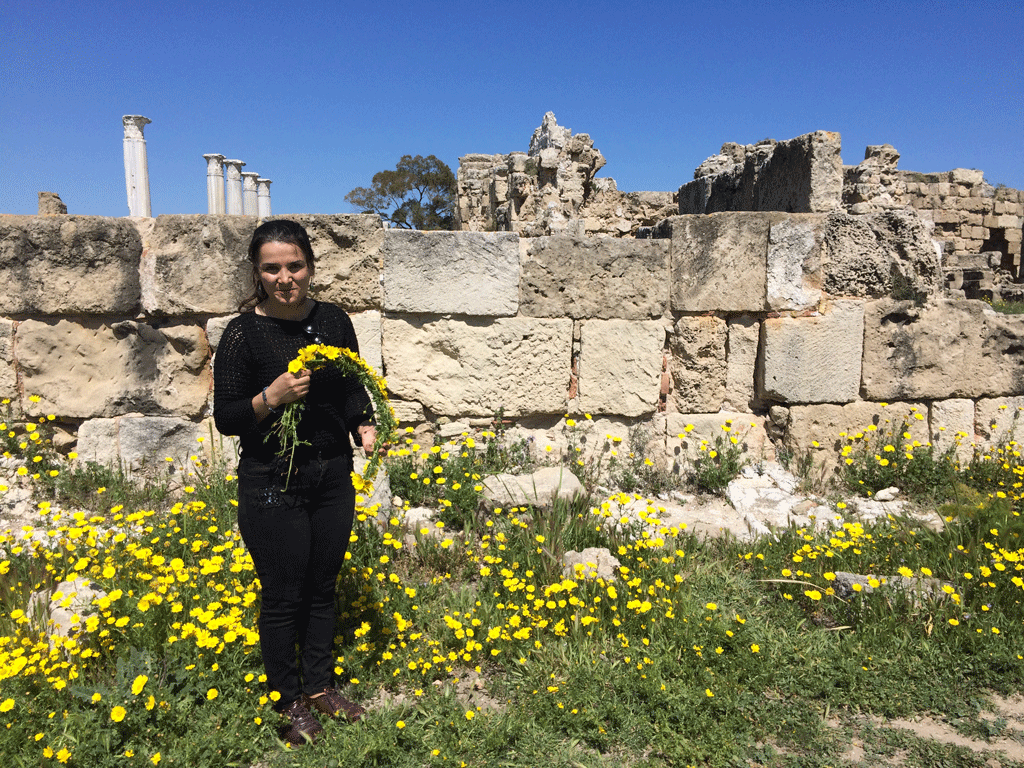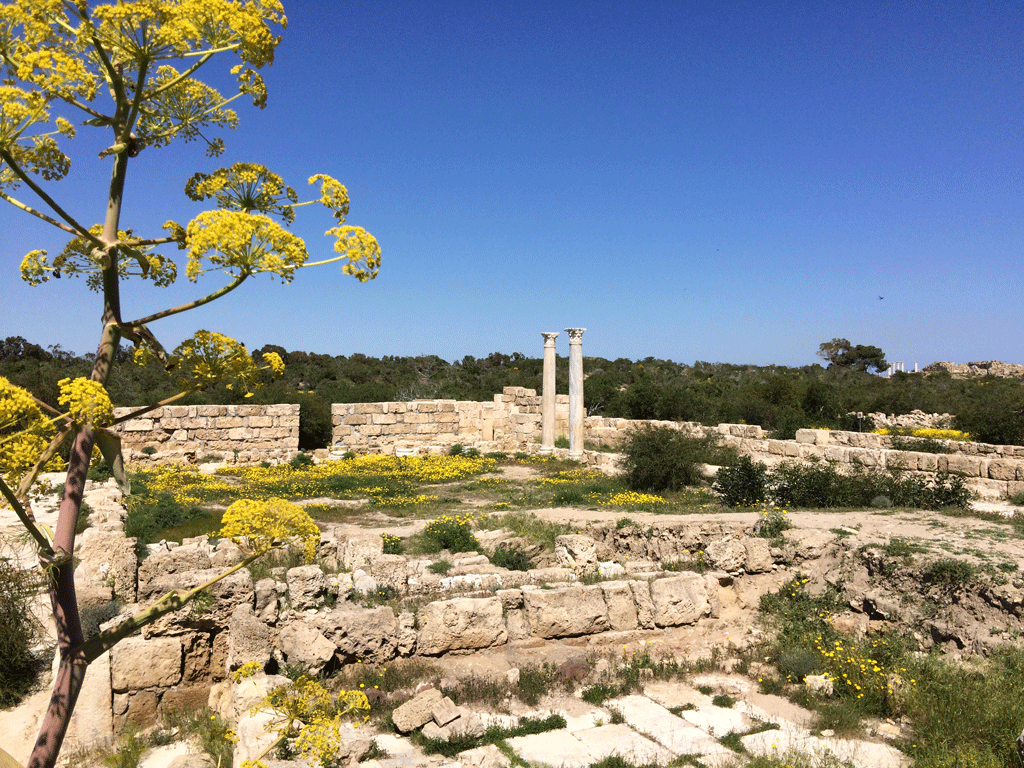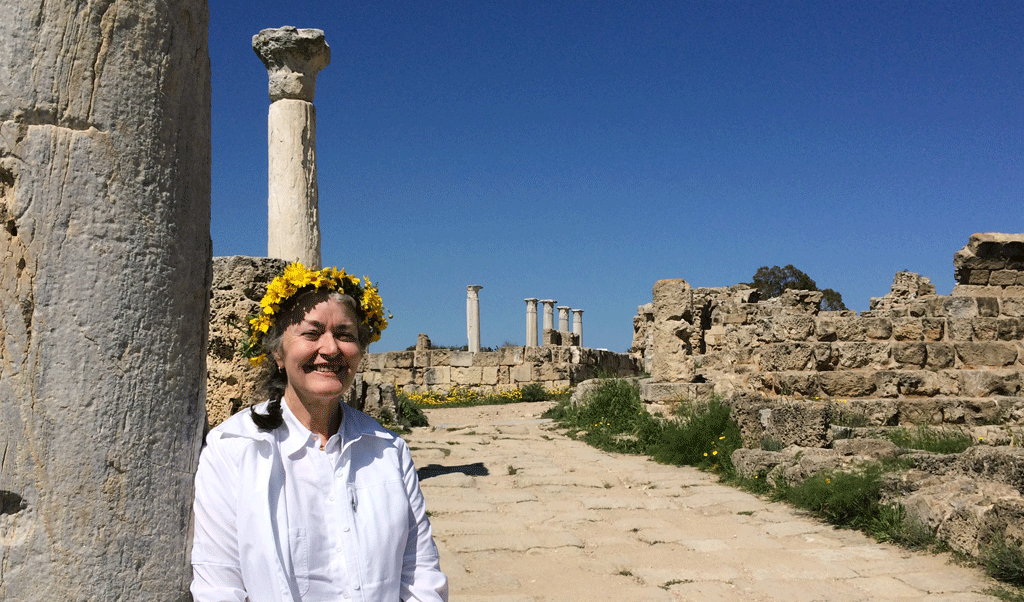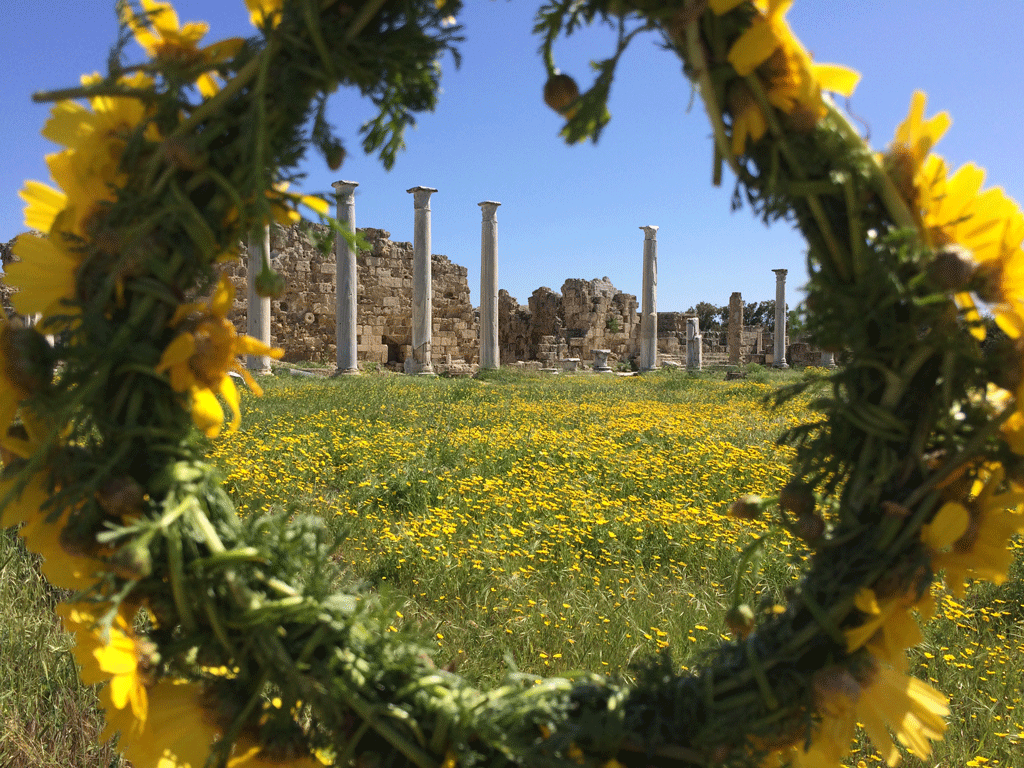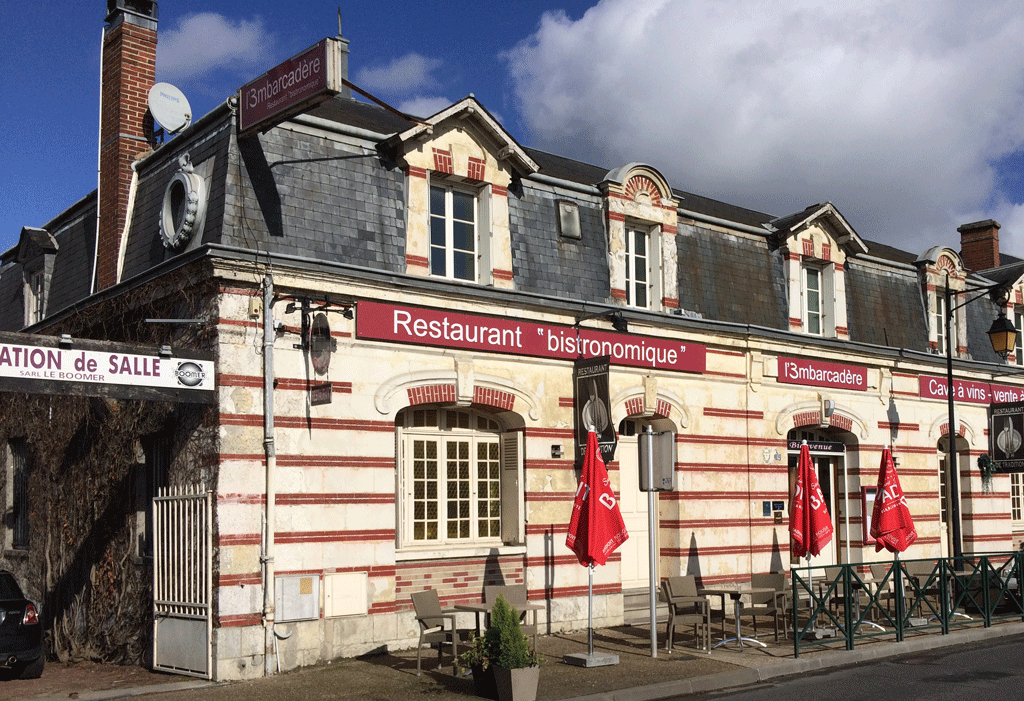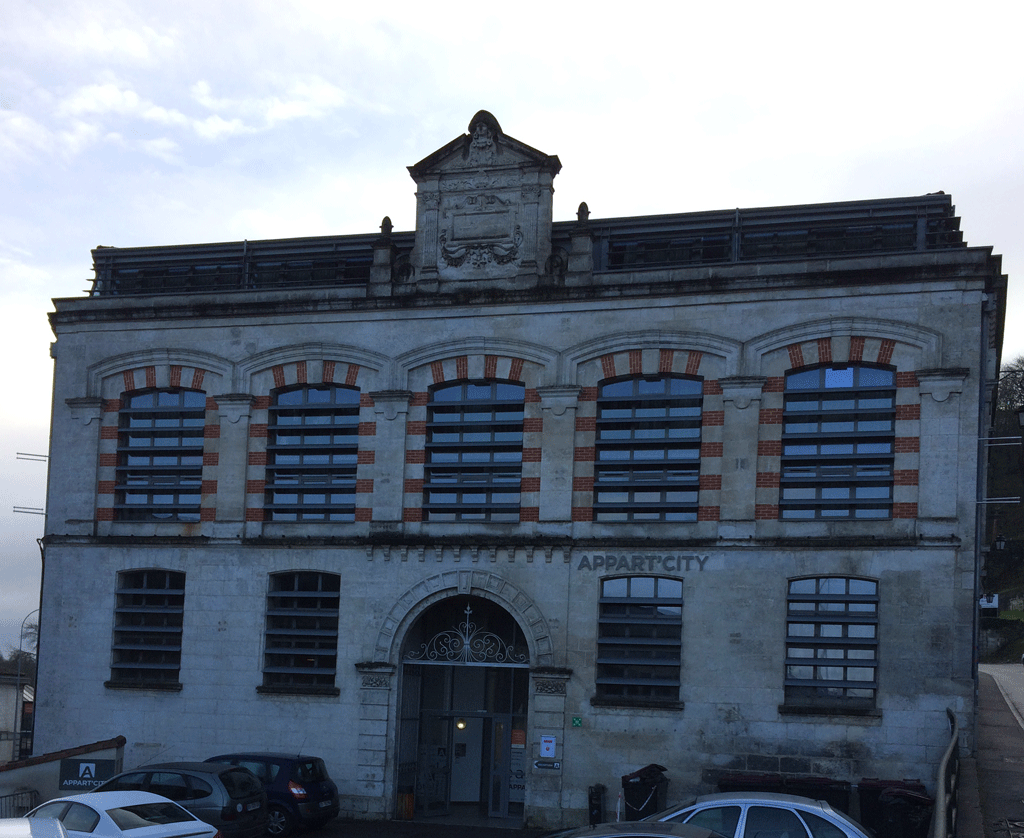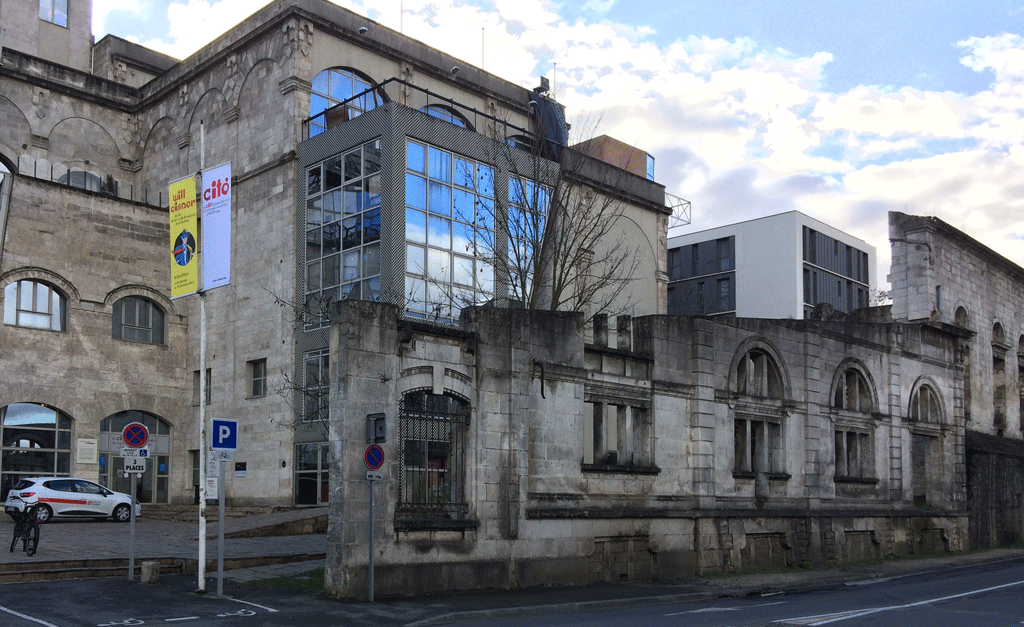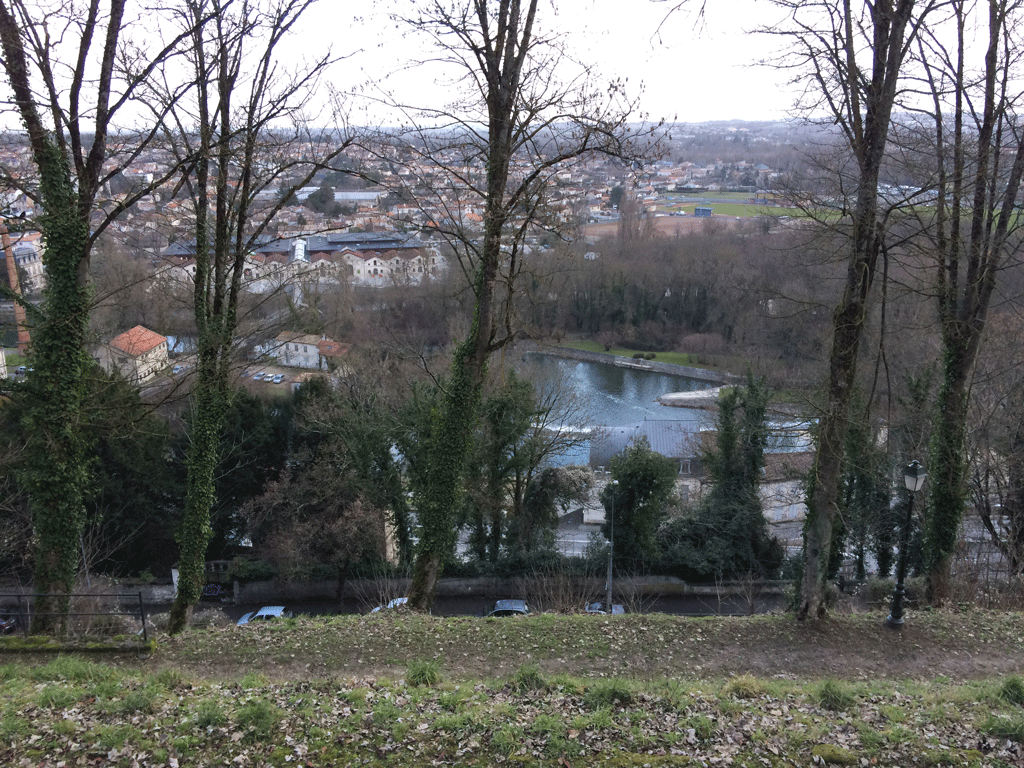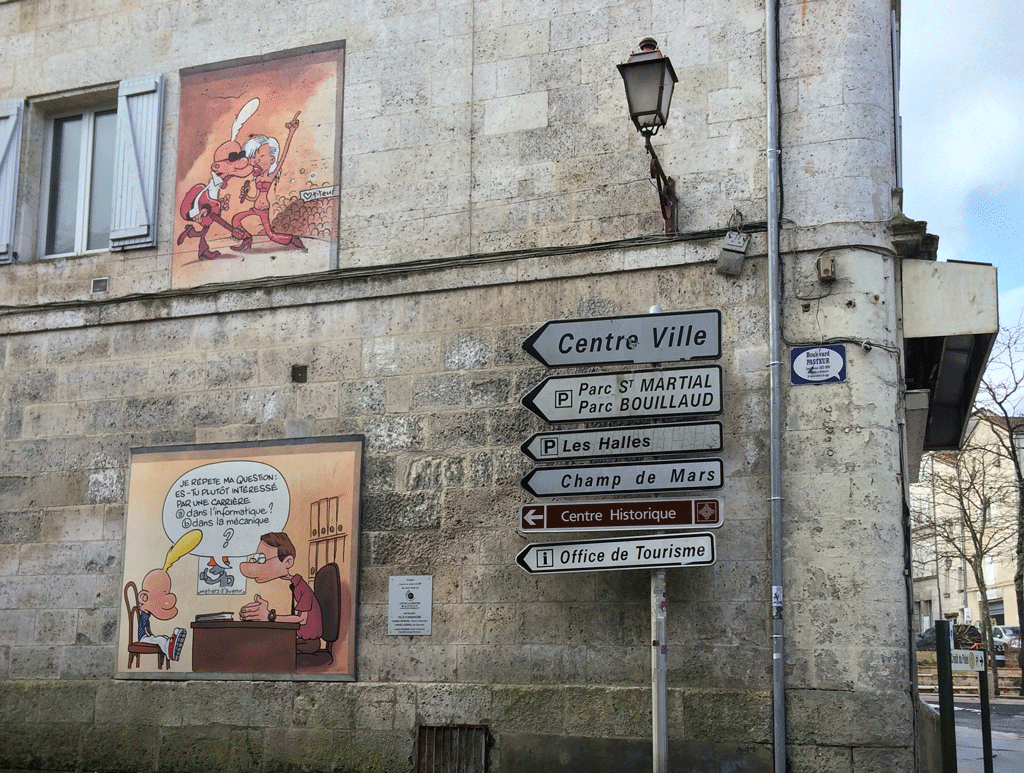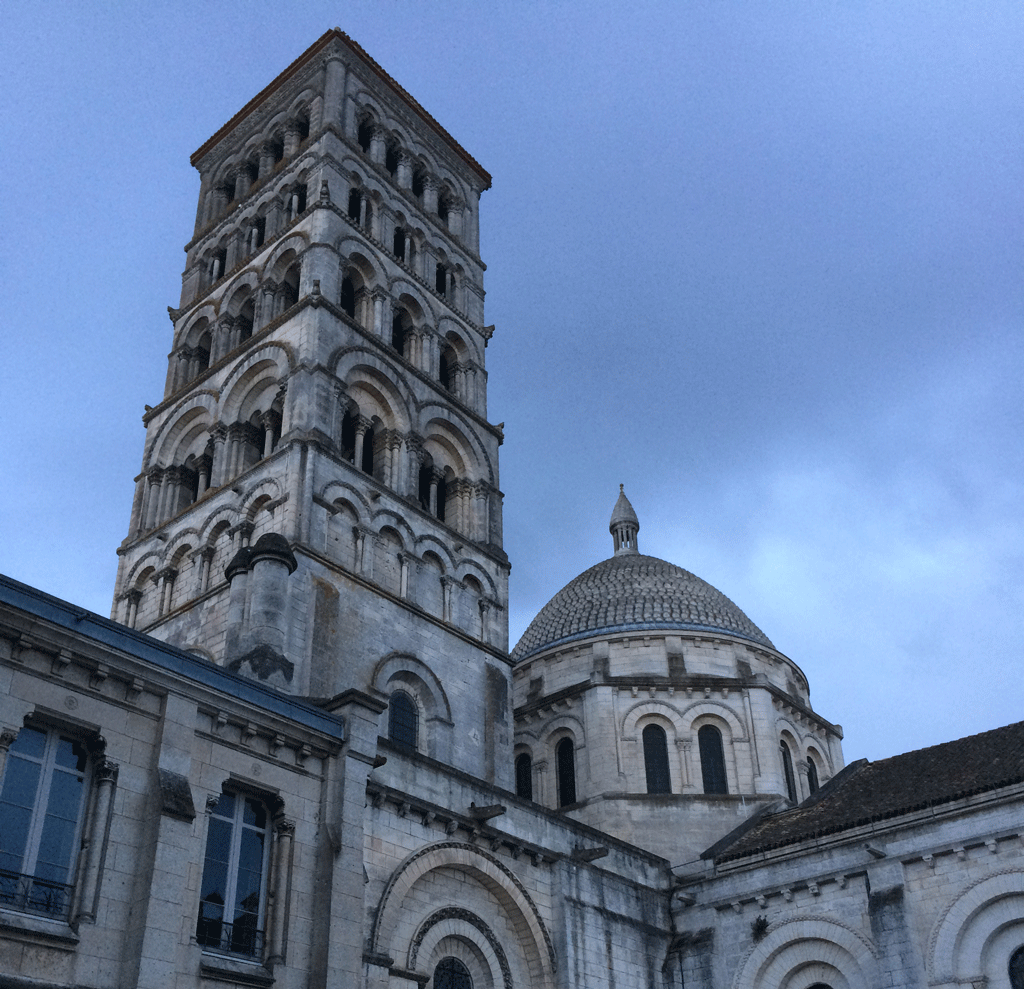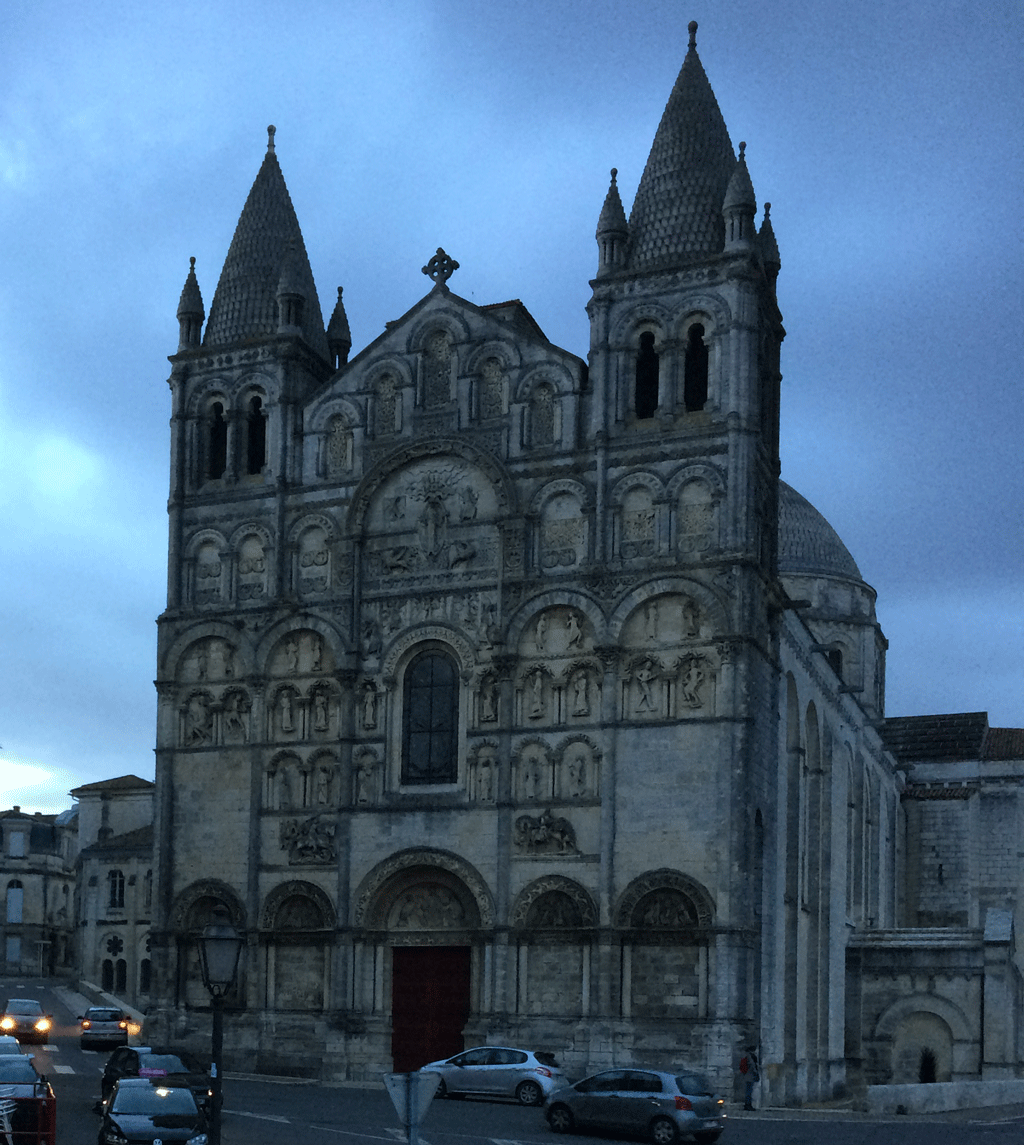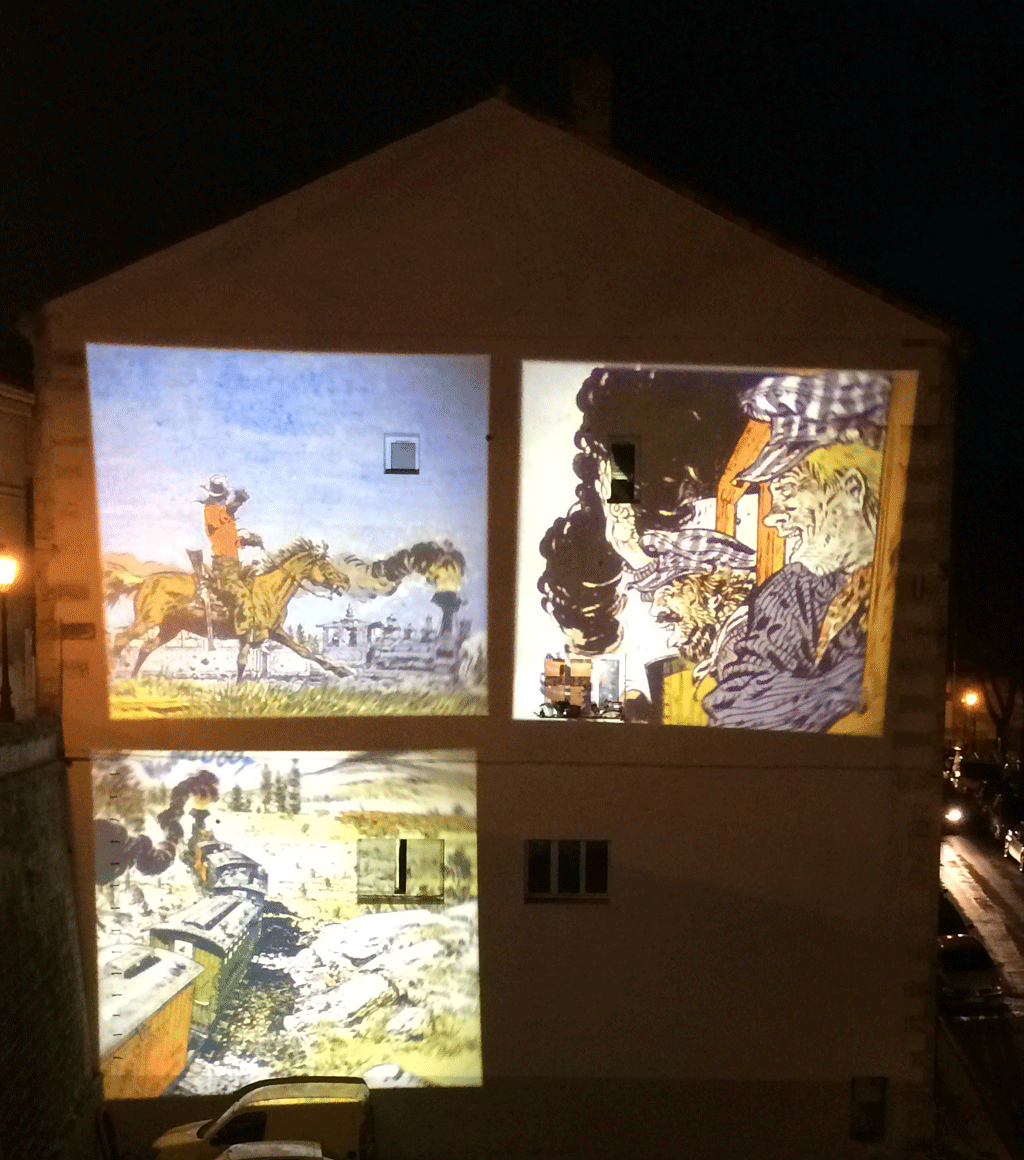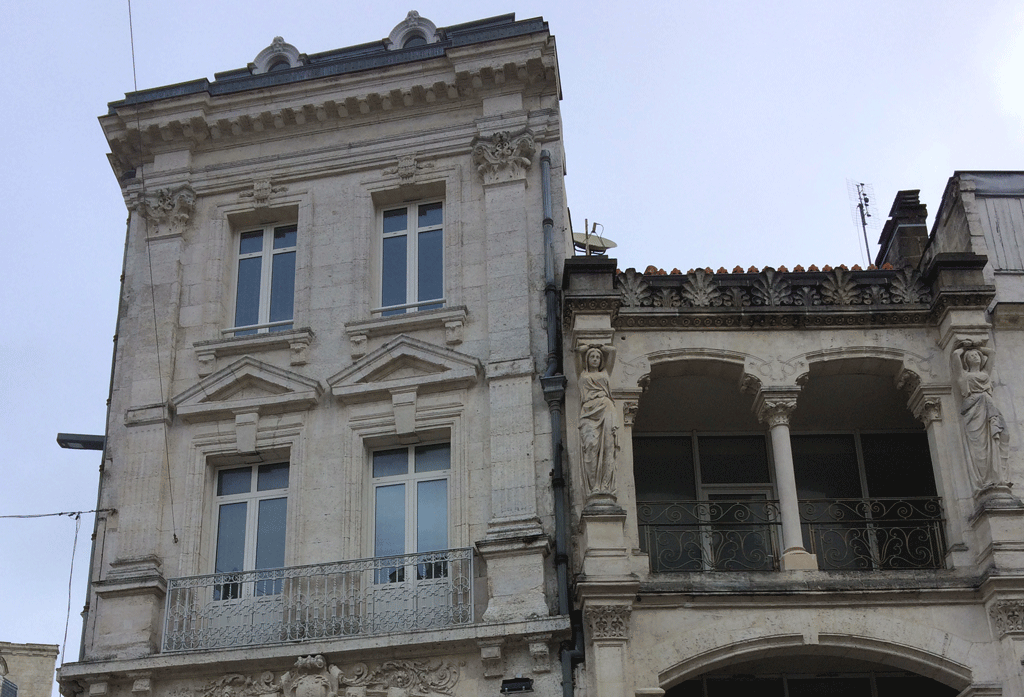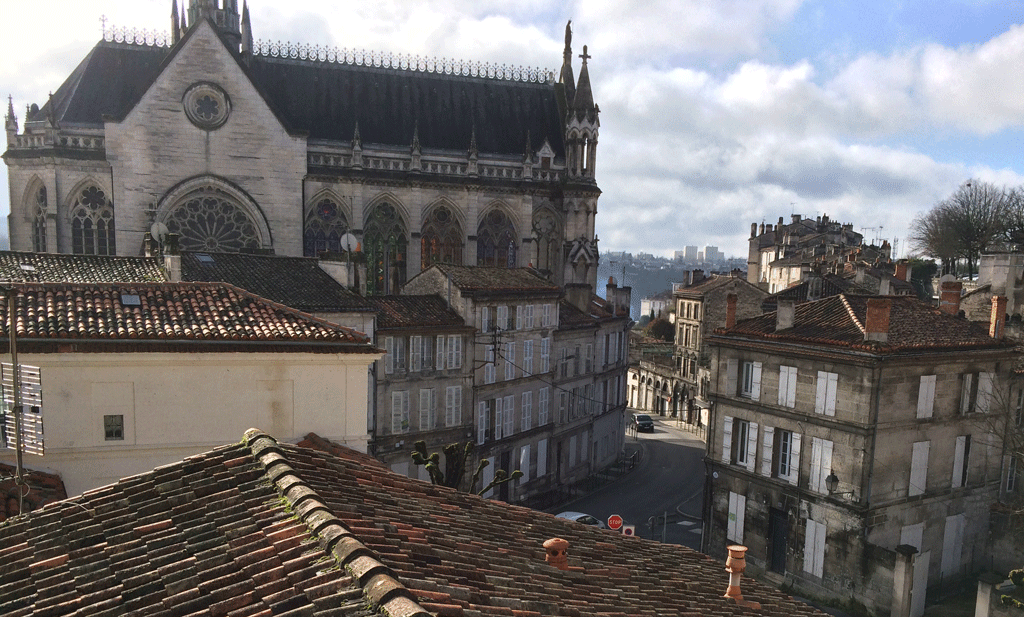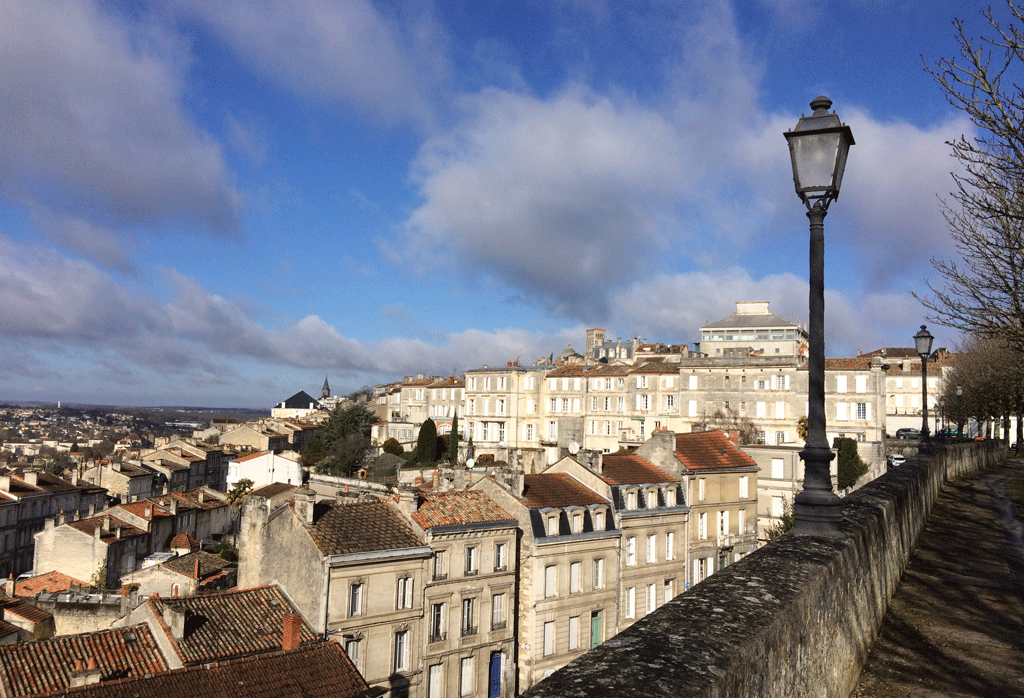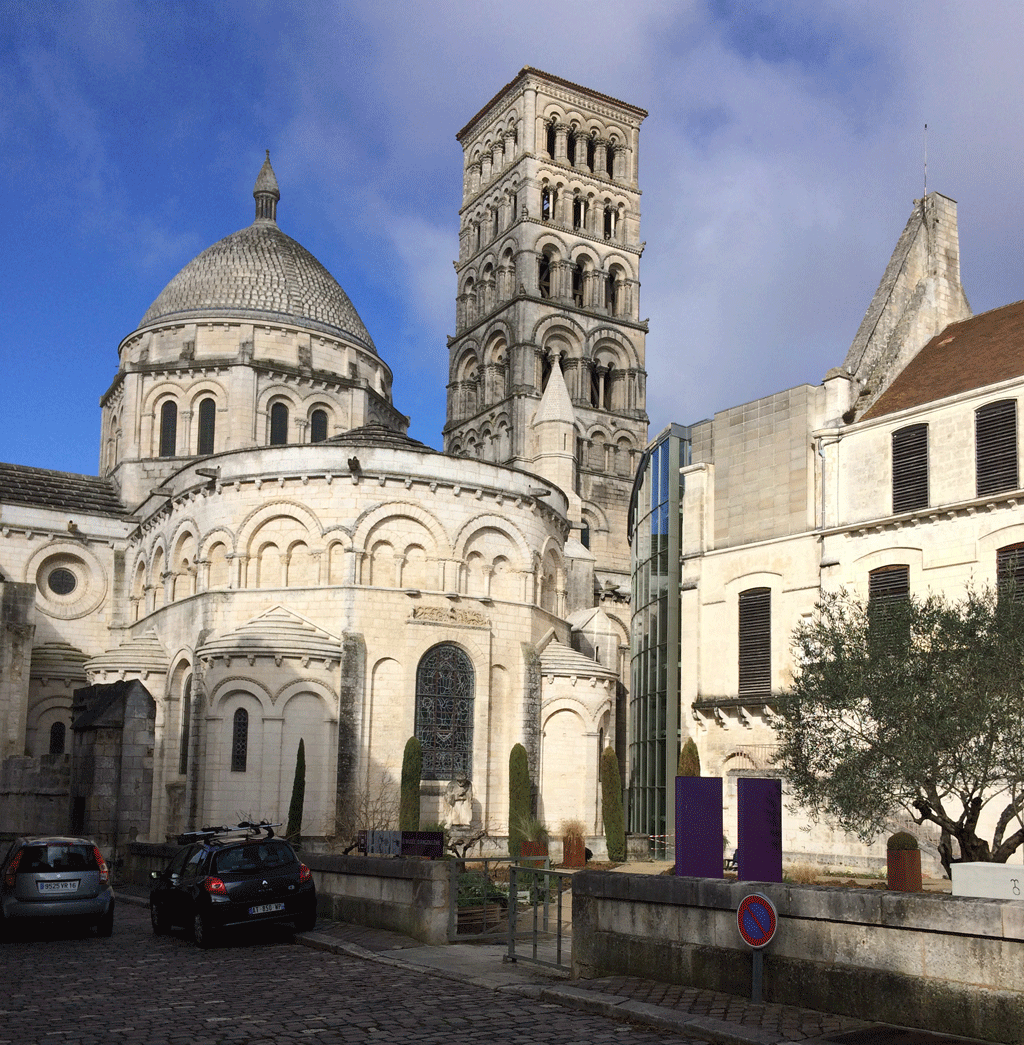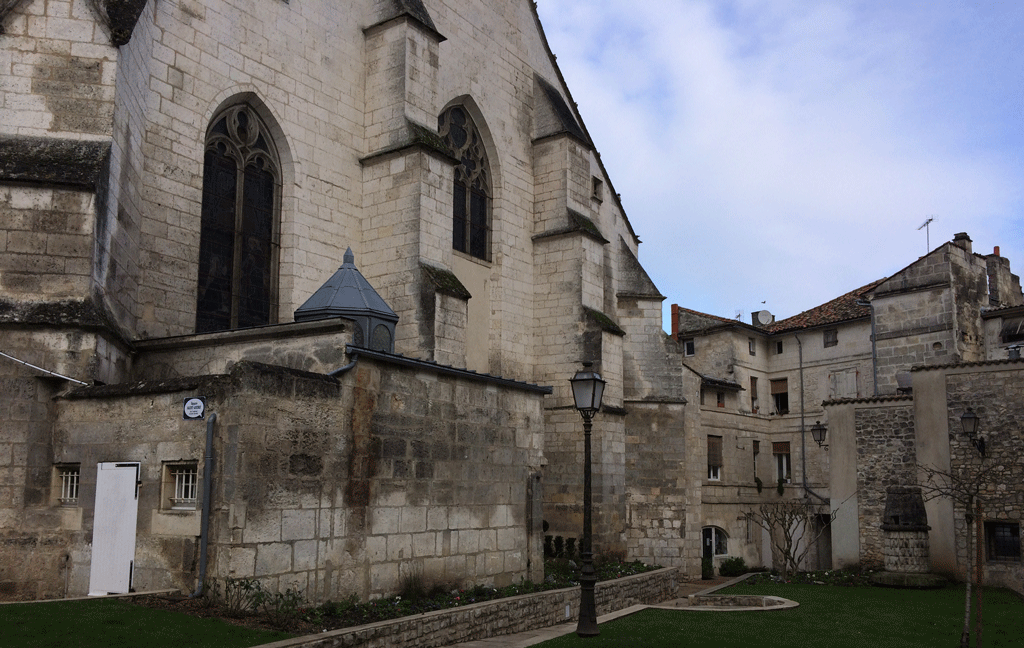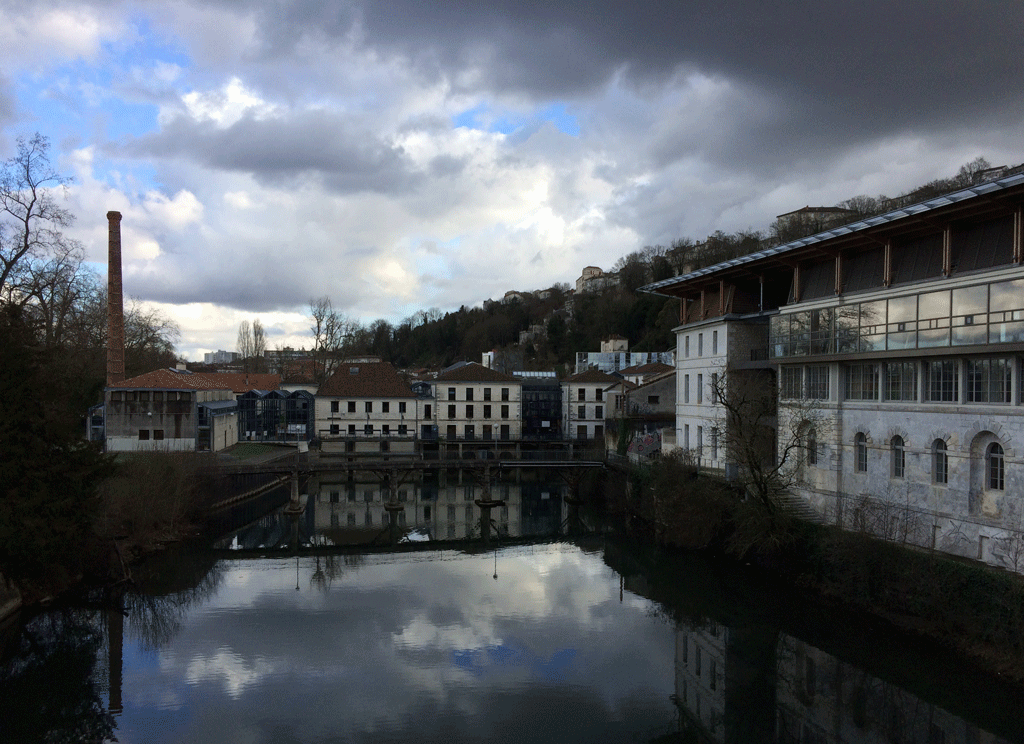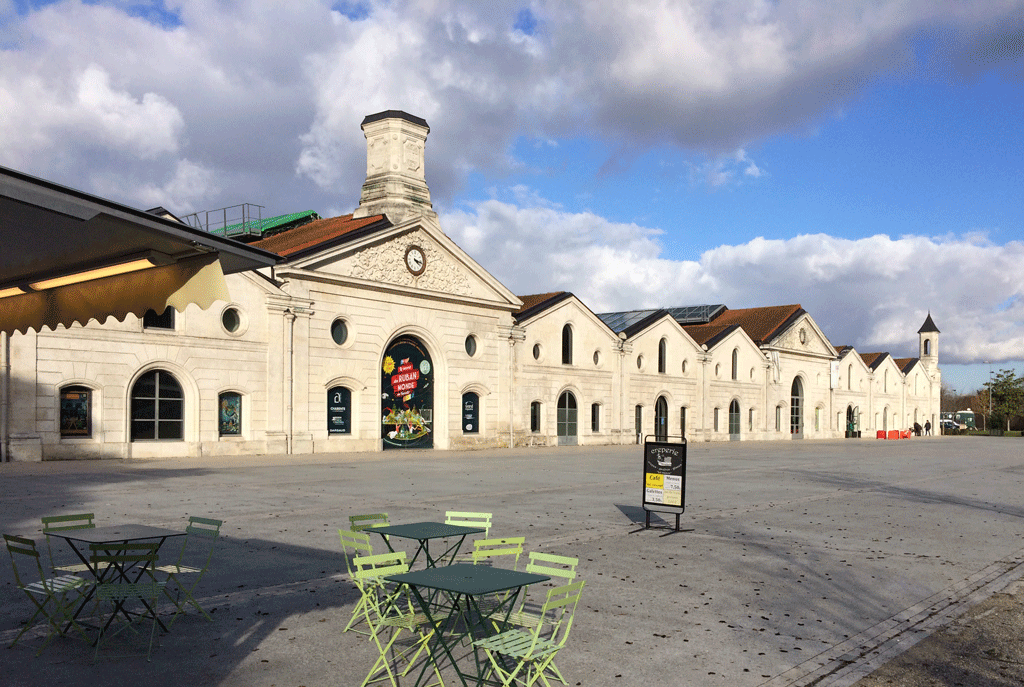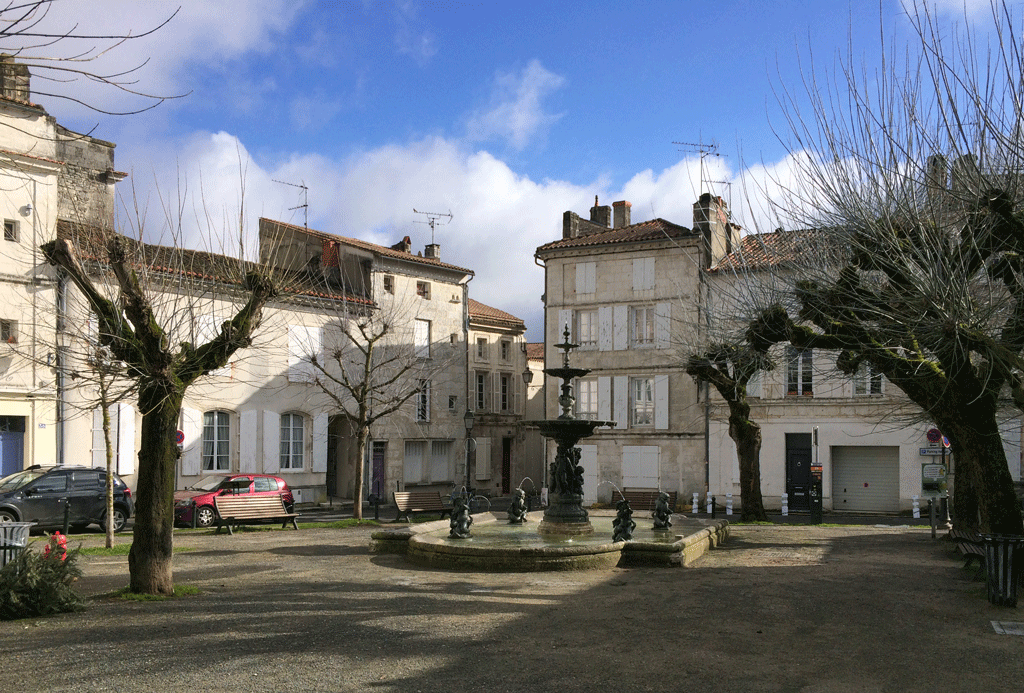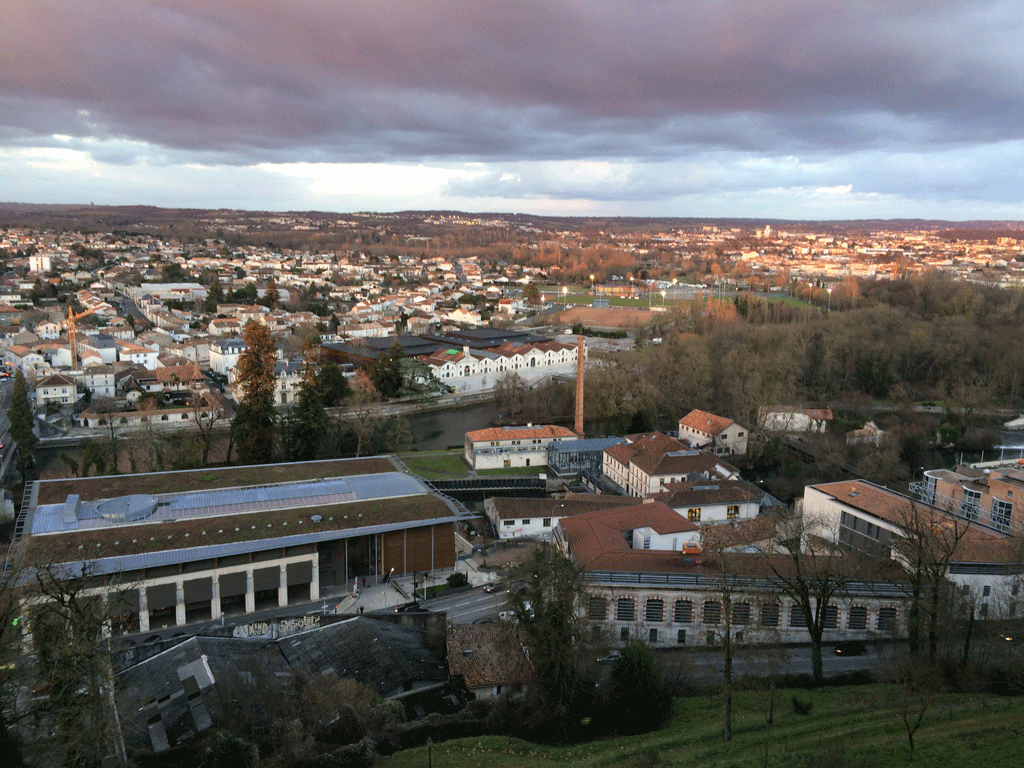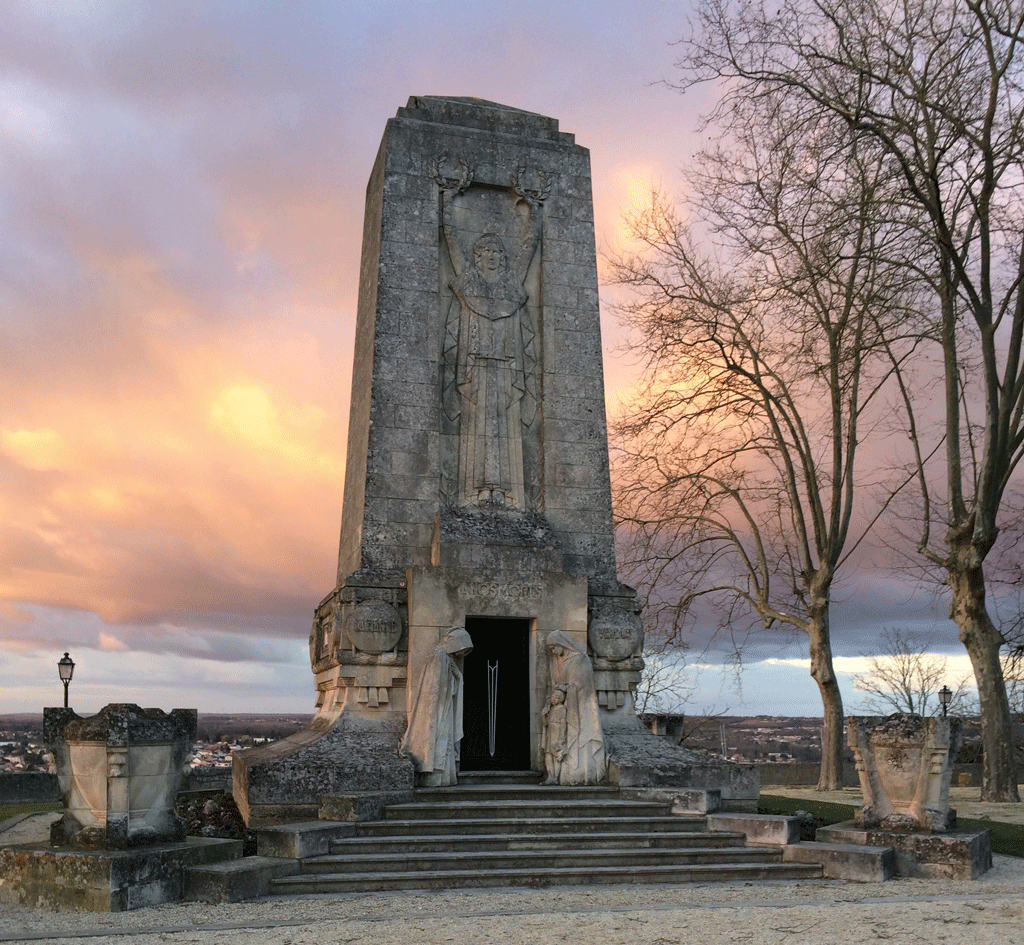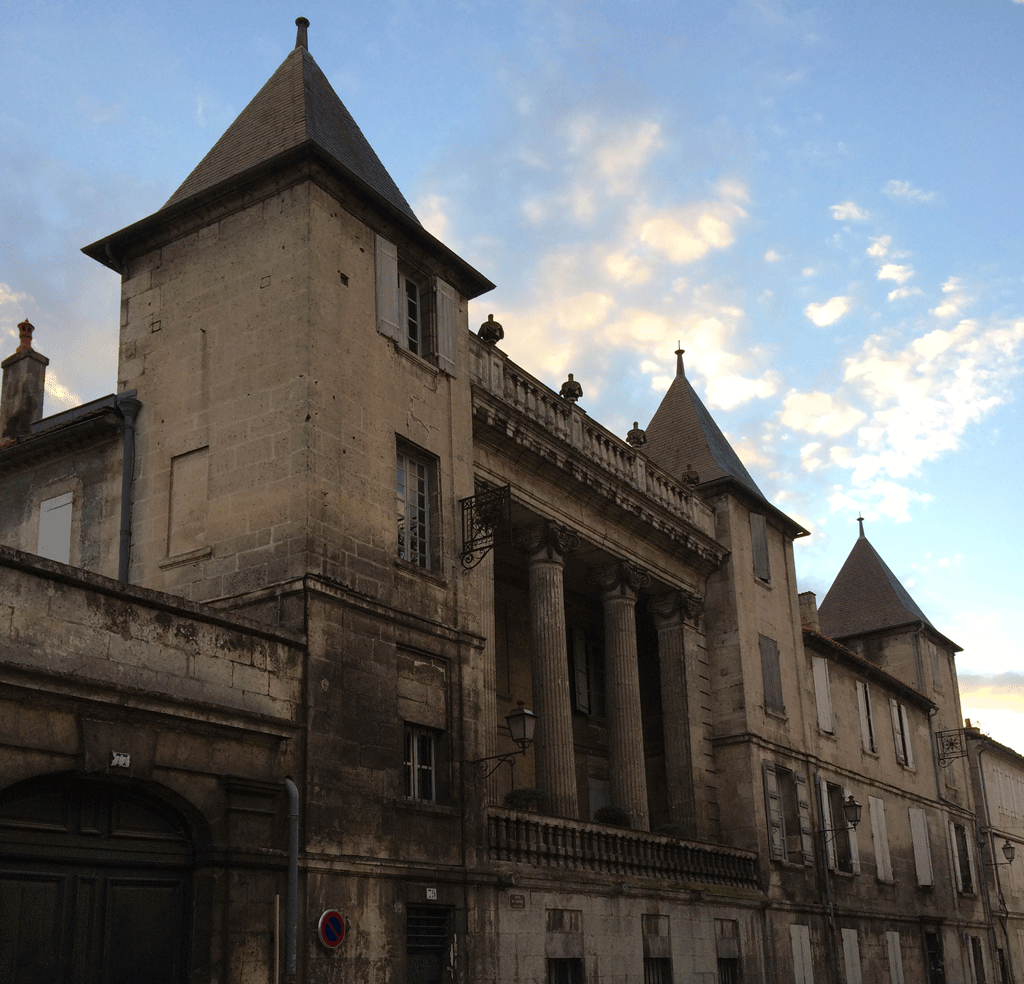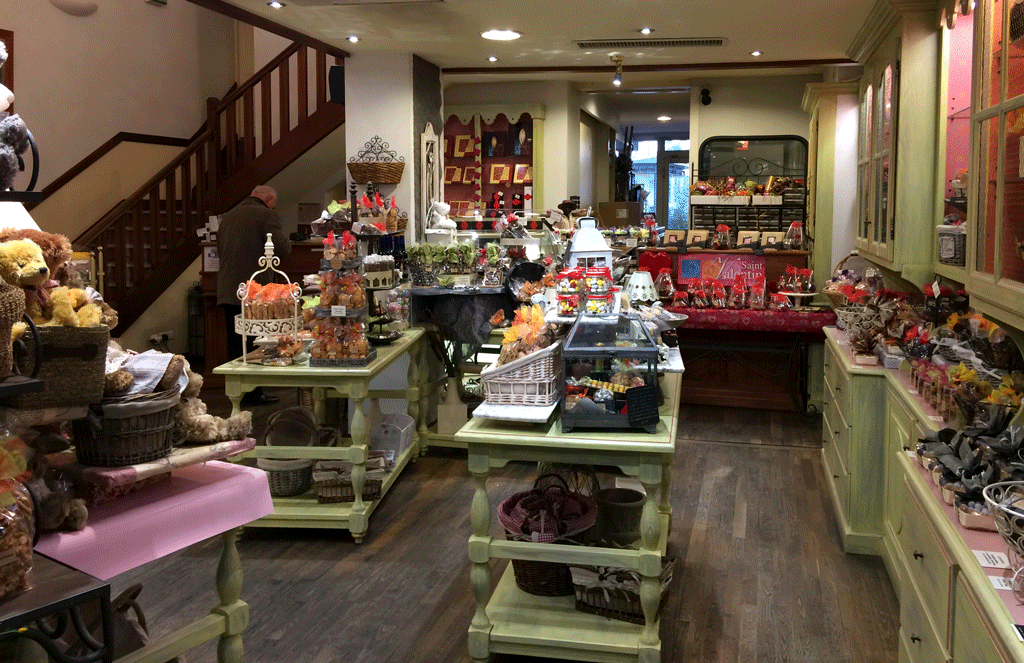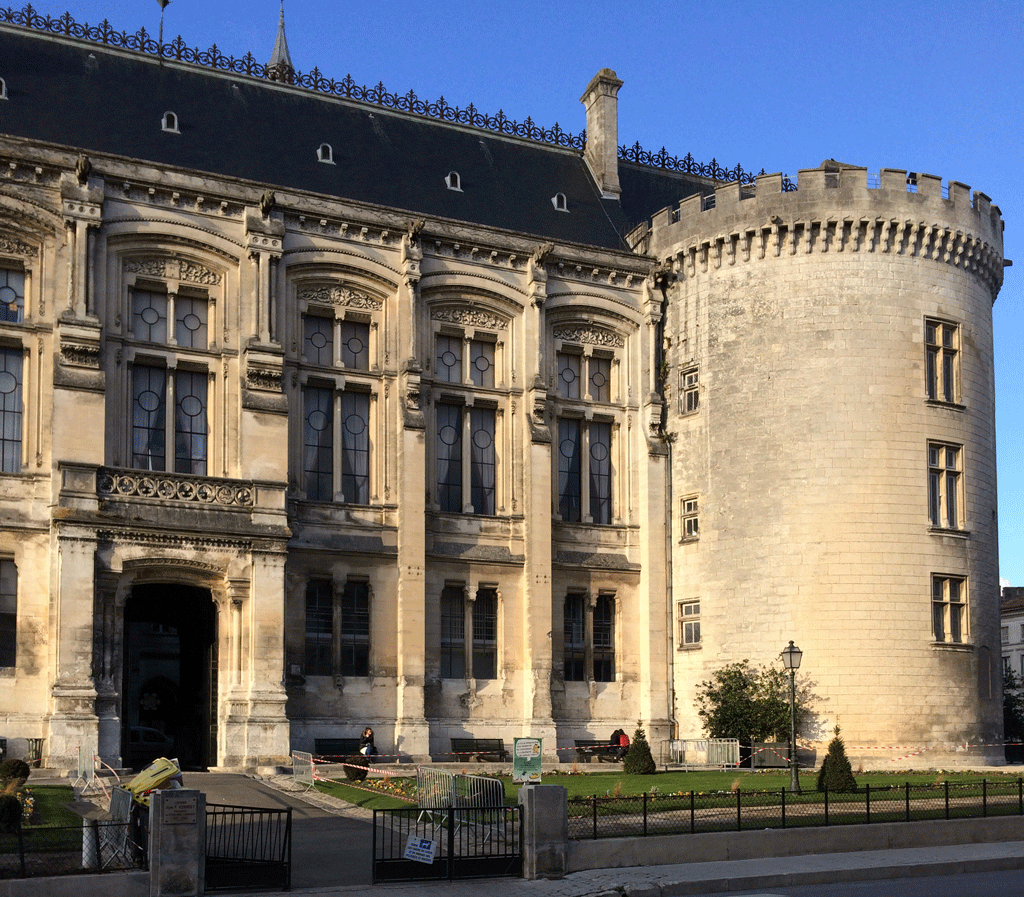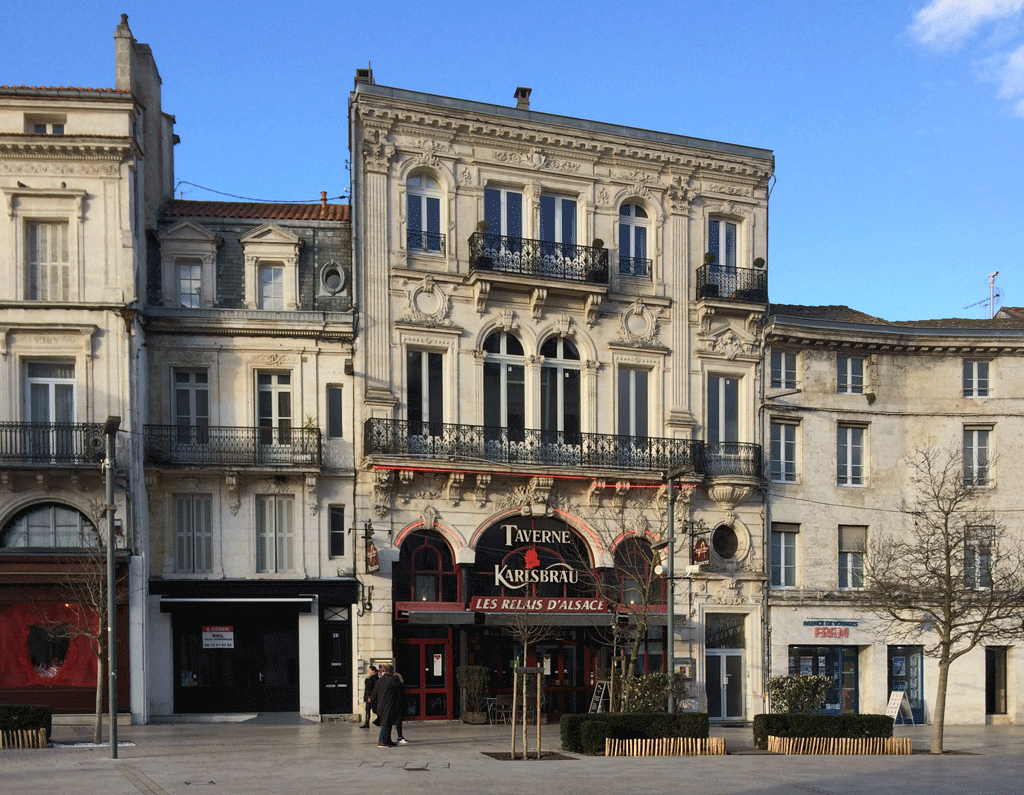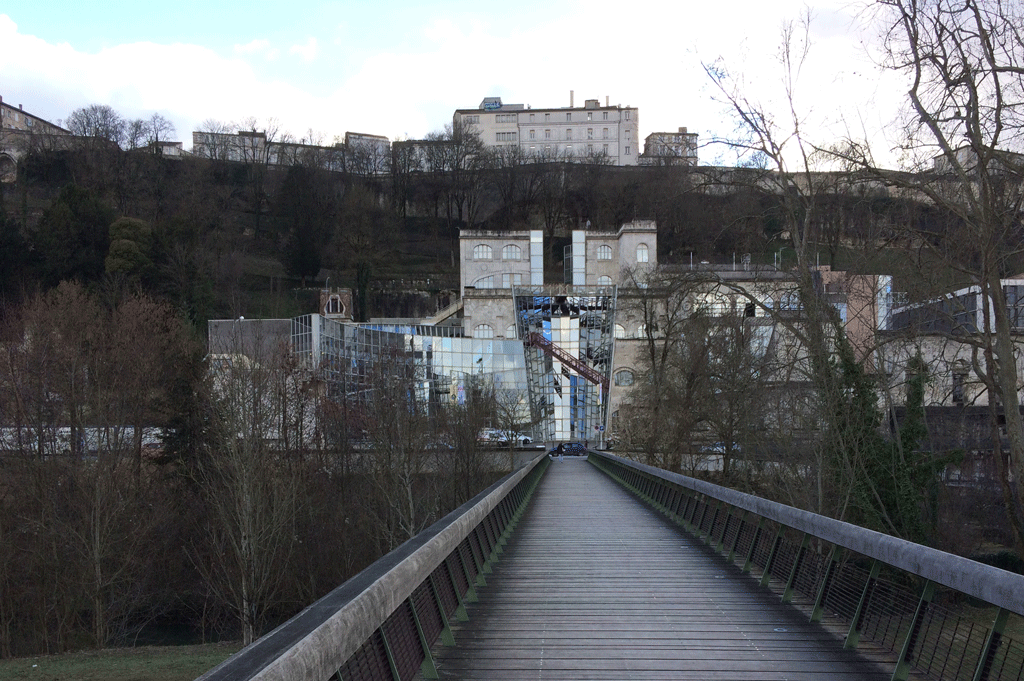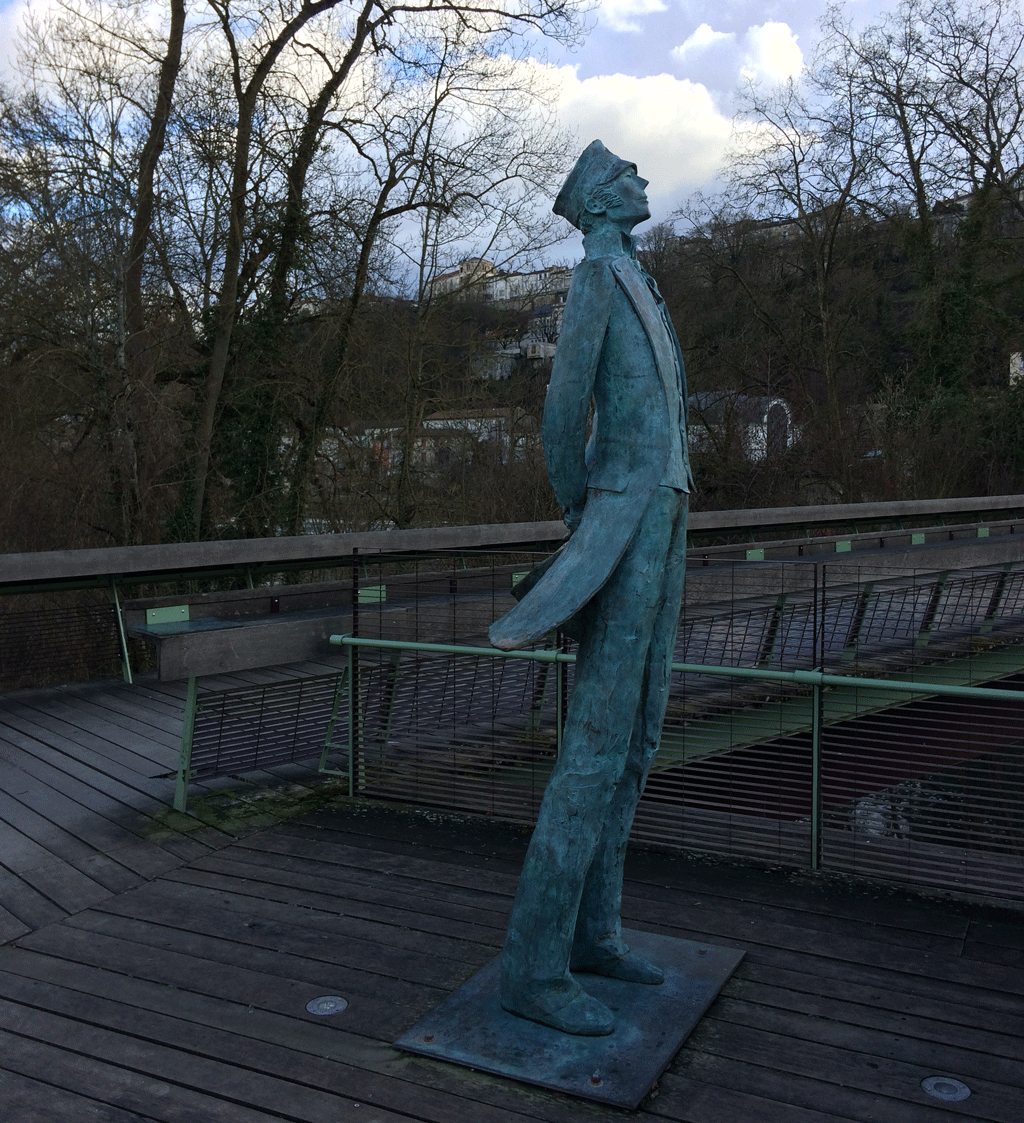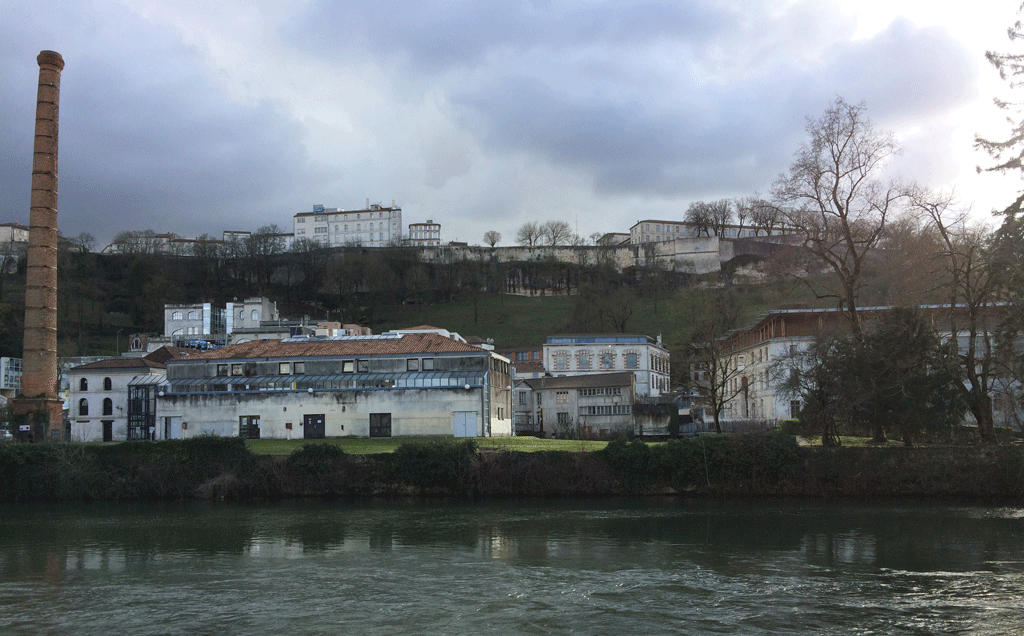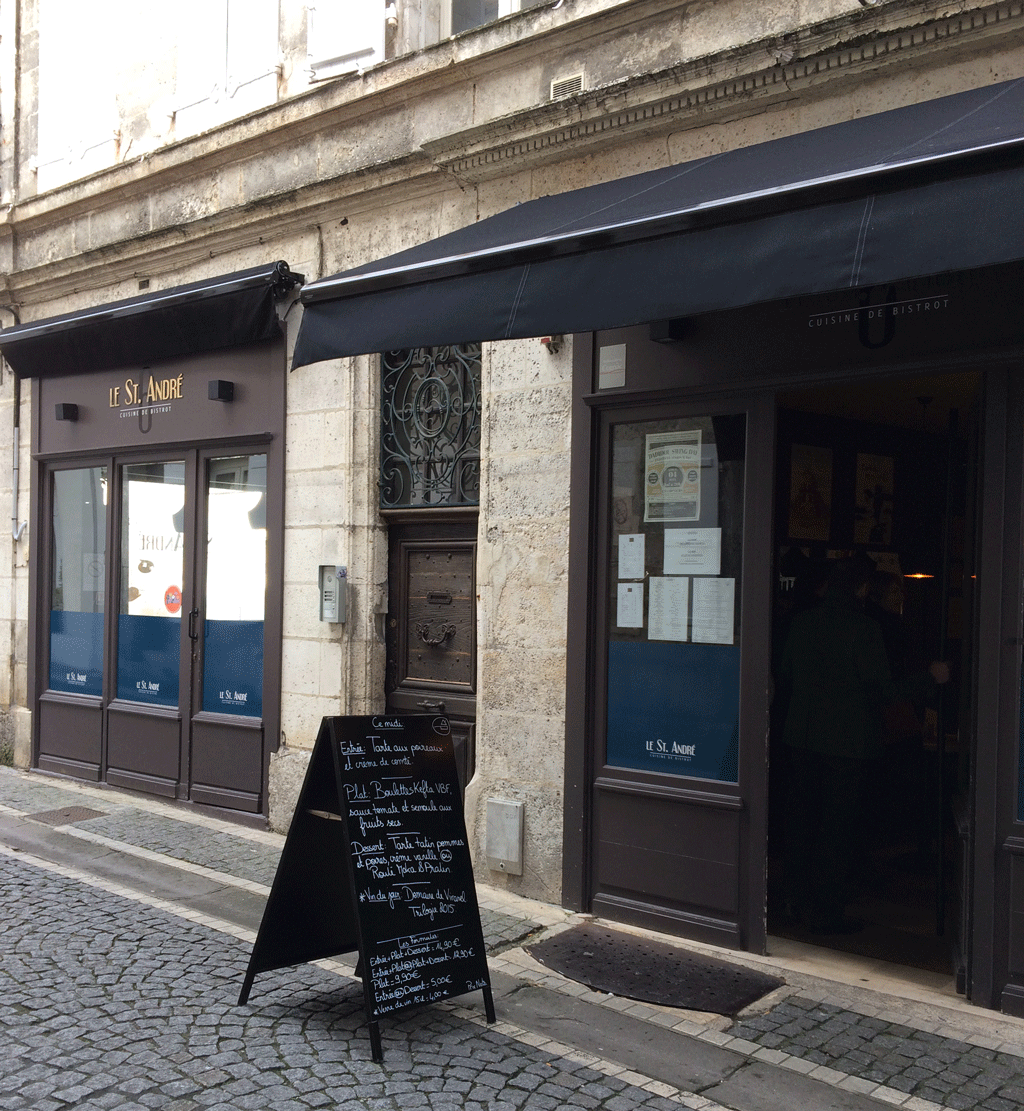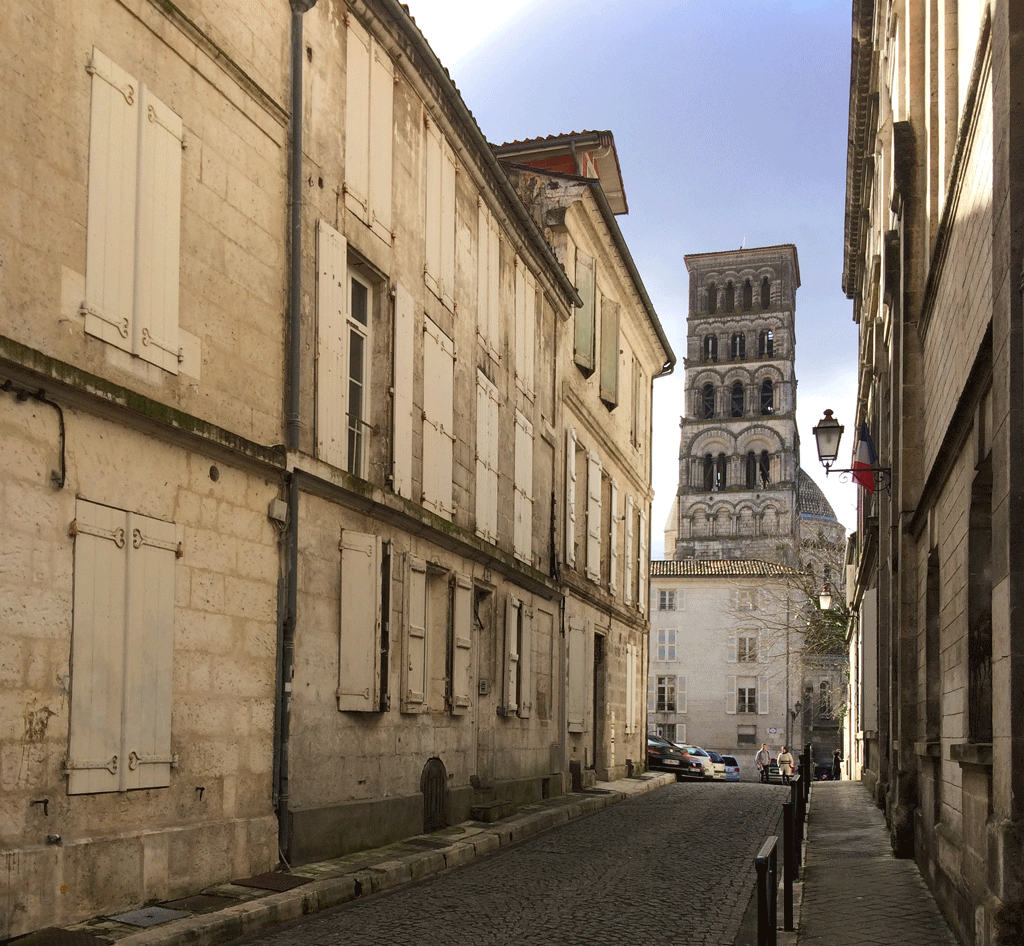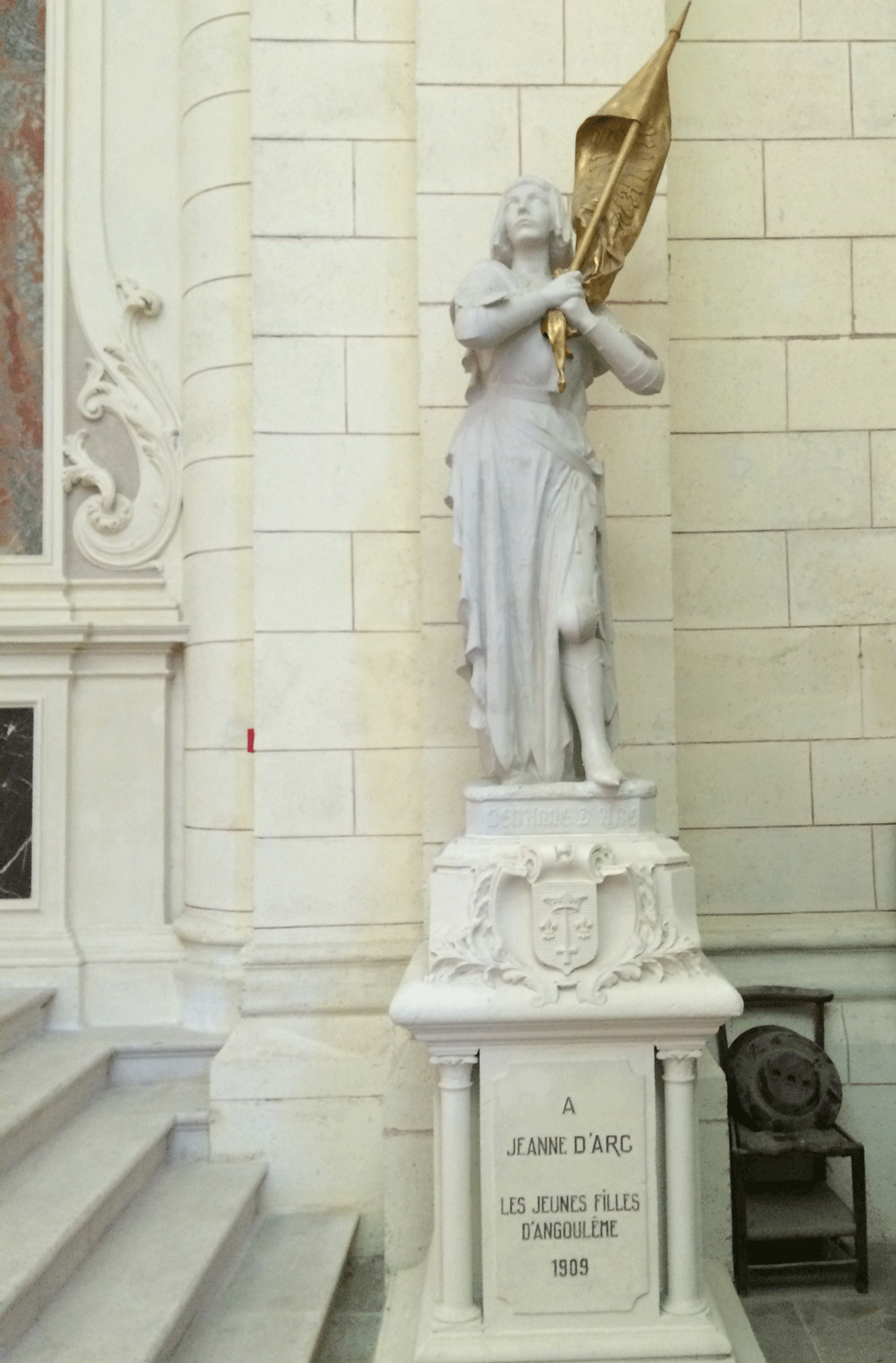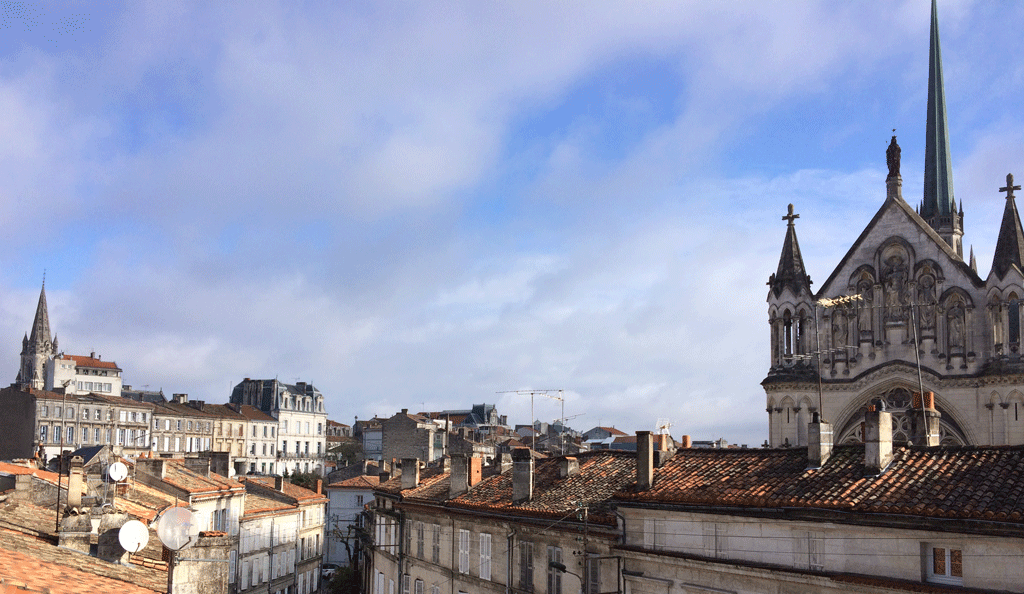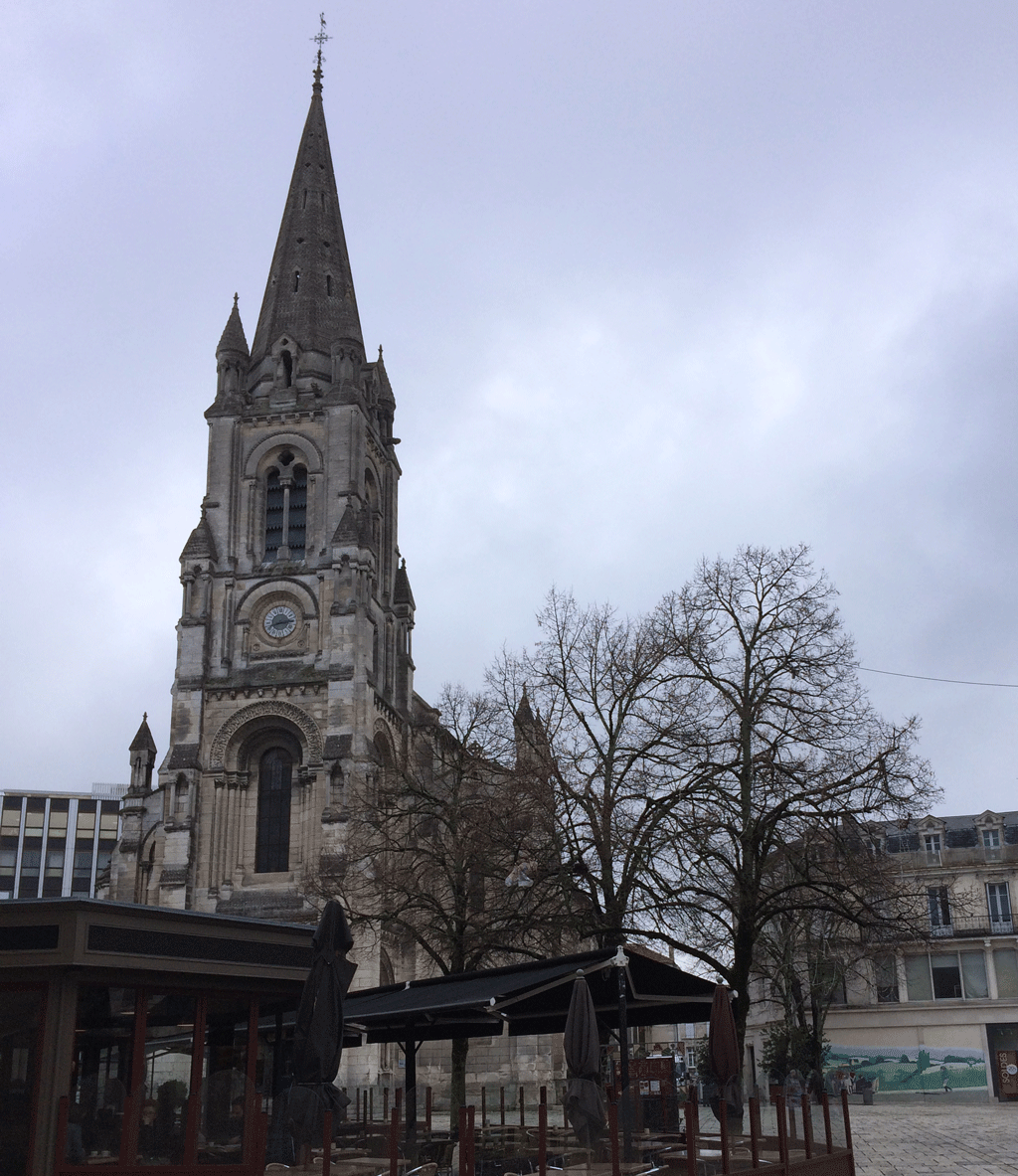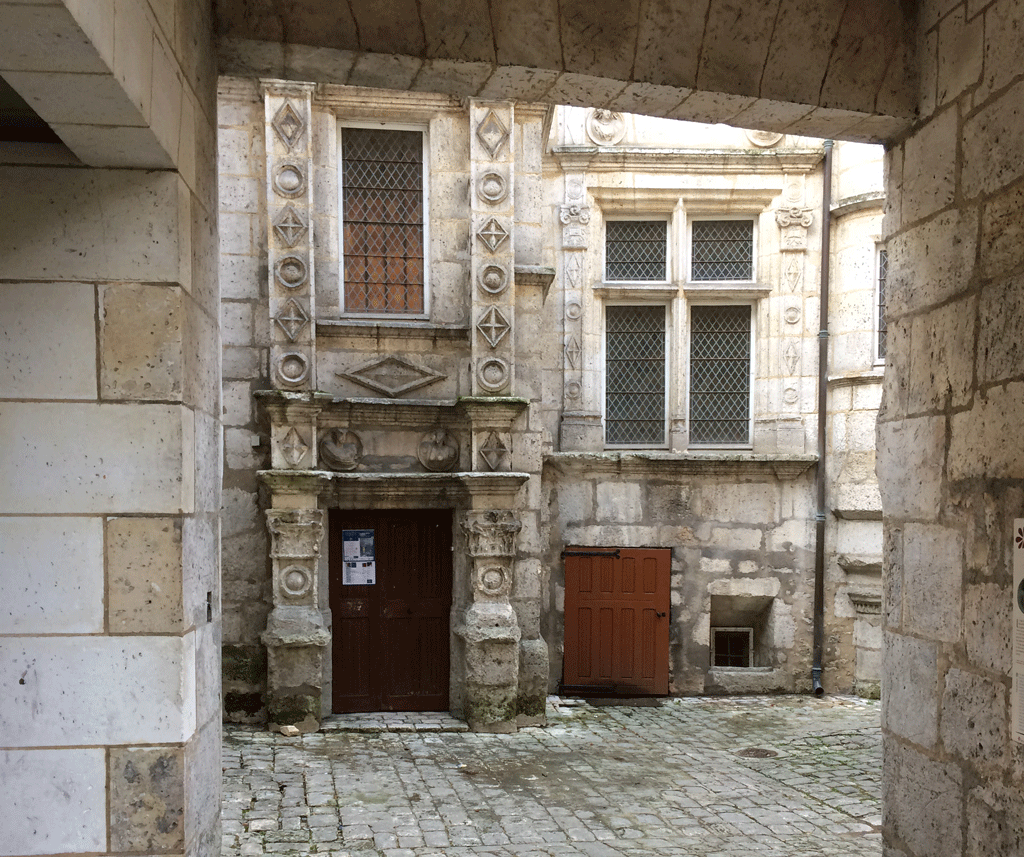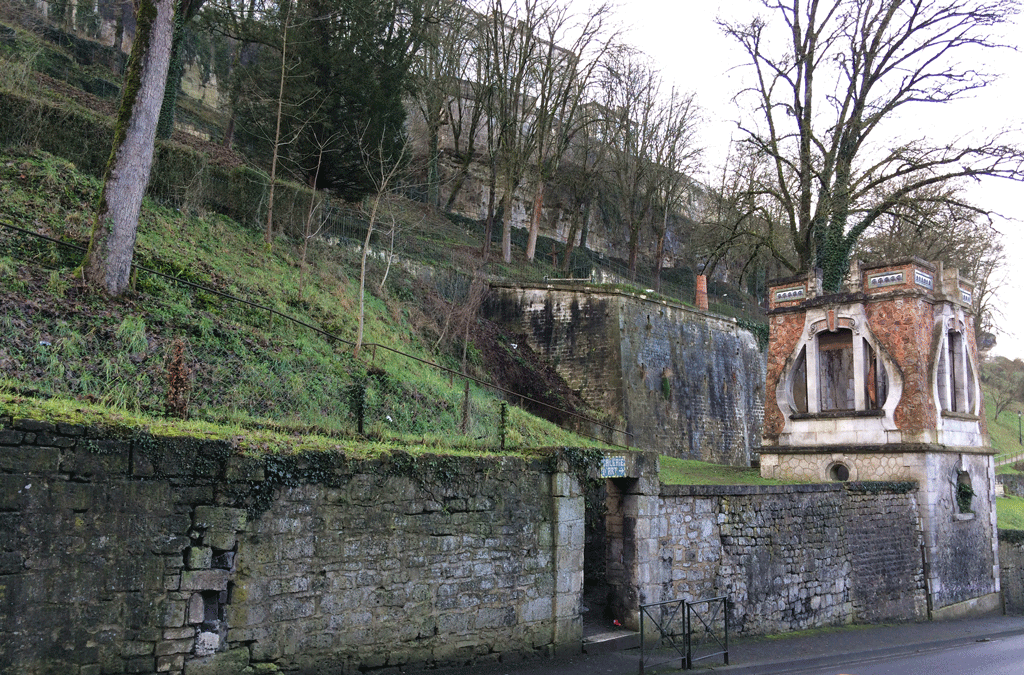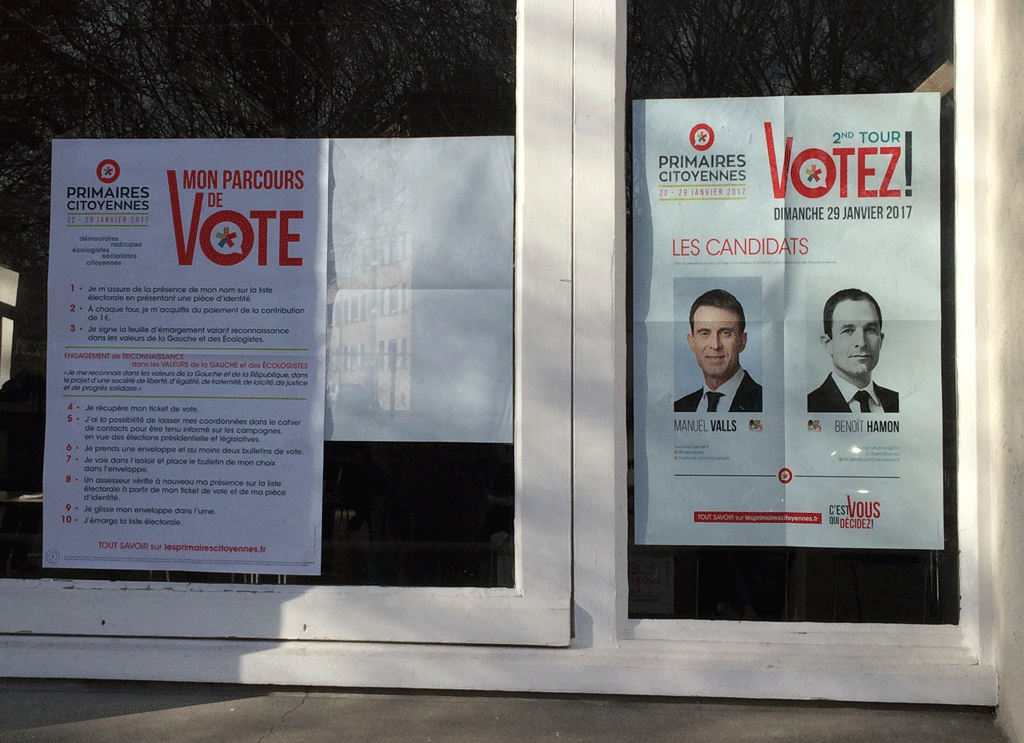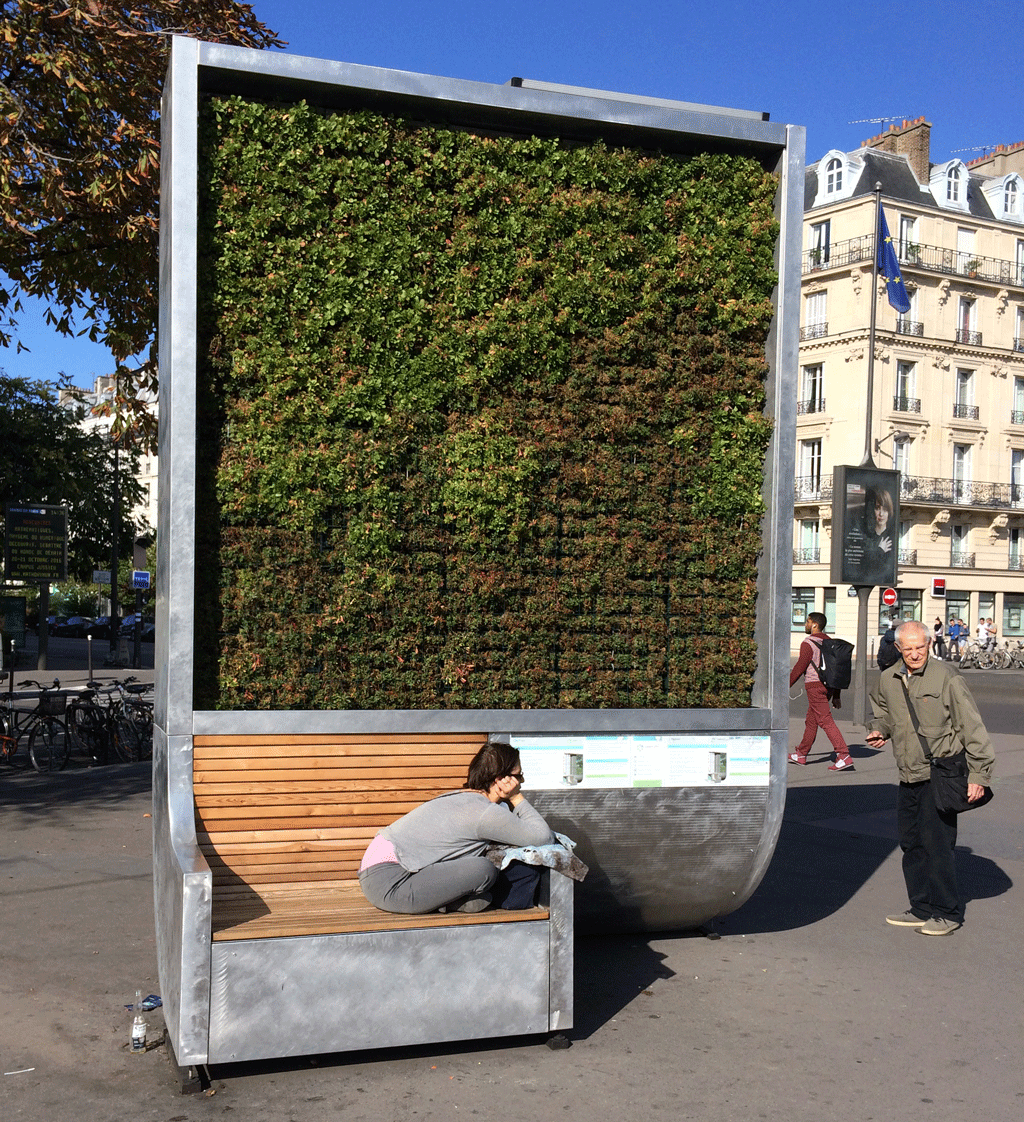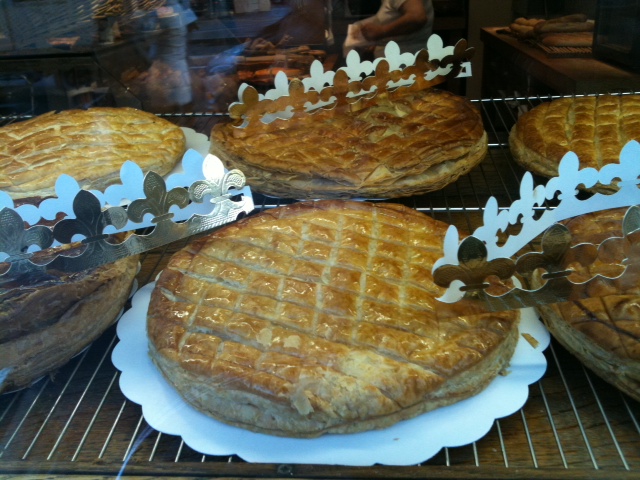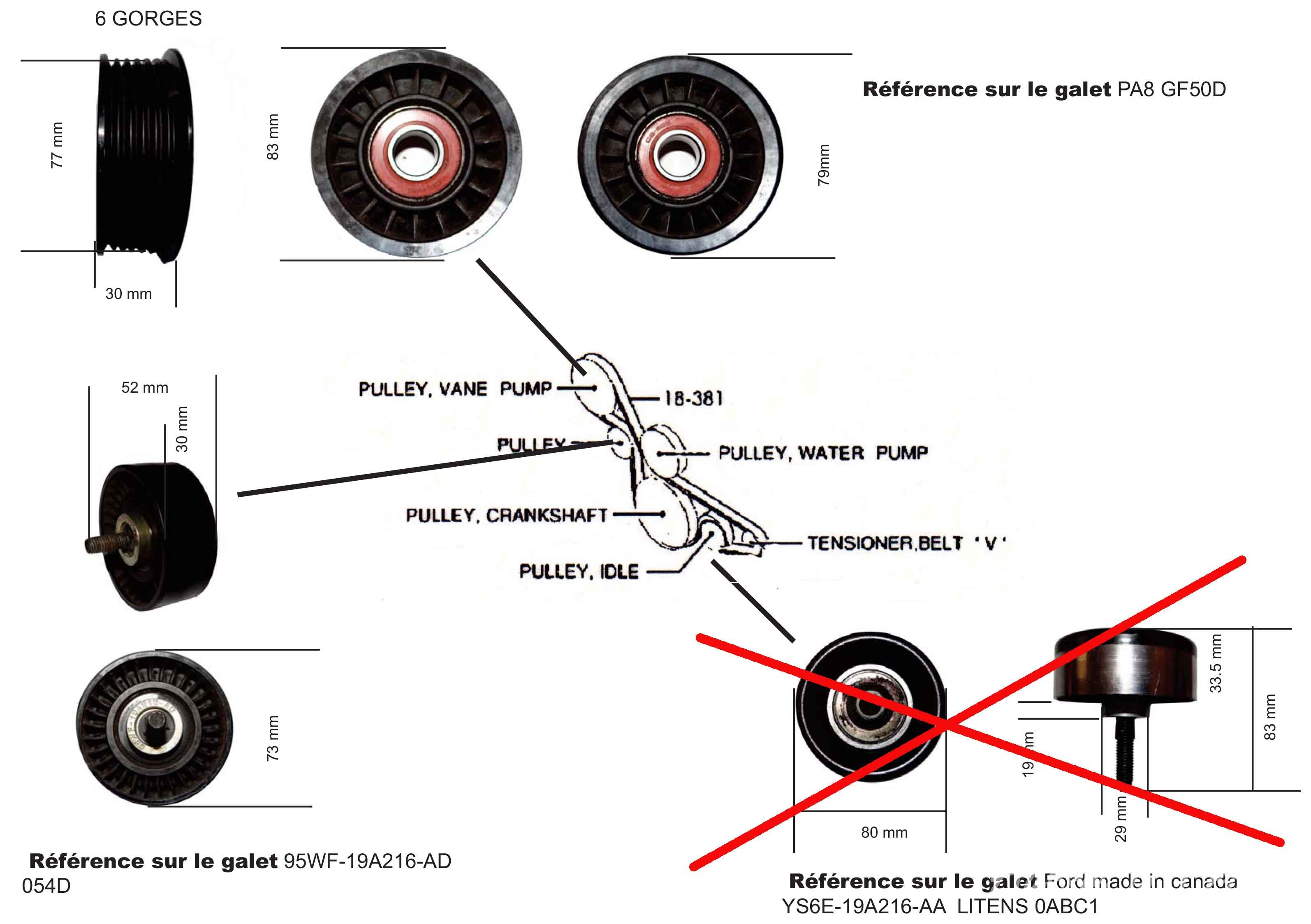We’re in Malibor in the north of Slovenia, a country known for its hills. We ask for a bike map from the tourist office and study it. In Malibor, there are cycle paths everywhere so we assume that outside the town, the bike circuits will be well indicated. We choose n°3 north of the city, which goes through vineyards and forests and is 31 k with a total gradient of 390 m.
We get as far as Kanmica without any problem but there, the bike paths disappear. Next to the church, we find a board with a bike map but our circuit is not on it. Oh well, we’ll just head for Saint Urban, the first stop. We start on a busy road but soon take a left turn up a quite a steep road. So far, so good. Our new electrically-assisted bikes* are doing well.
However the road keeps going up. Surely this can’t be the circuit indicated? You would have to be a really experienced and extremely fit cyclist to get up here! We’re a bit puffed and our leg muscles a little strained when we reach a bench off to the left of the road. We drink a half a litre of water each, take photos and study google maps on my iPhone to check we’re on the right route. However, there doesn’t seem to be any other road. As we leave, we look over to the right and see our church in the distanace, still much higher up.
Eventually, just before we mount the last steep hill to the church, we see a sign indicating circuits 1 and 3. This must be the right route after all. The last stretch is extremely steep, probably about 40%. Jean Michel makes it up, but I have to get off halfway because I haven’t change into lowest gear (I’m still in 3 out of 9), even though I am in power mode. I use the “assisted walking” feature to push the bike up the rest of the way as it is pretty heavy.
The view from the top is absolutely stunning. Jean Michel is jubilant that our bikes have got us up such a steep slope (well, his anyway). I eventually get my breath back and drink another ½ litre of water. I take a photo from the window frame especially provided for visitors!
As we go back down the slope, I have my heart in my mouth, it’s so steep. I’ve never done this before. However, when we turn off to the left towards our next destination, Gaj Nad Mariborom, the slope is less frightening. We coast down for a while through forestland then up another hill, that is not nearly as bad, to the church in Gaj Nad Mariborom.
From then until we are back in Kanmica, it’s plain sailing, all downhill. Our bikes have excellent disc brakes so we don’t have to worry about overheating. I have also learnt very recently, to my great embarrassment, particularly considering how many years we have been cycling, that I don’t have to press both brakes on the handlebars at once. Just pressing the right brake (back wheel) makes turning and going down hills much easier. My only excuse is that the only bike I rode as a teenager had back-pedal brakes and when I first rode a bike with handlebar brakes, no one thought to explain about the two different brakes.
After Kanmica, we cycle for a couple of kilometers on the bike path along the main road and then join the bike path along the Drava River which we didn’t manage to access yesterday. We go past two timber rafts and learn about the annual timber rafting event in Moribor, one of its most well-known festivals.
We then ride past what is claimed to be the world’s oldest vine, planted 400 years ago.
We end up at the wine bar at the Water Tower, one of the city’s best-known monuments originally called the Gunpower Tower and built in 1555 as part of the city’s fortifications. However, it’s a fast day, so we just have tea as we watch the swans glide down the river.
After crossing the Drava via the footbridge and taking the same photos as the ones on all the tourist brochures, we go up a very steep path to join the roadthat takes us back to our hotel four kilometres away, on the edge of town.
We vote this is one of our best rides ever, along with the S-bend in Austria and other parts of the Danube in Germany. Now we’re ready for the hills of Romania!
*Kalkhof power bikes, with a torque of 70 kN/m. There are 9 gears and 3 settings: “eco”, “sport” and “power”. The battery has an autonomy of 70 to 120 km depending on how often you use the “sport” and “power” settings. The battery is removable and takes about 8 hours to charge when empty. Price: 2500 euro.




